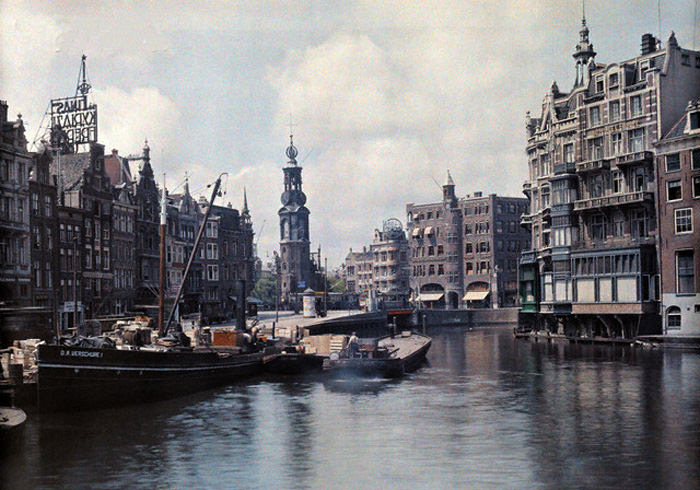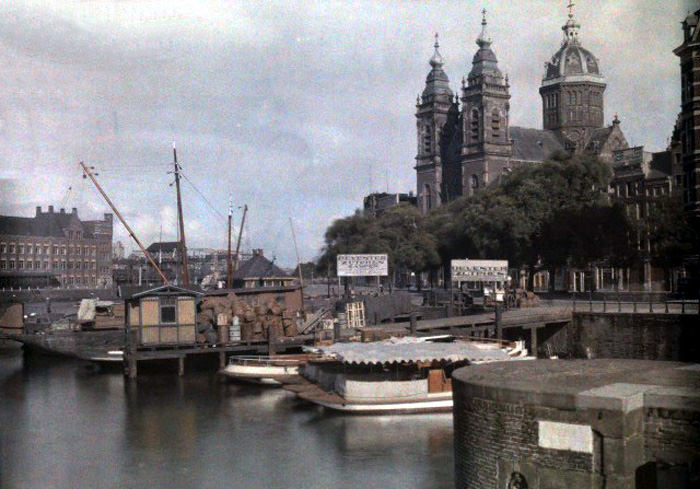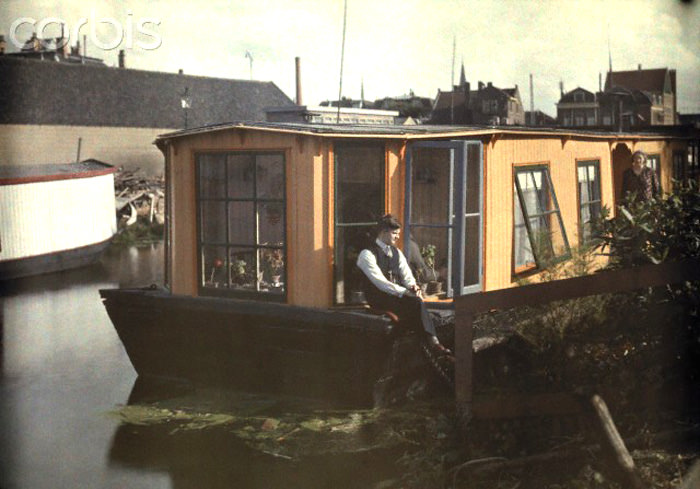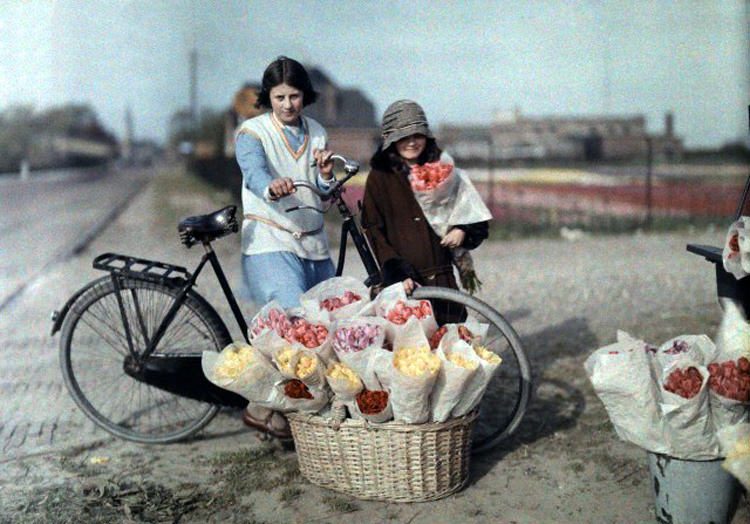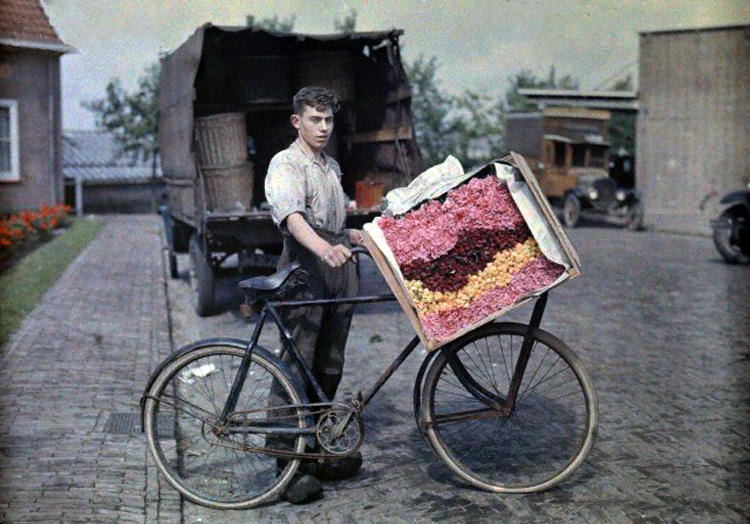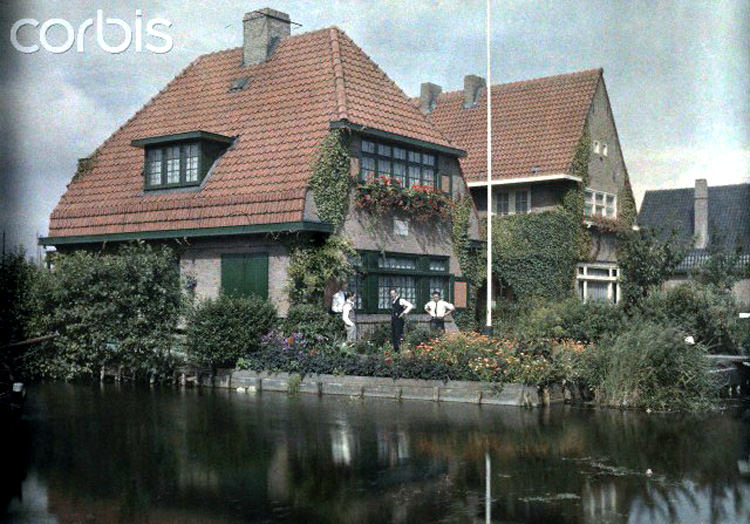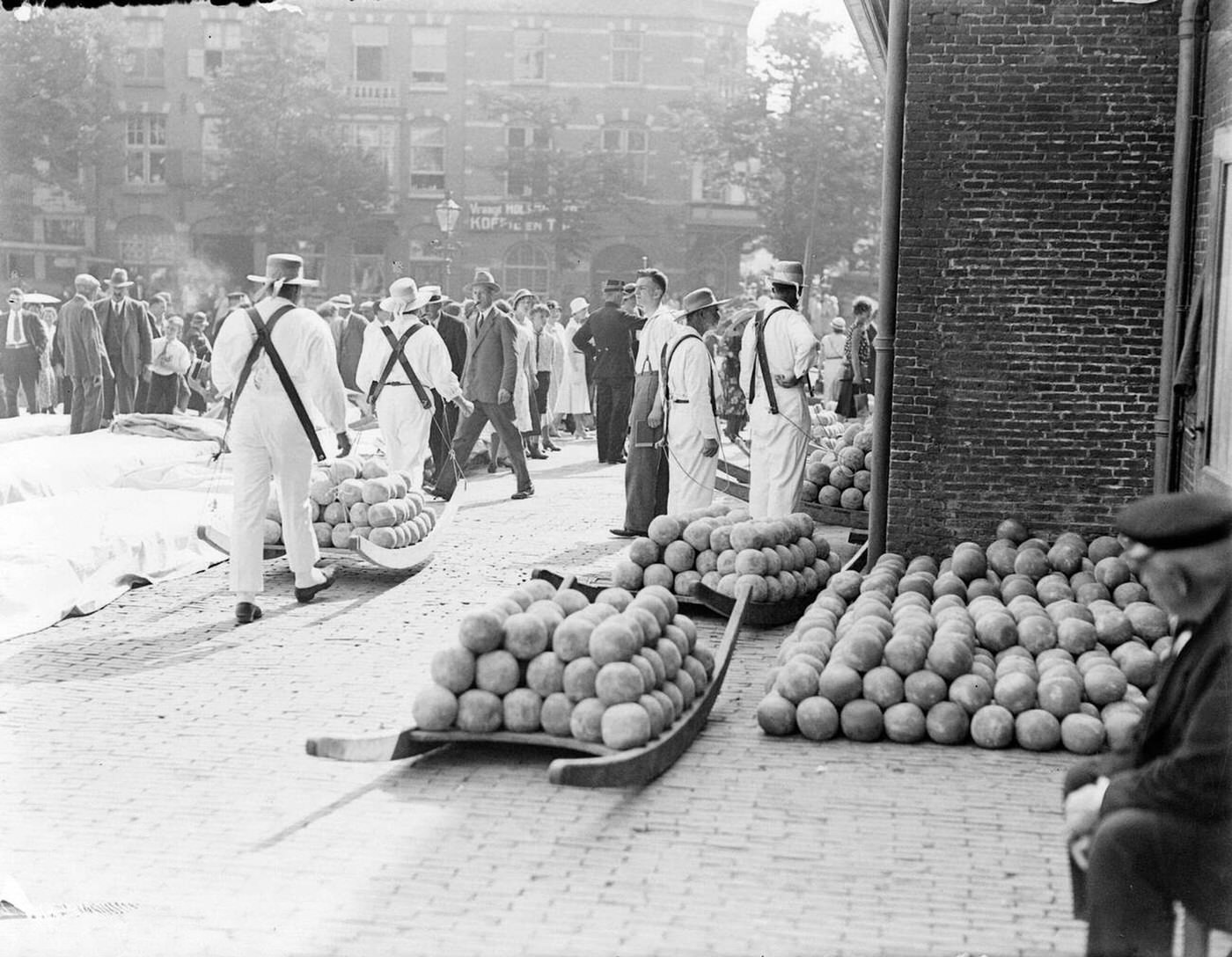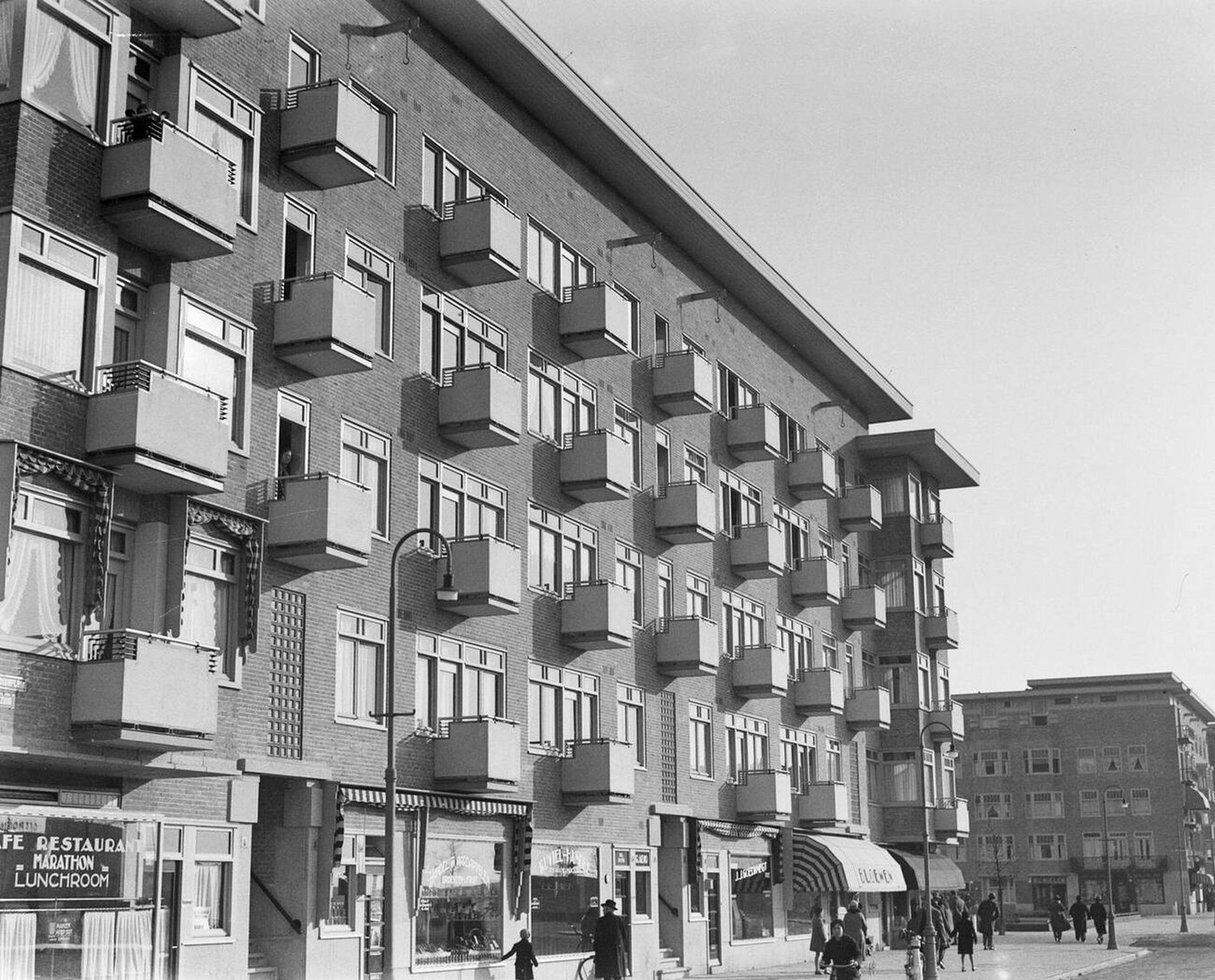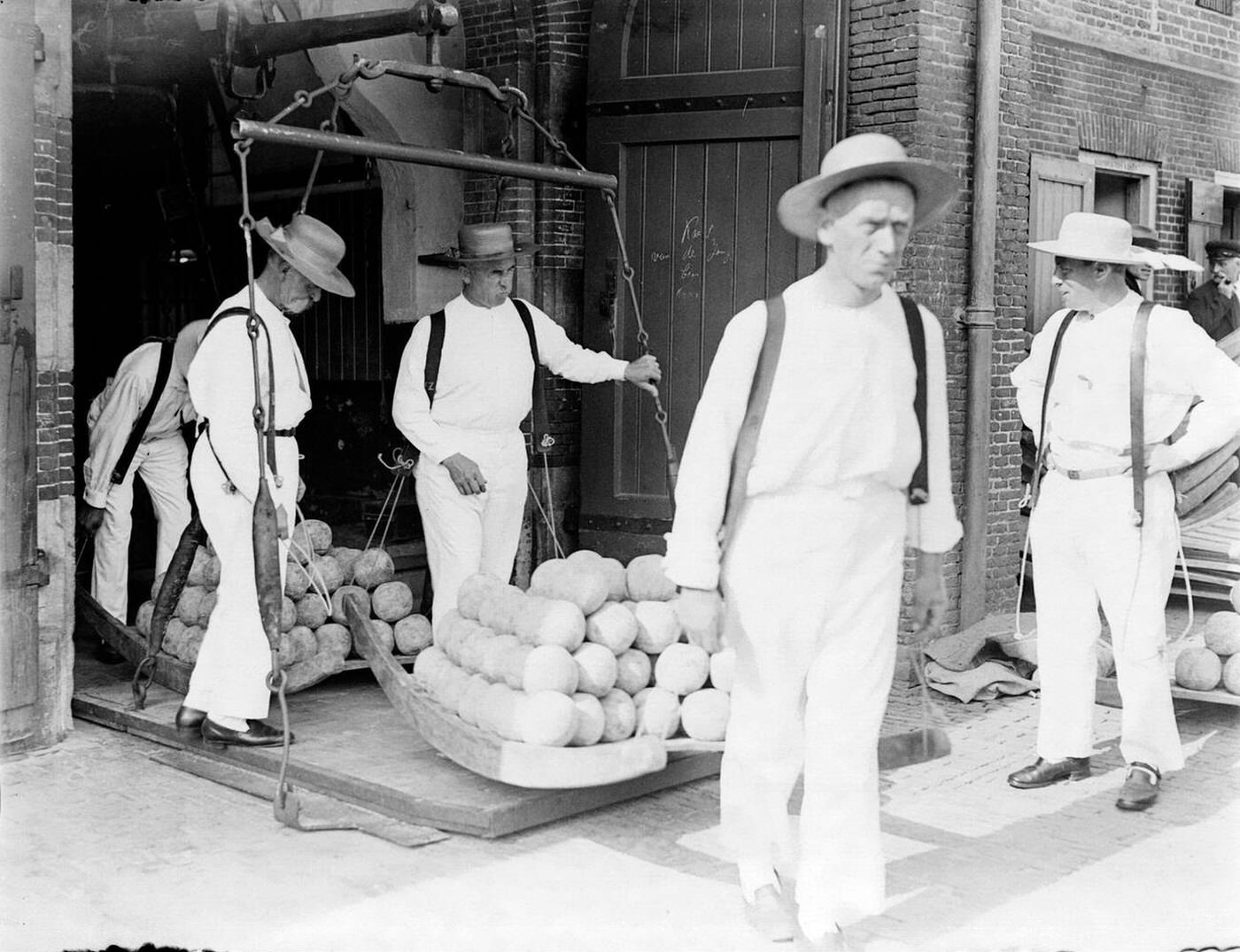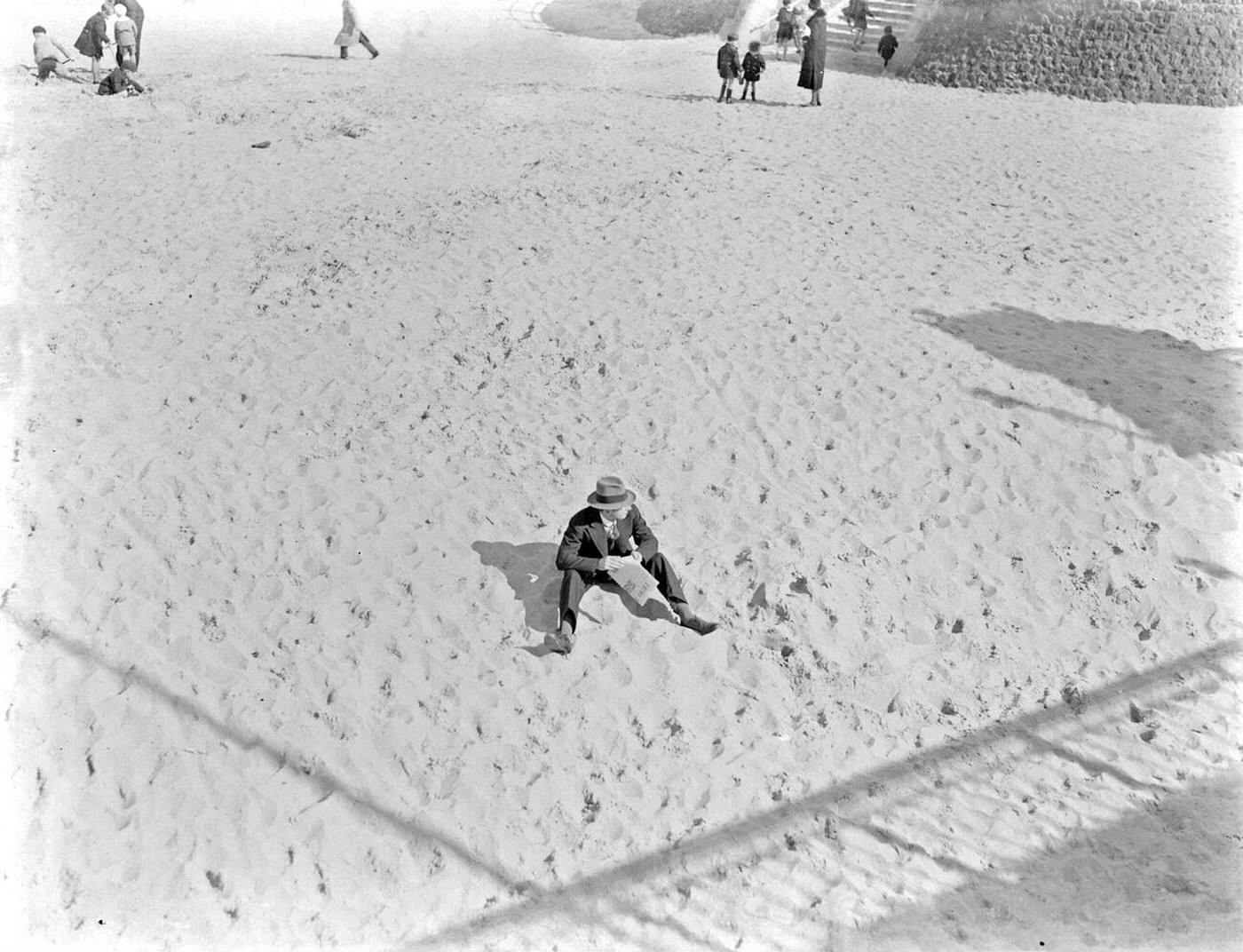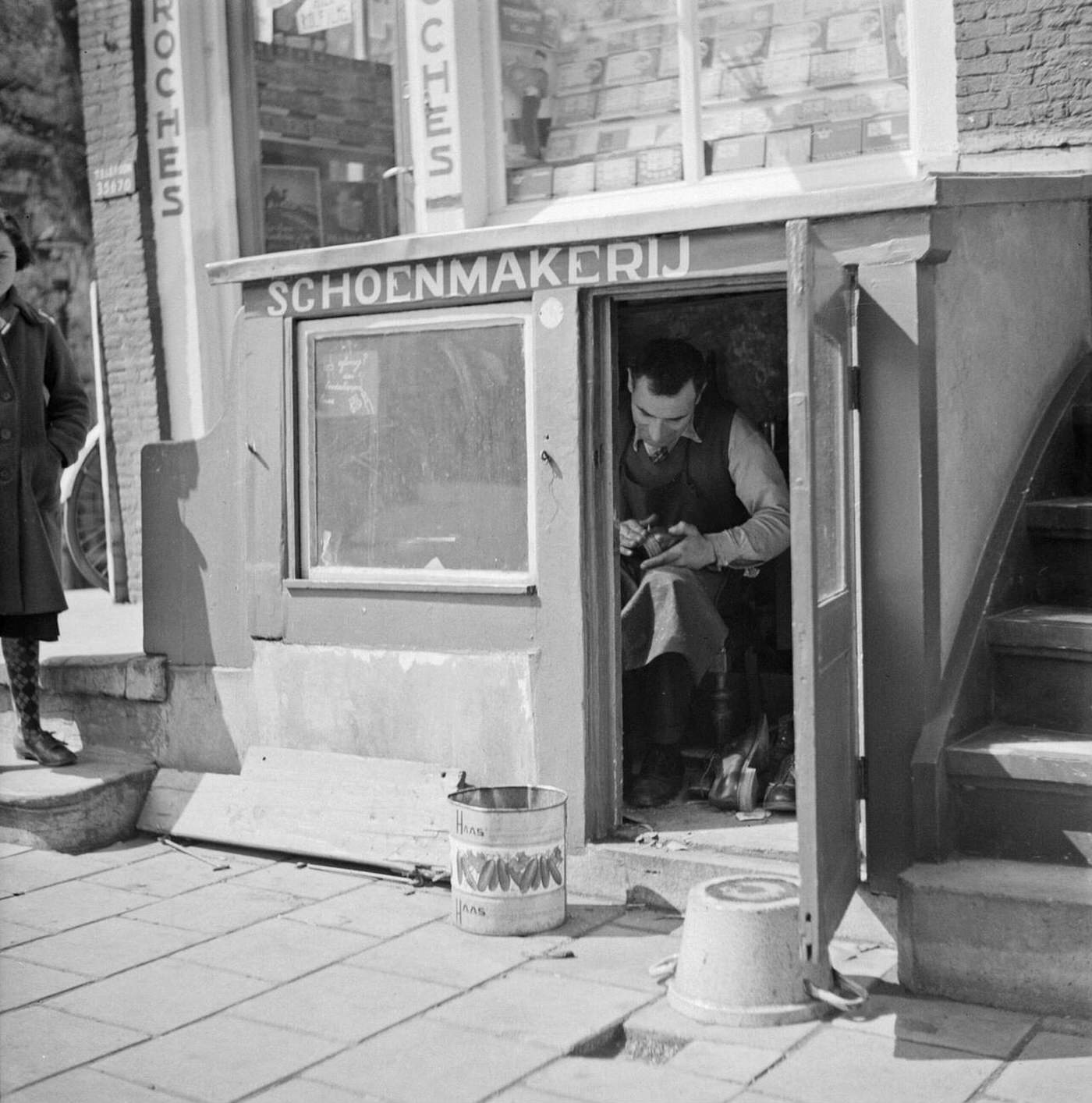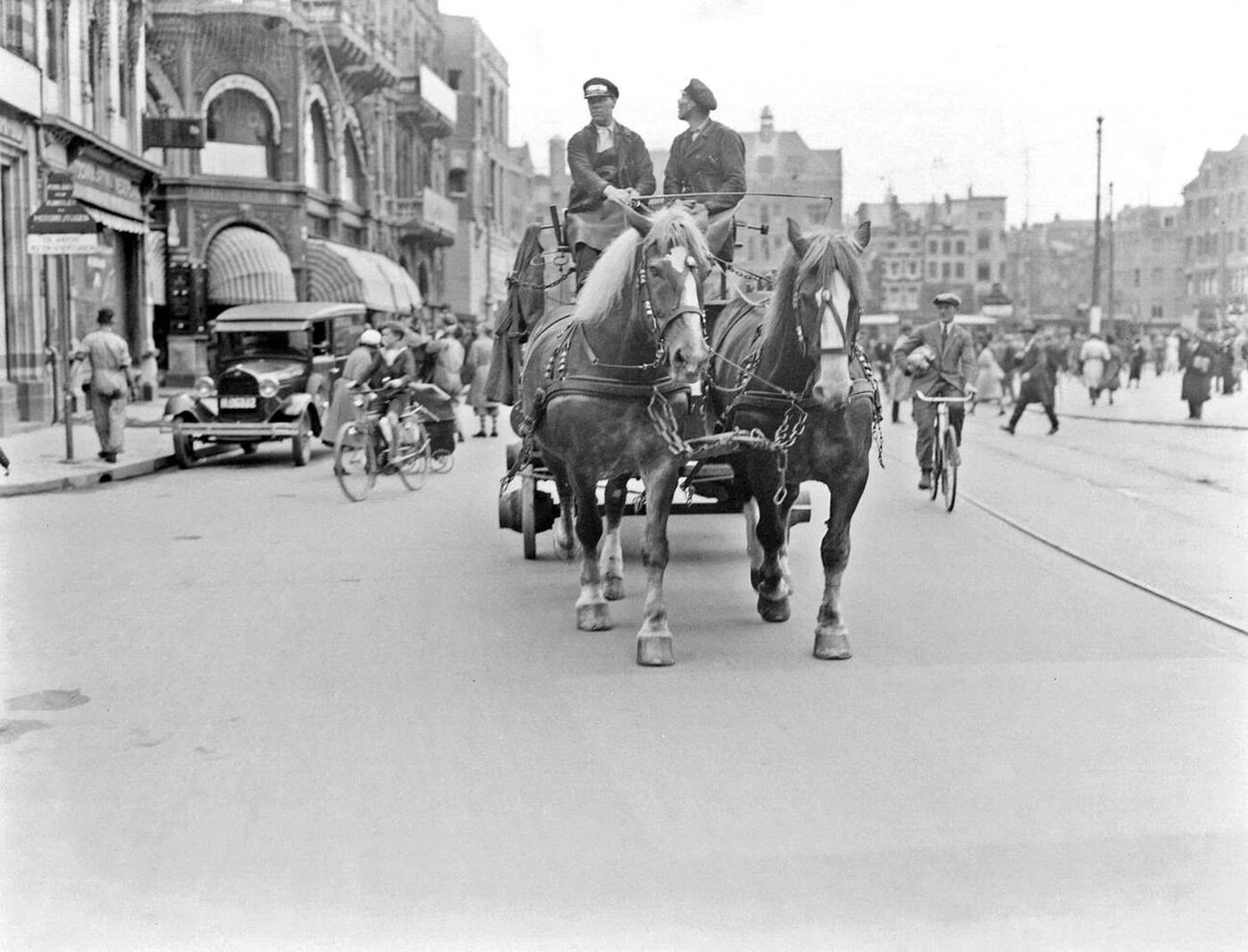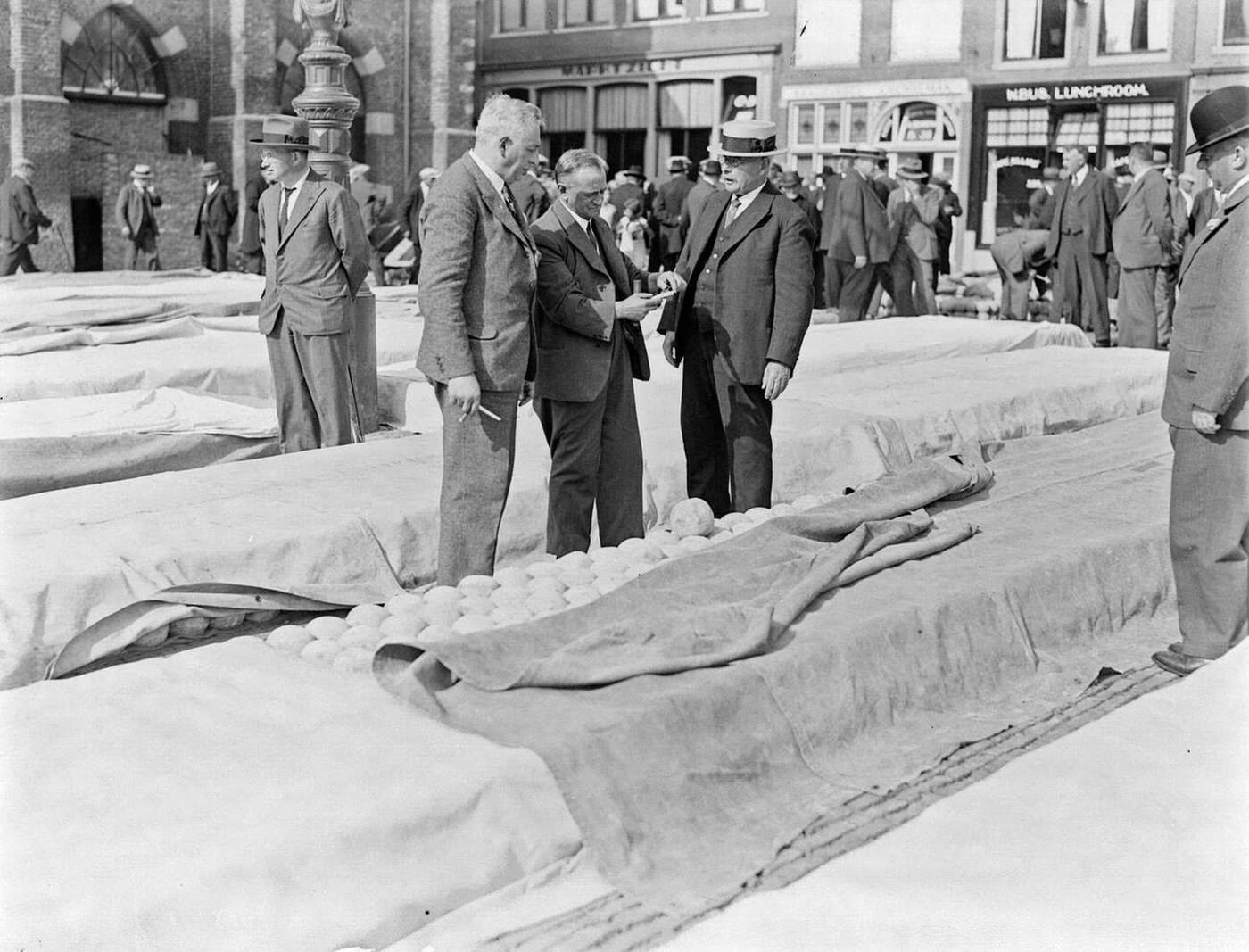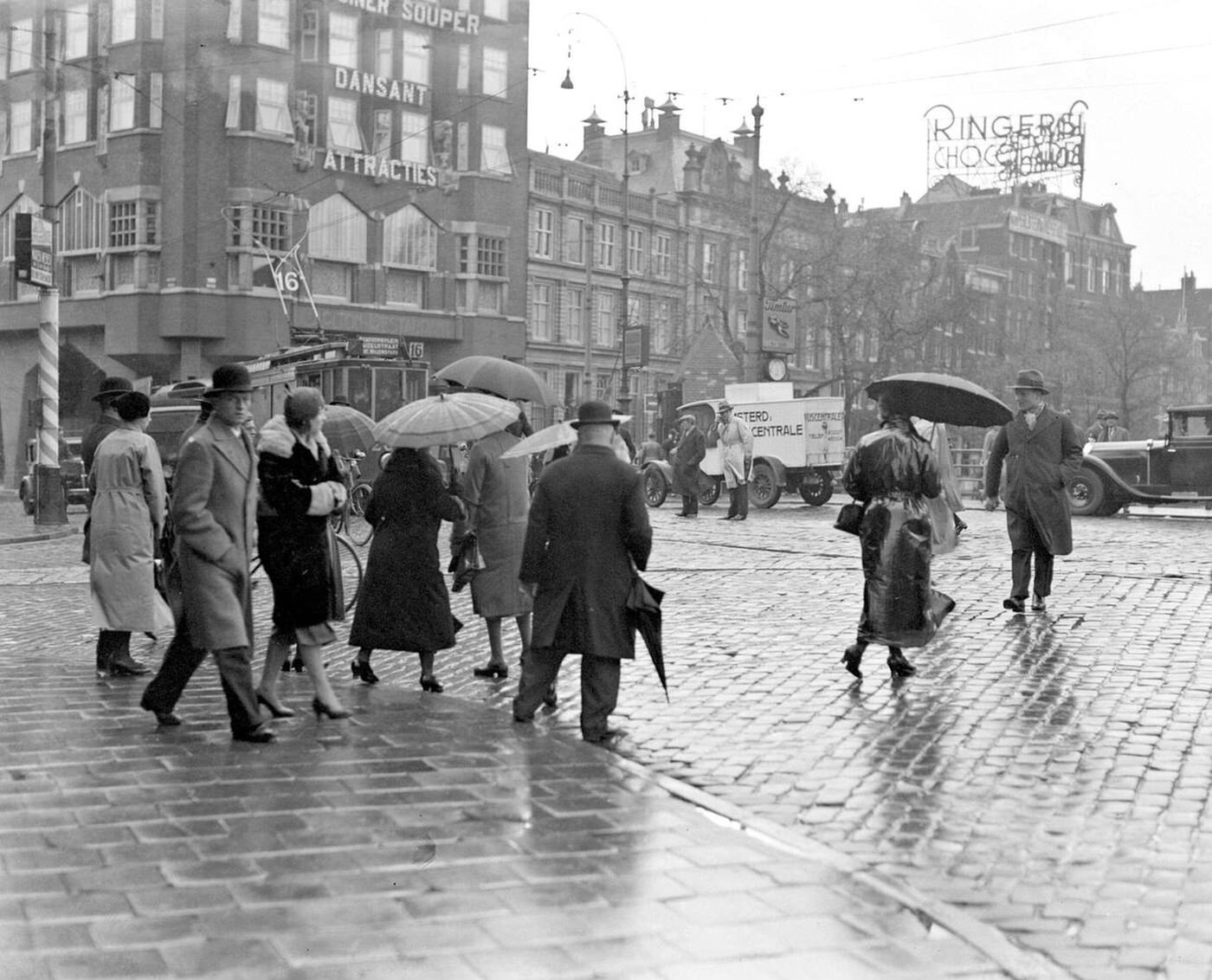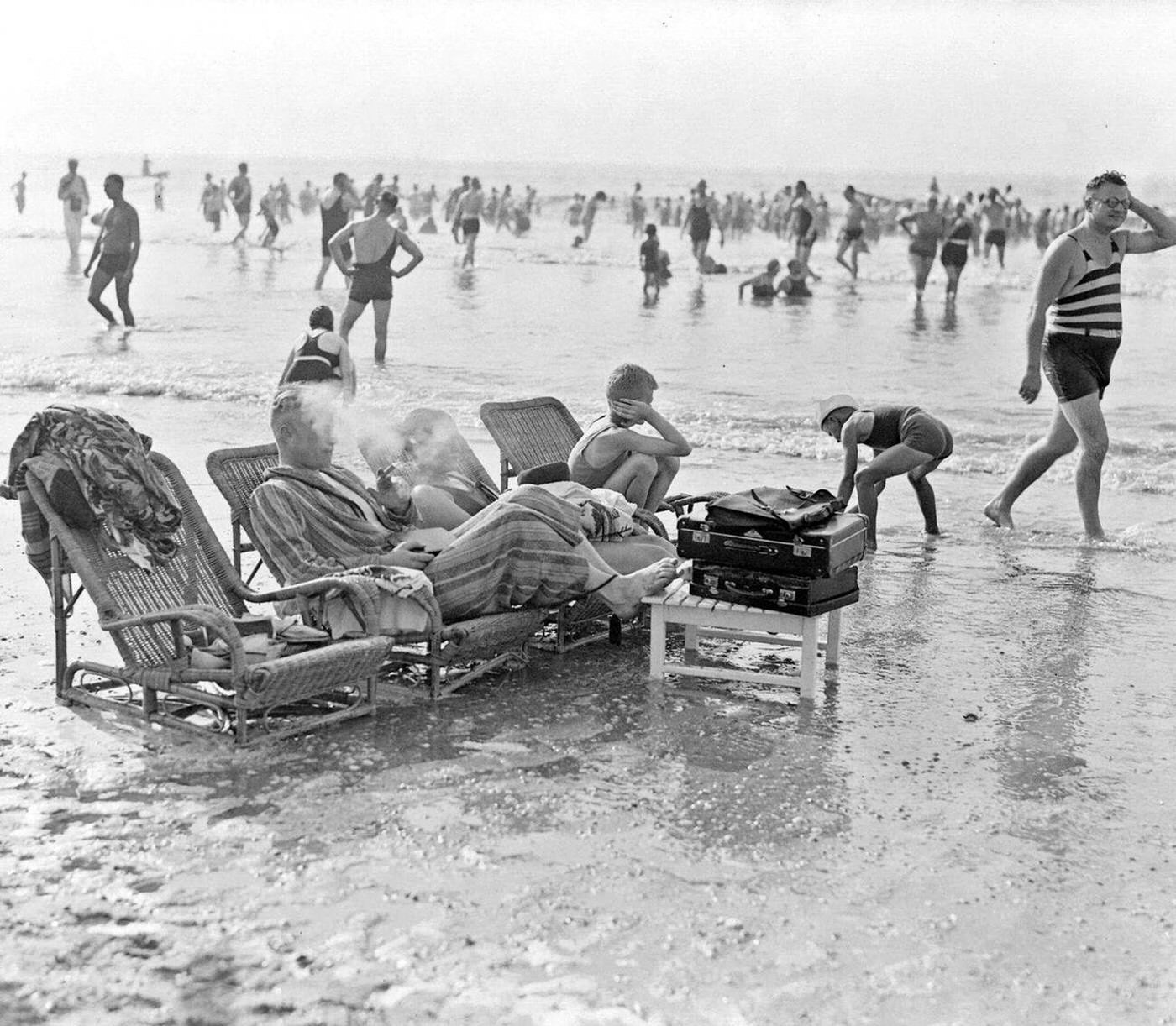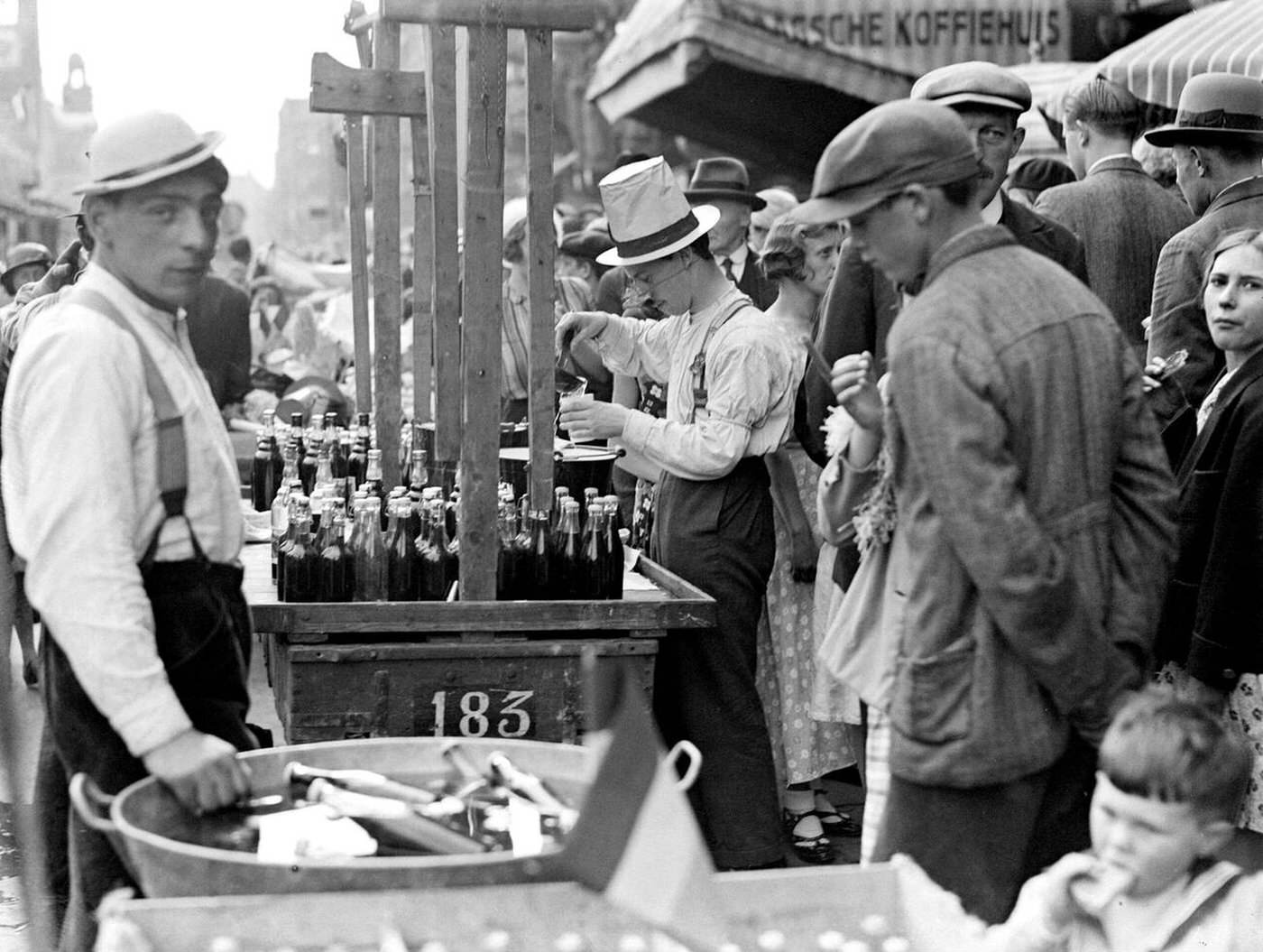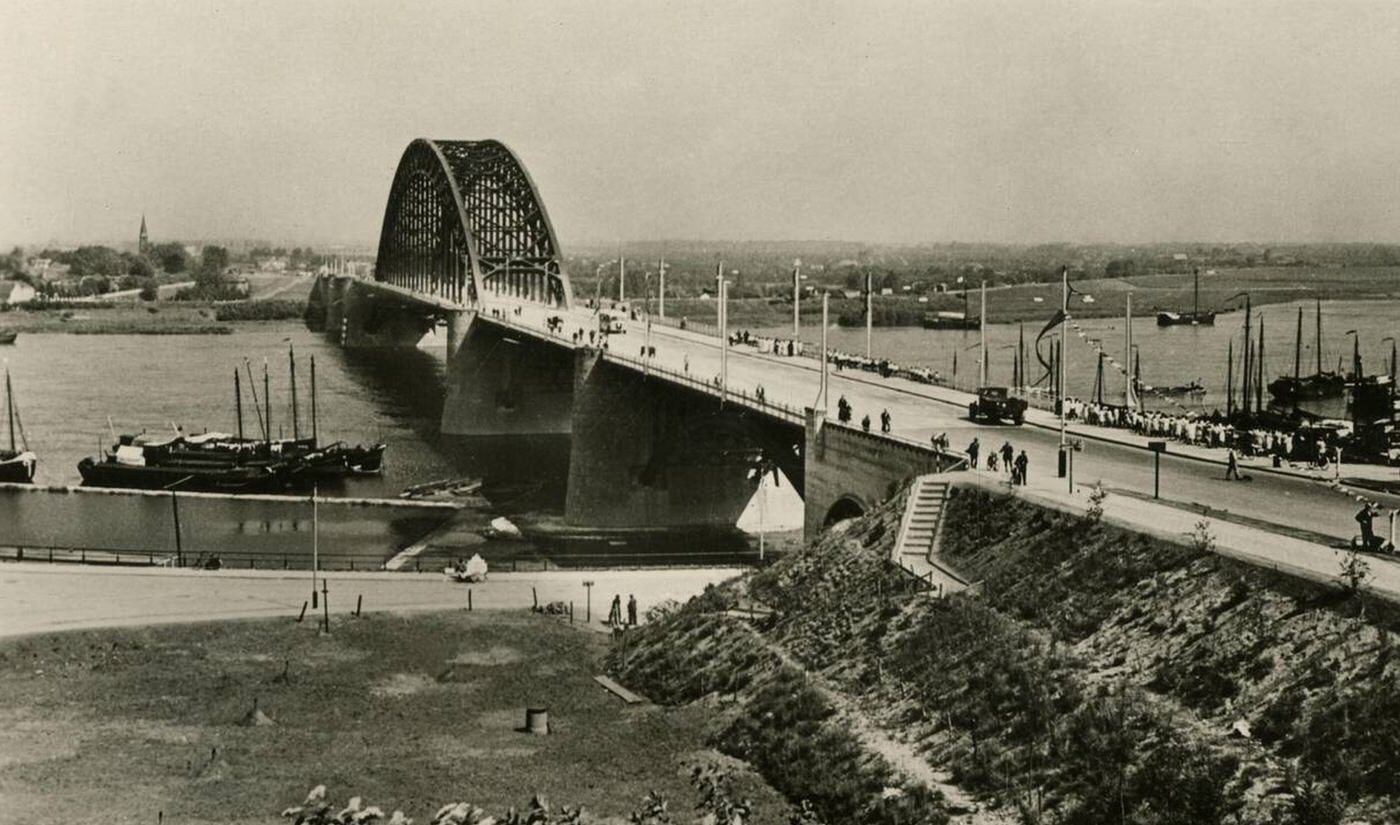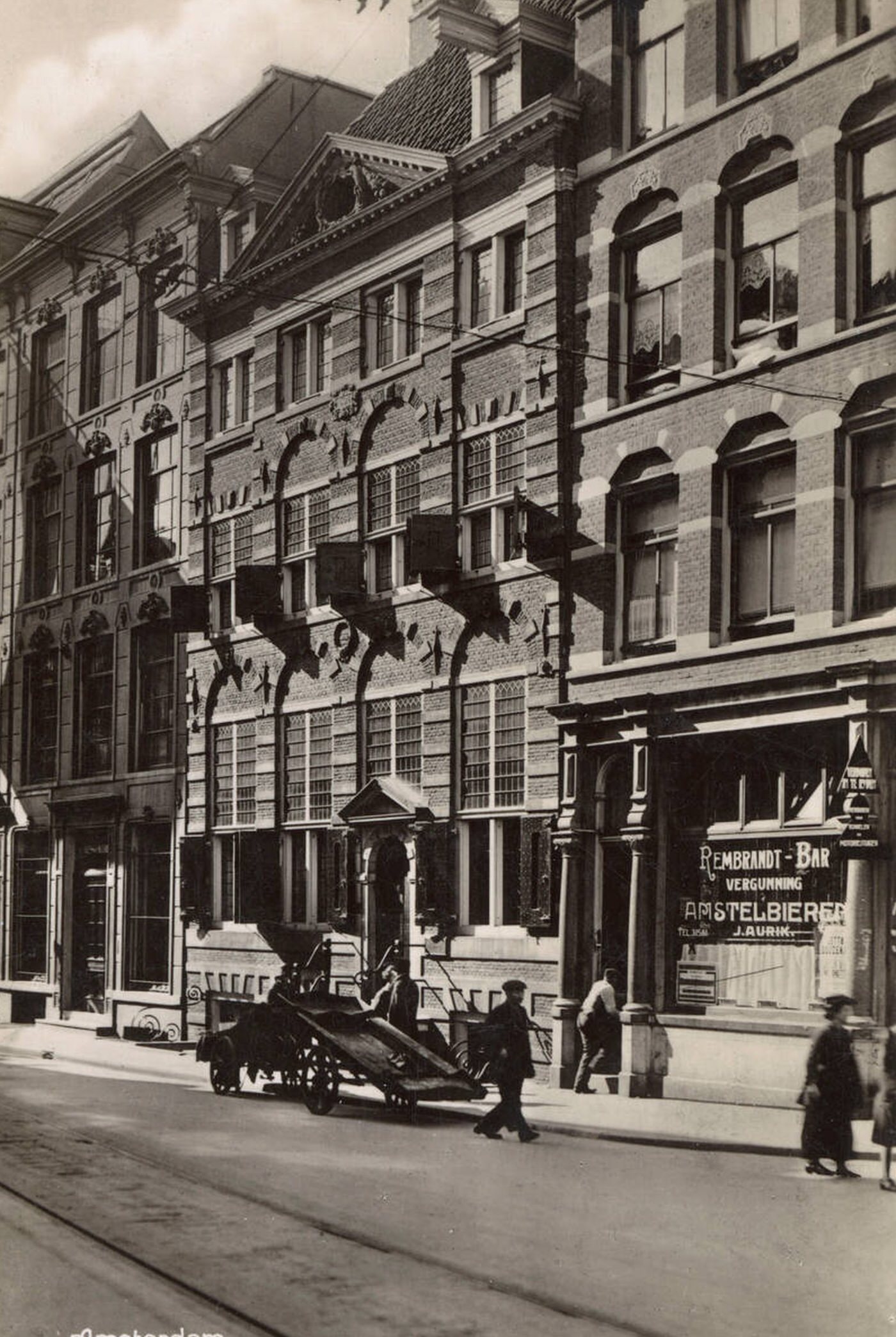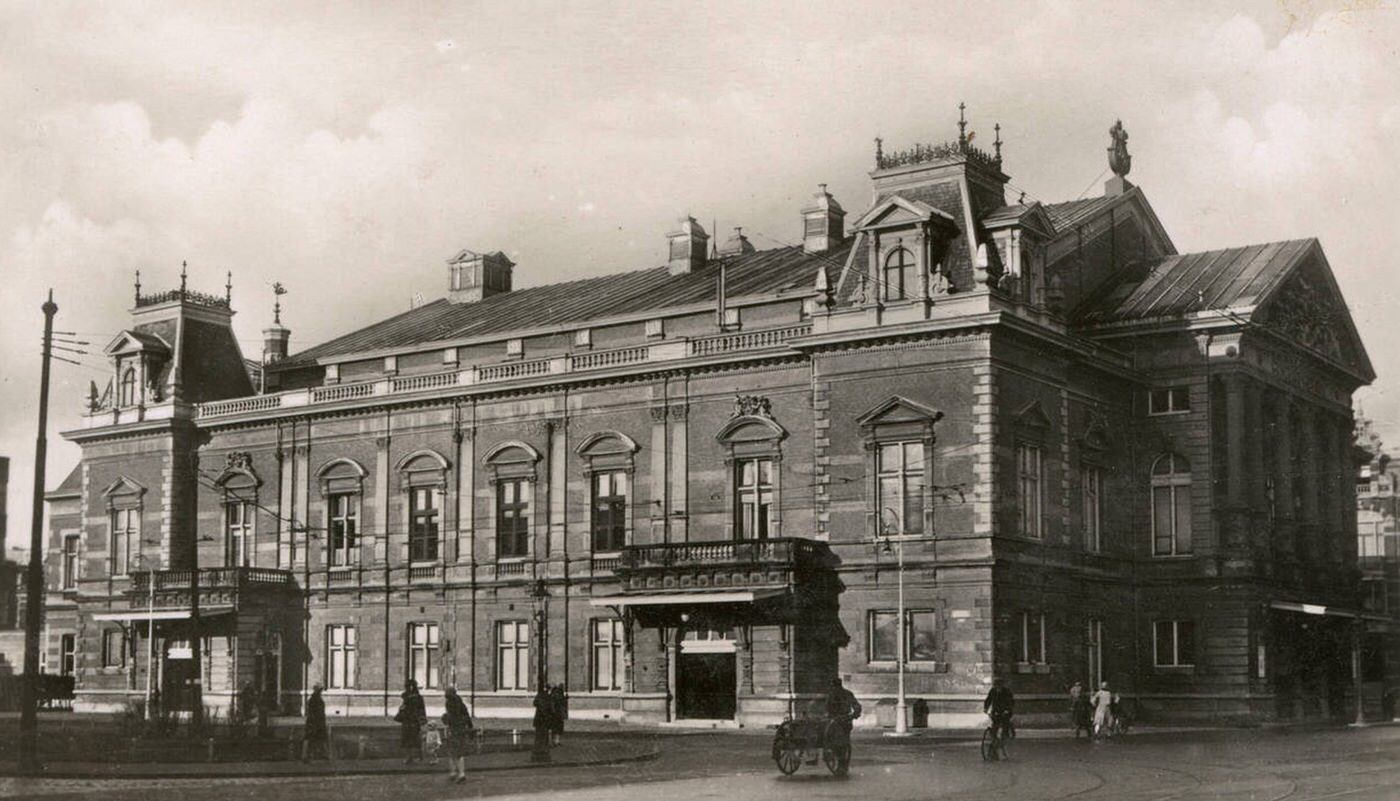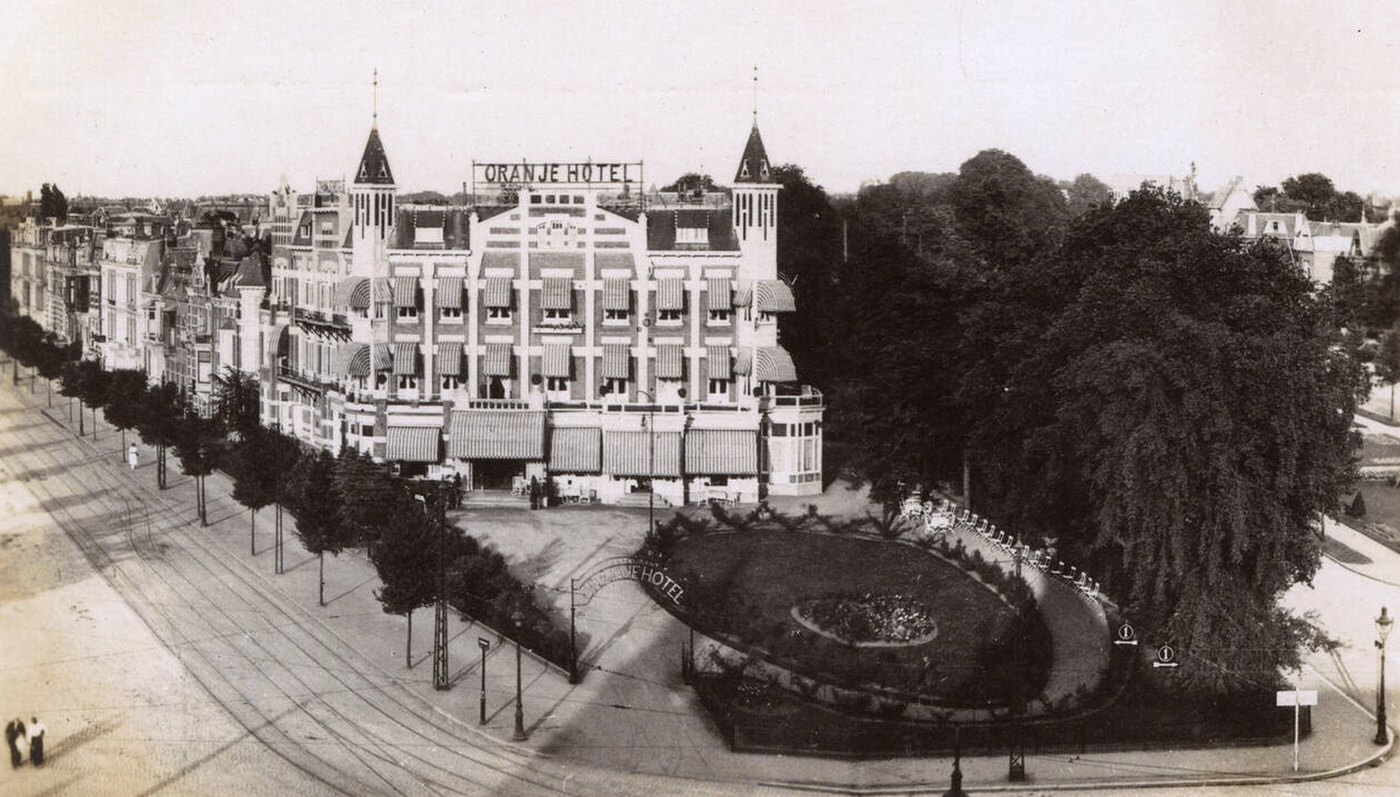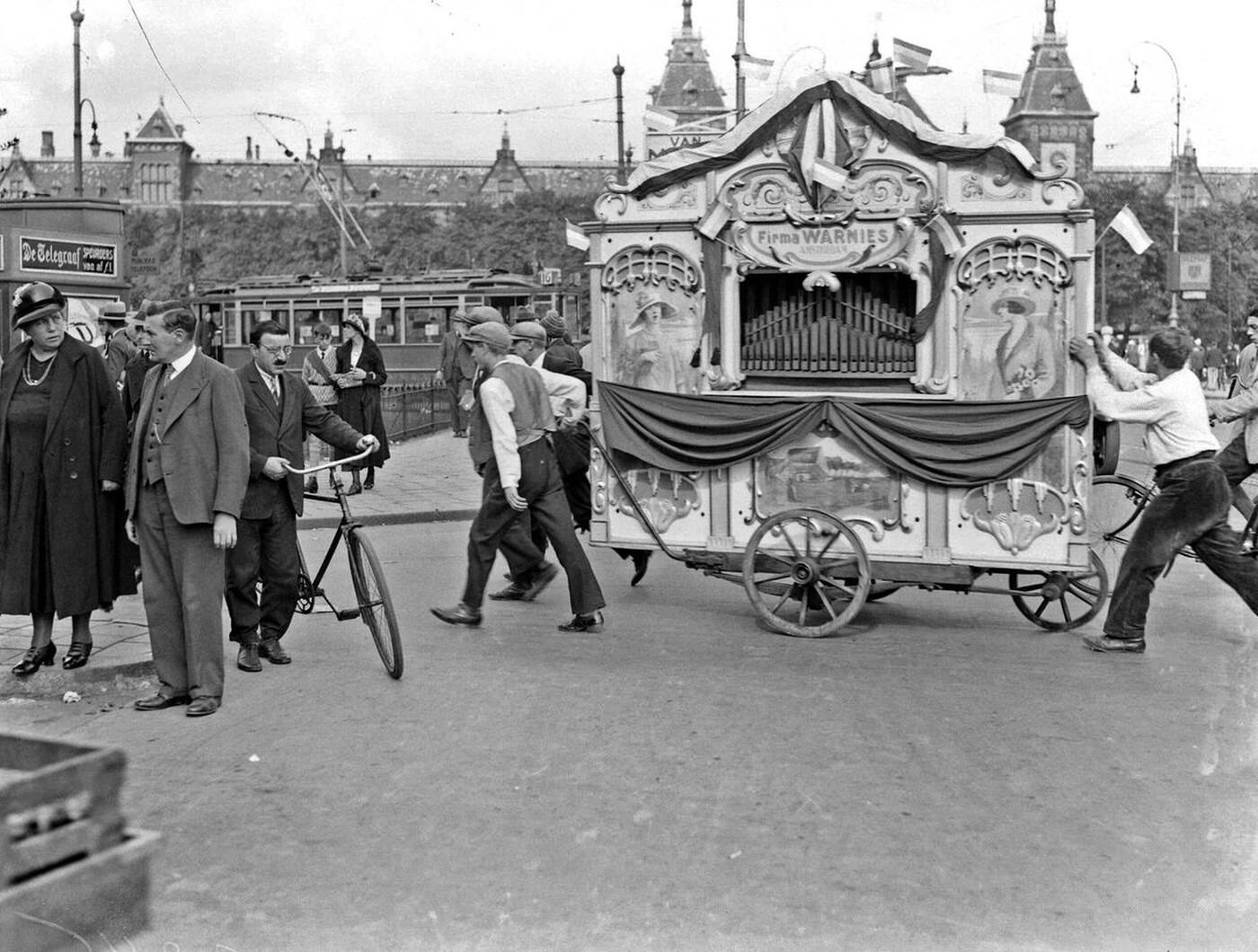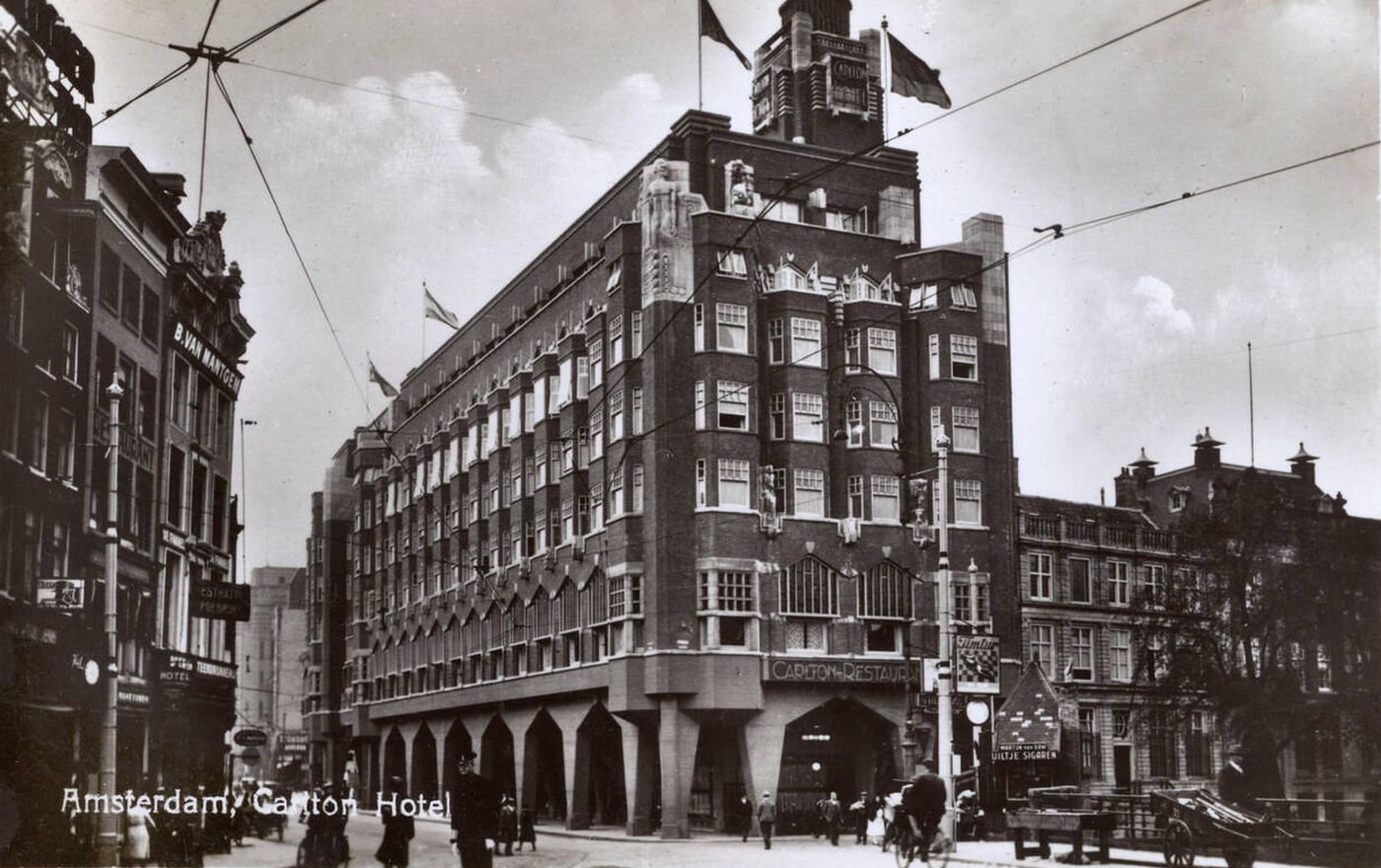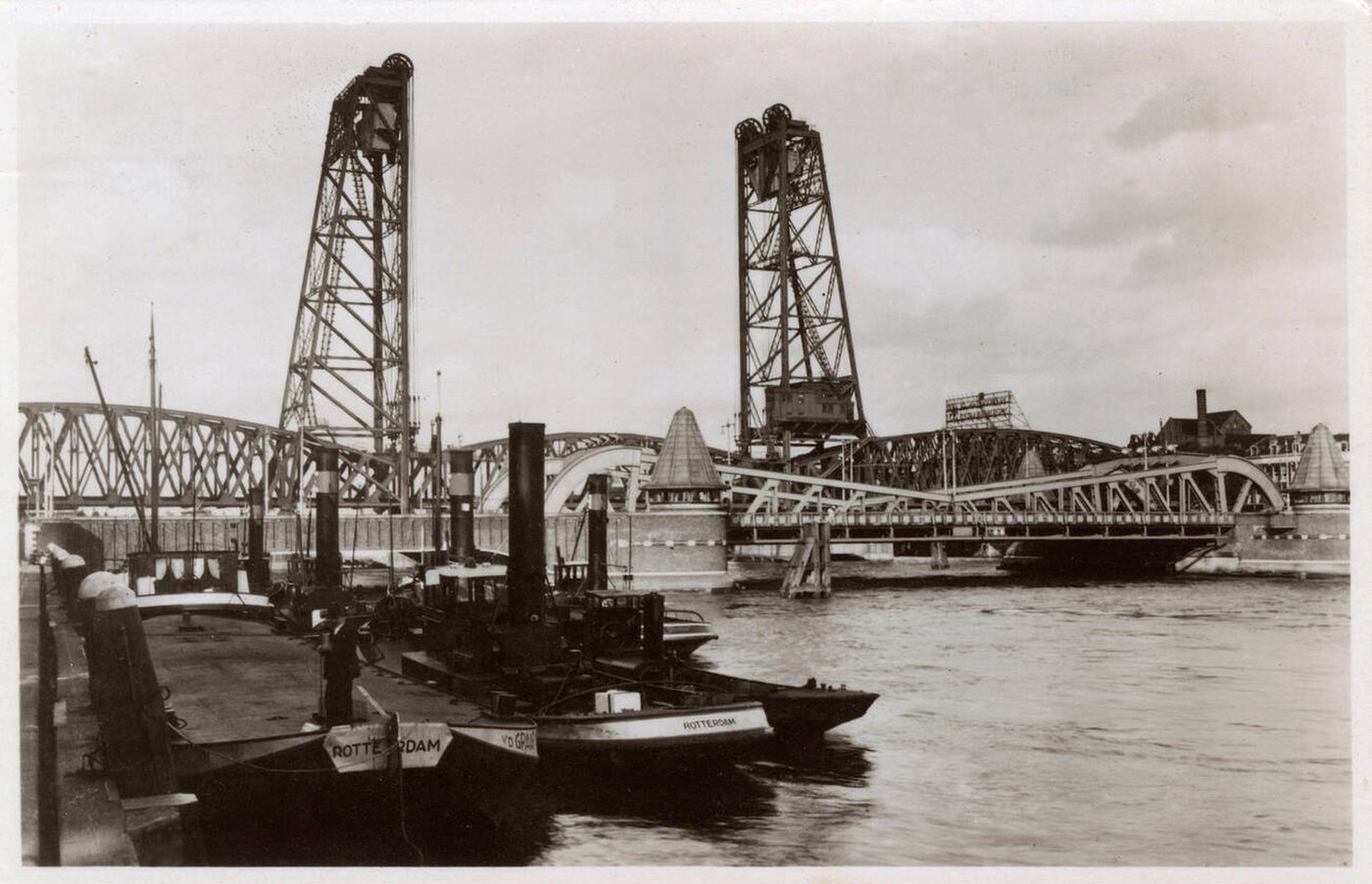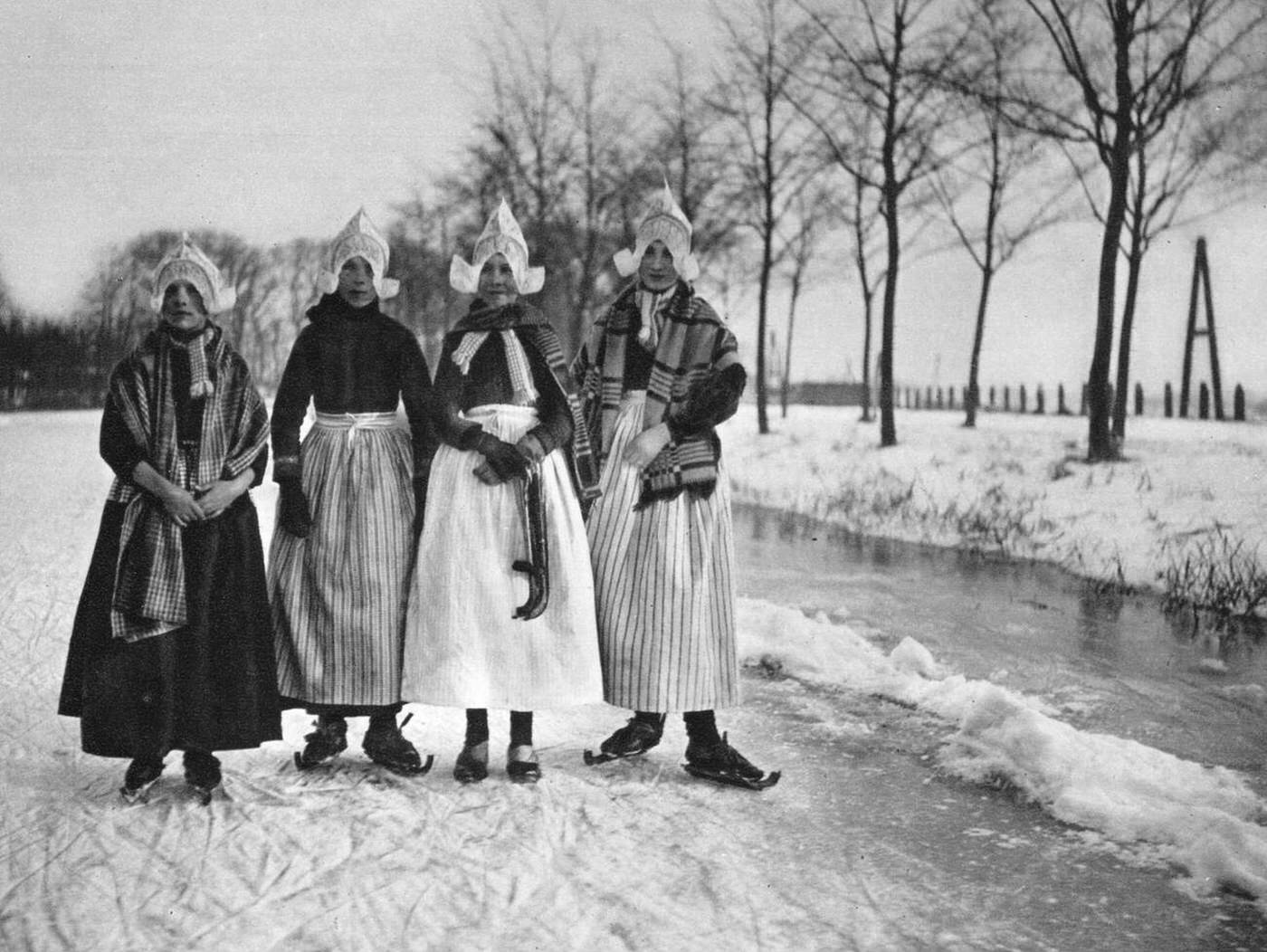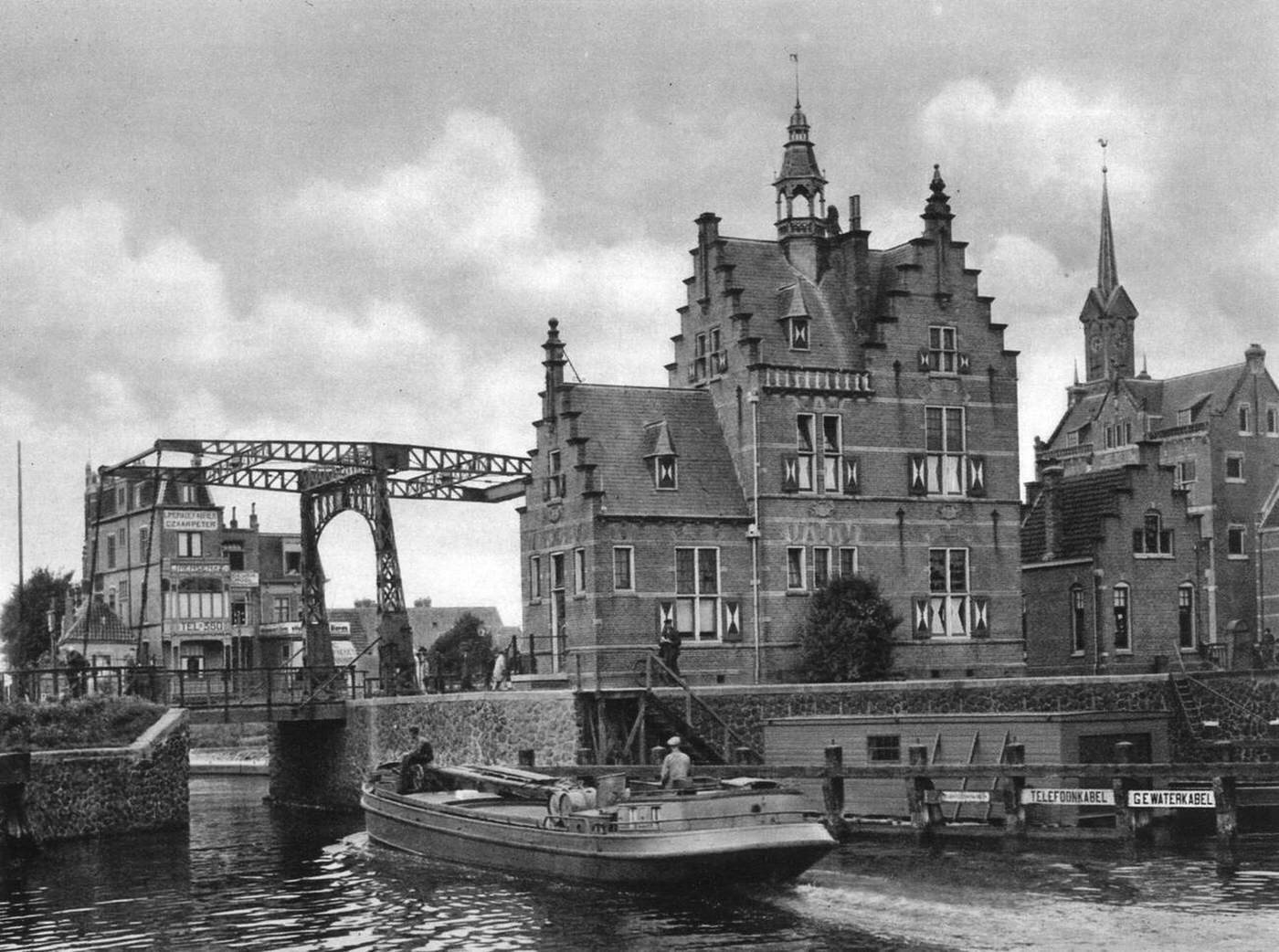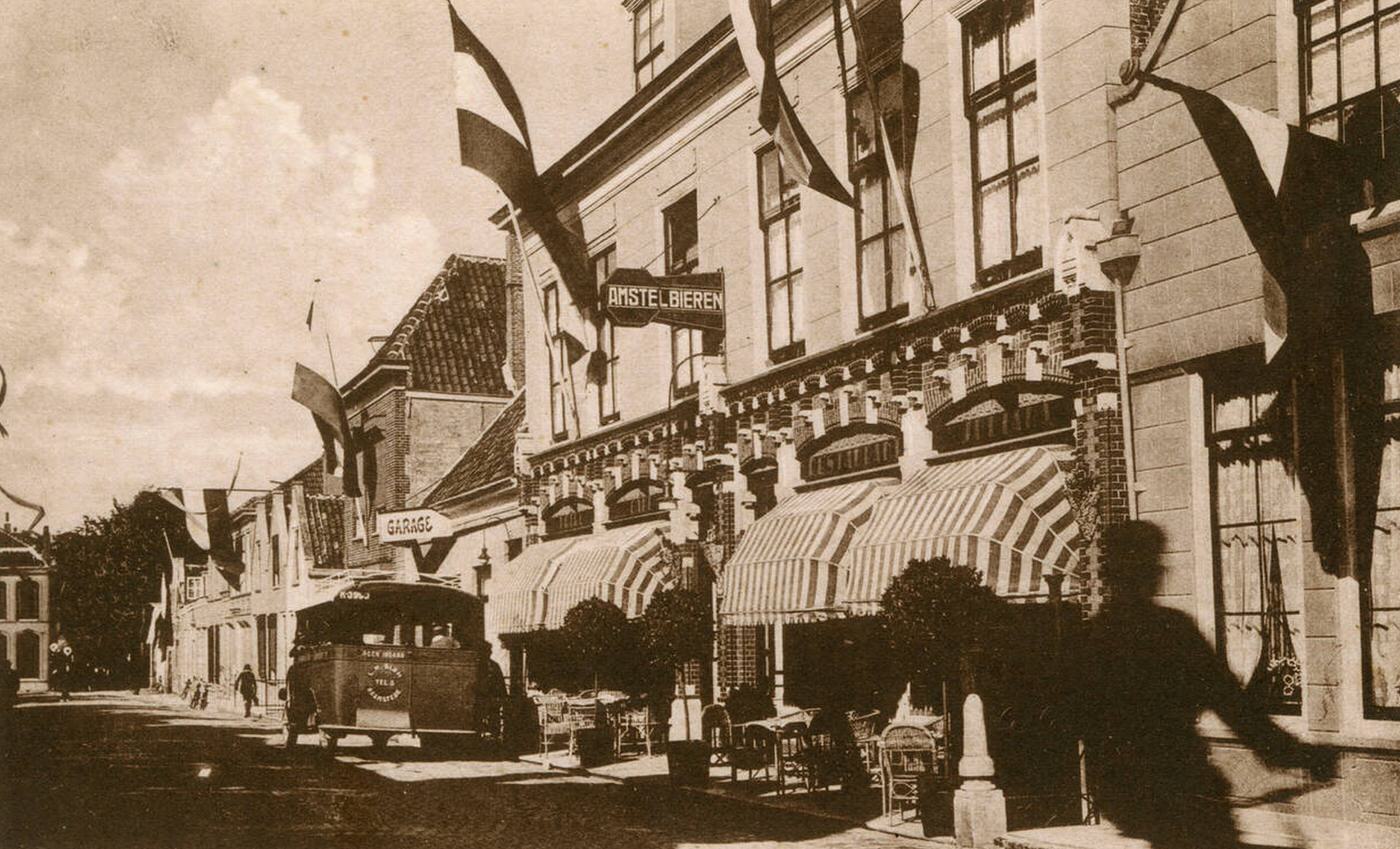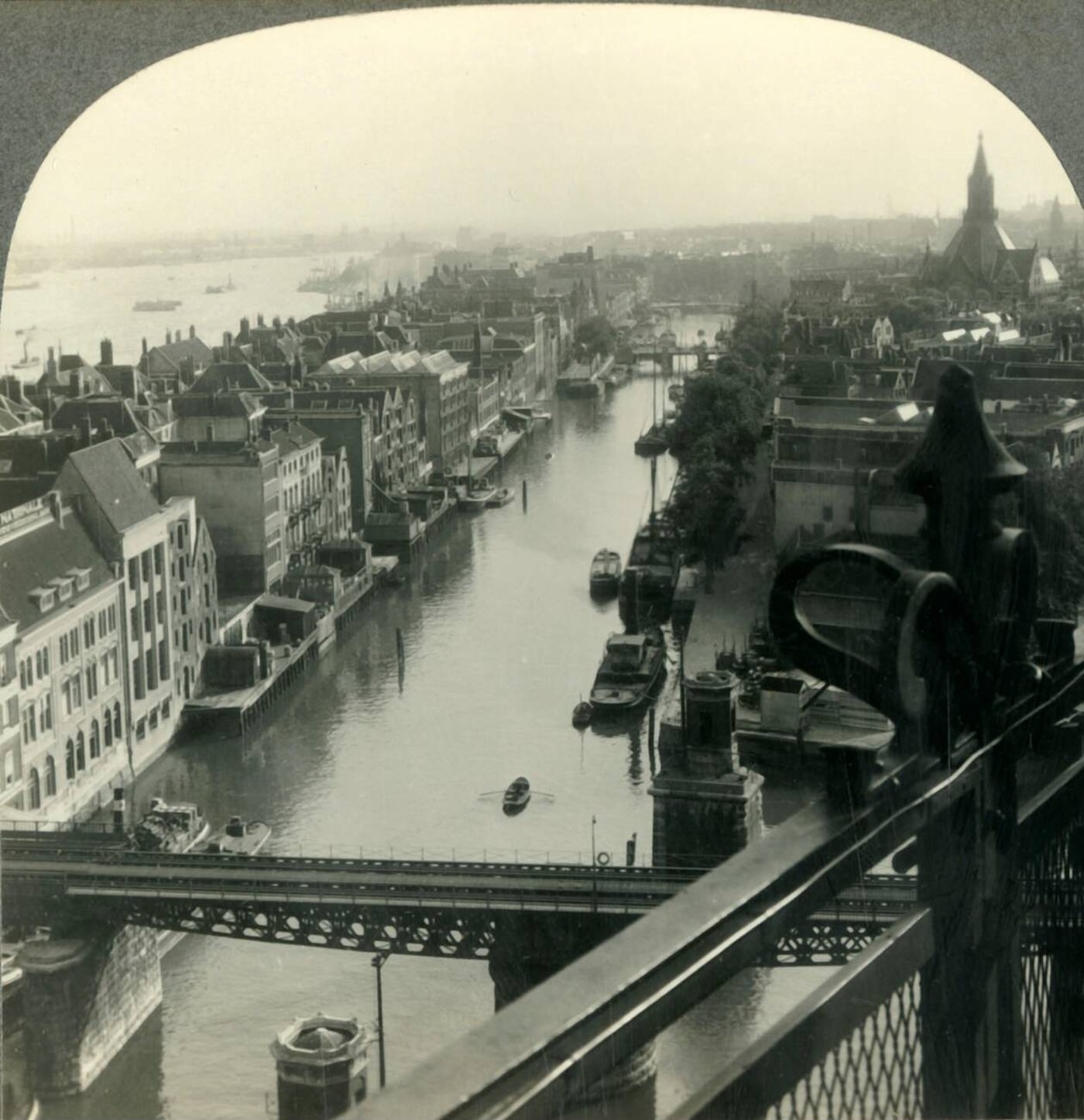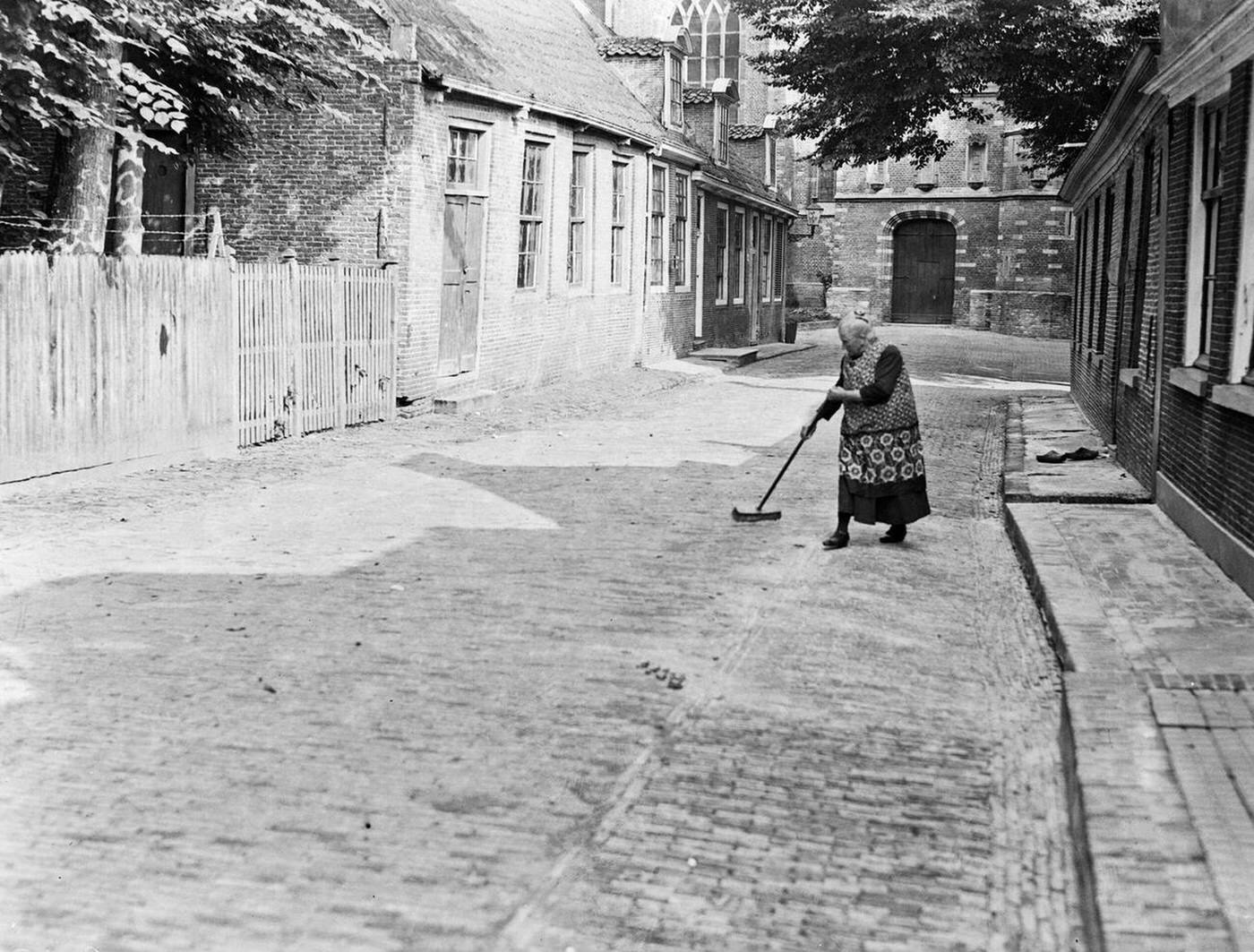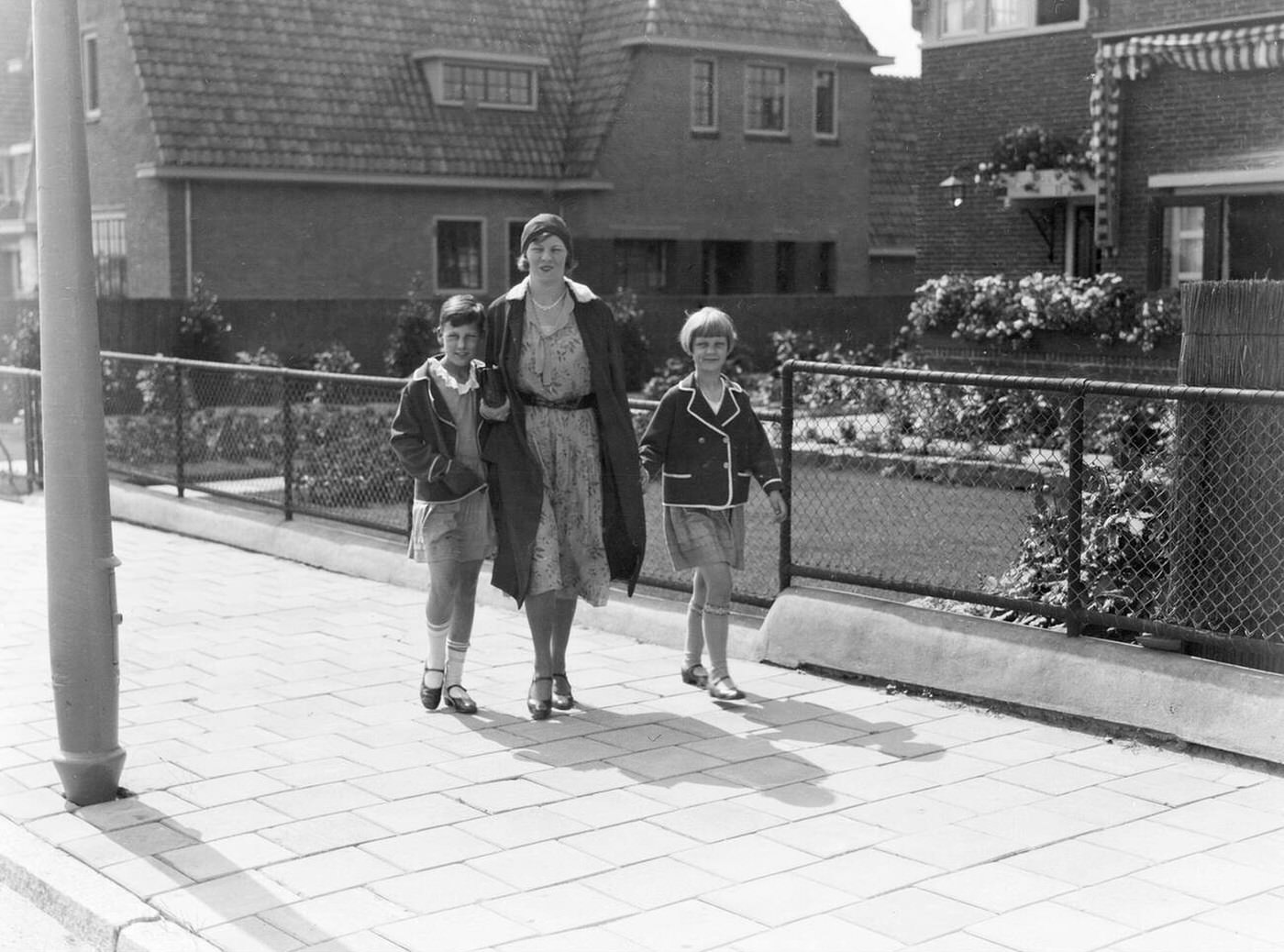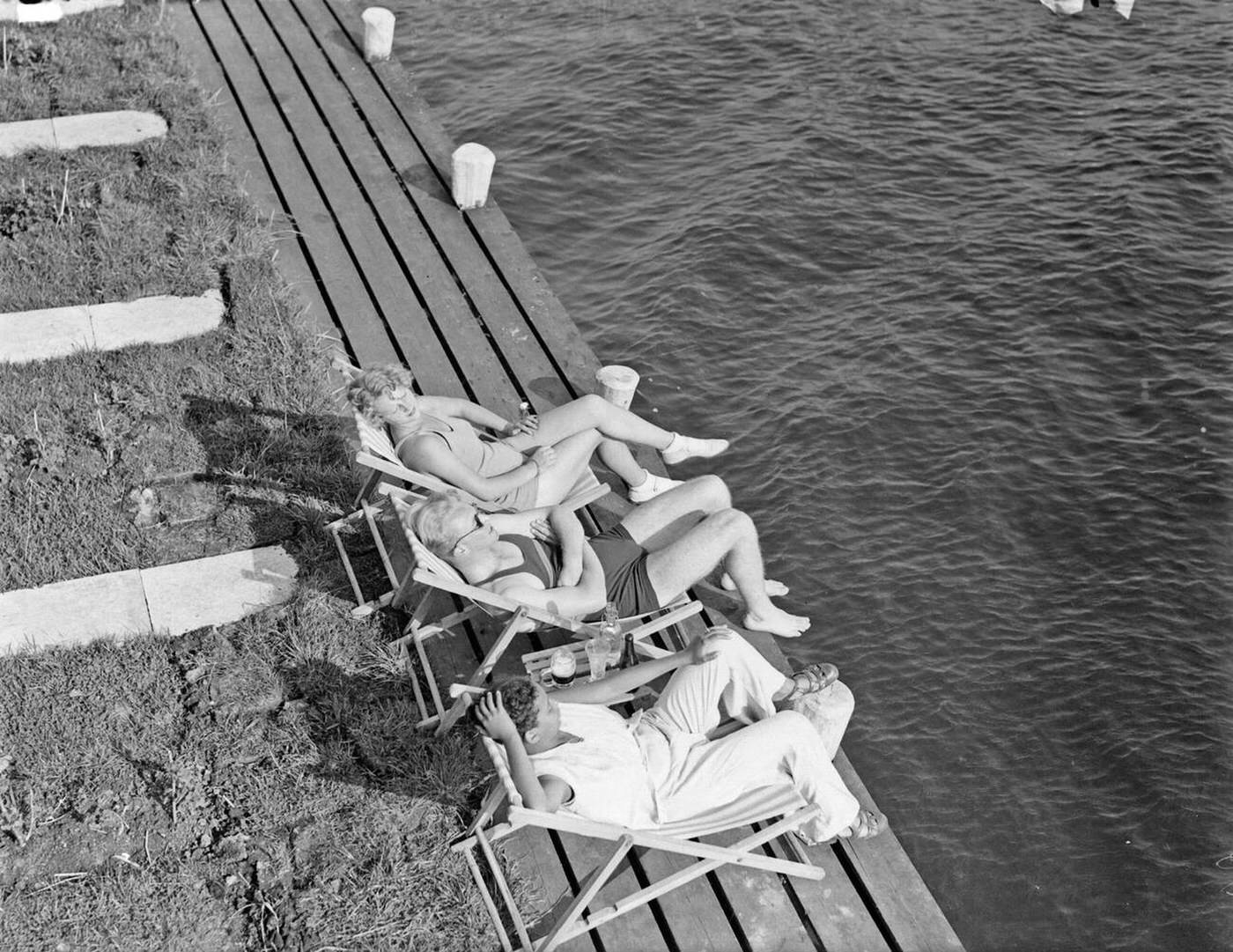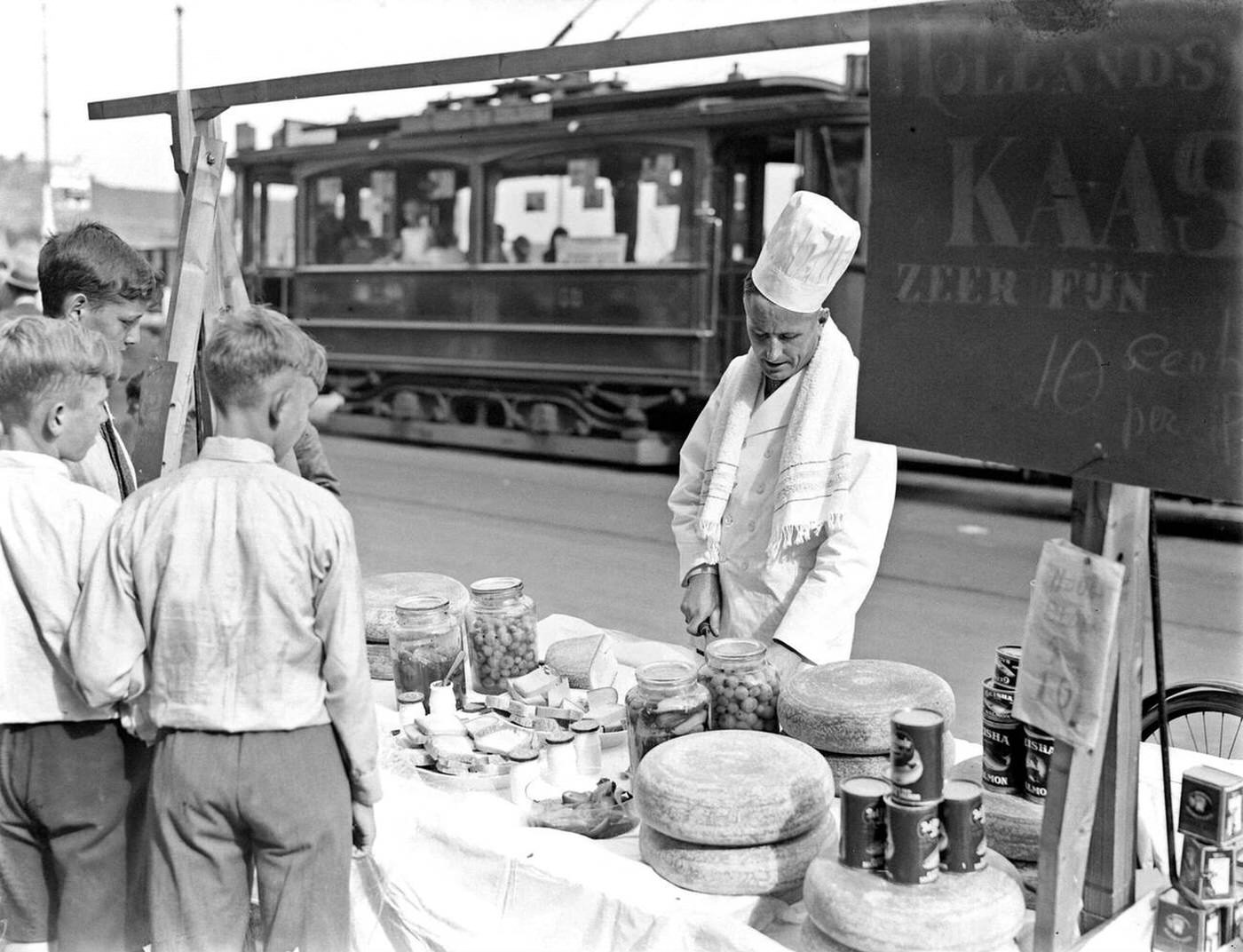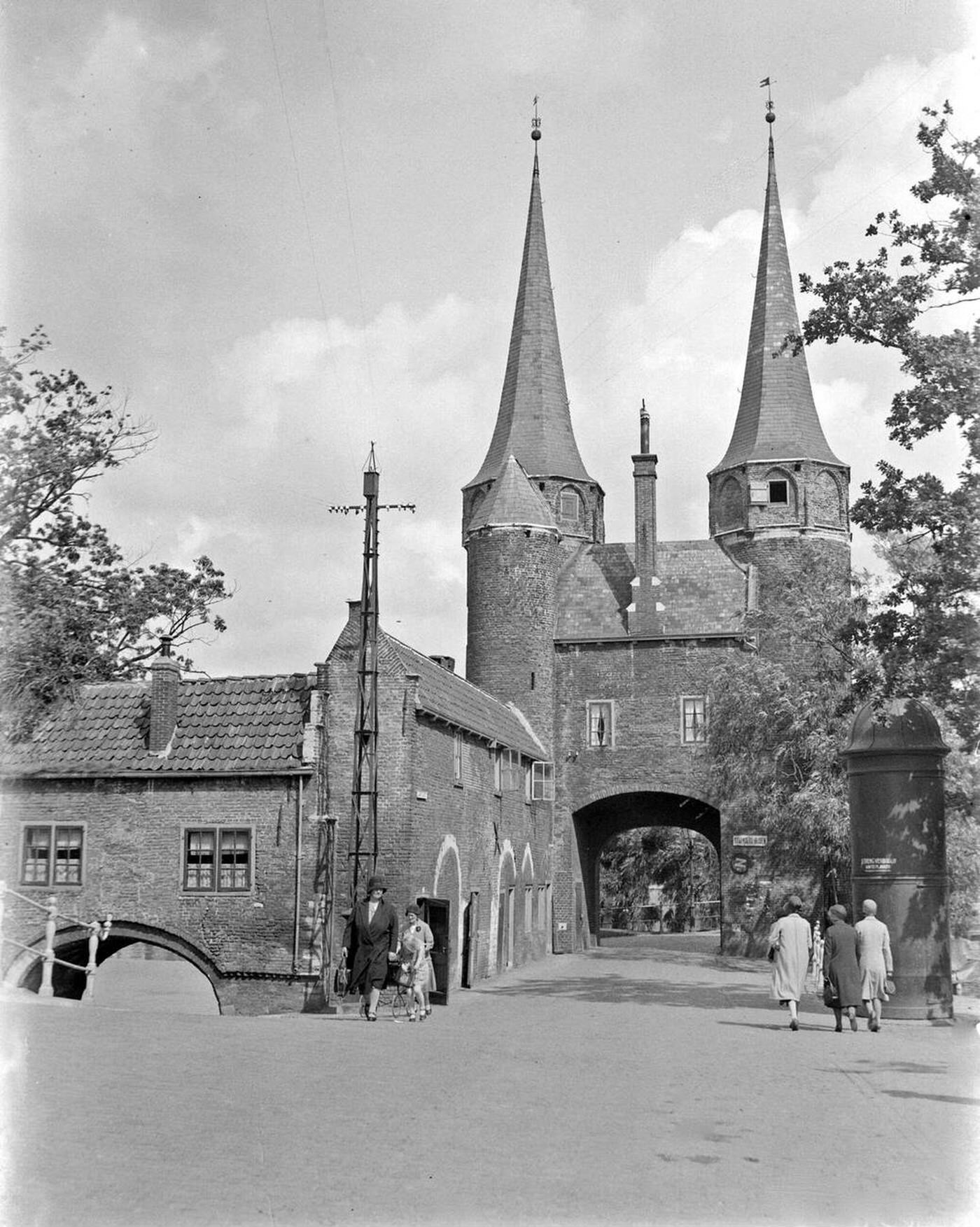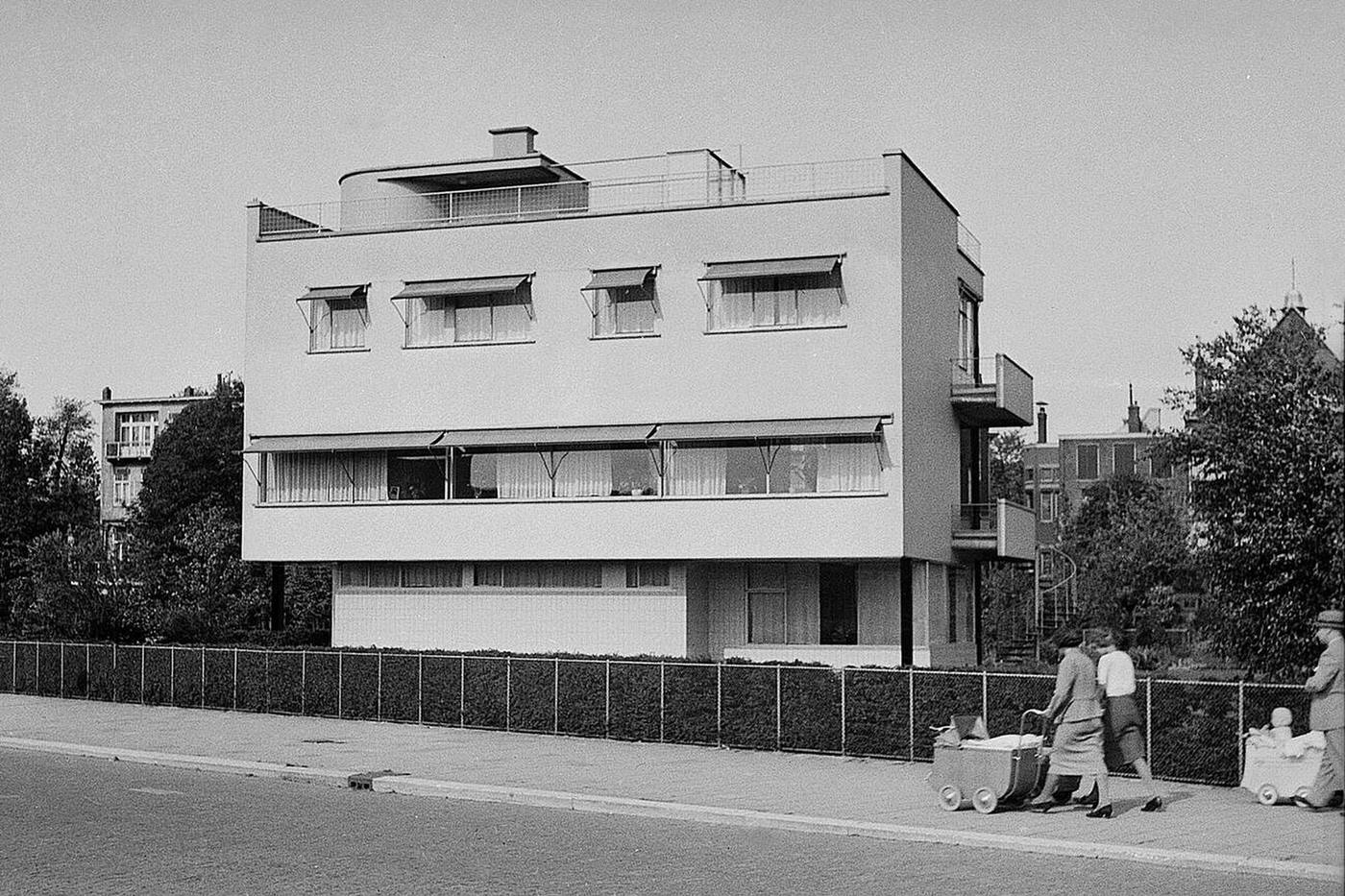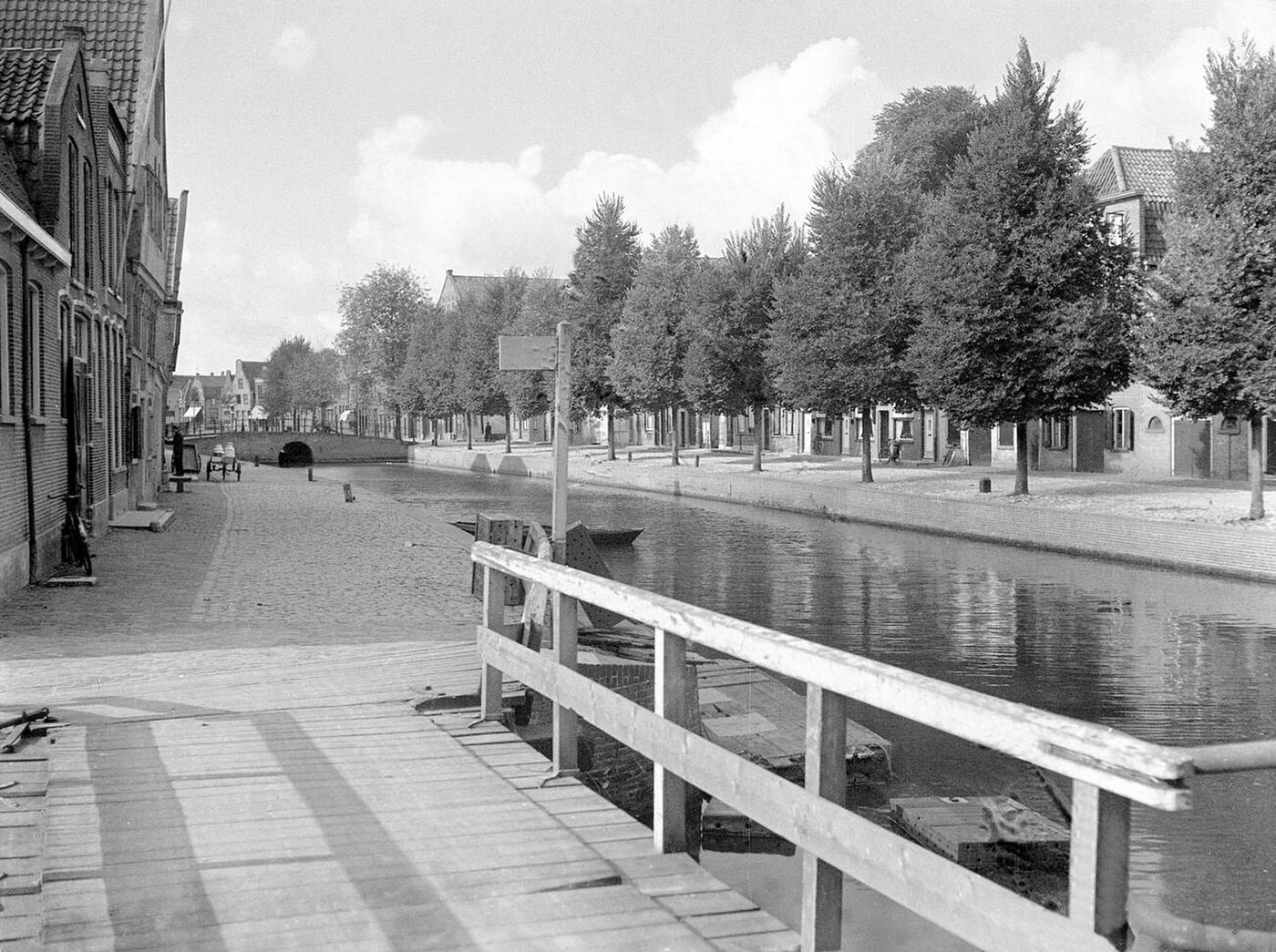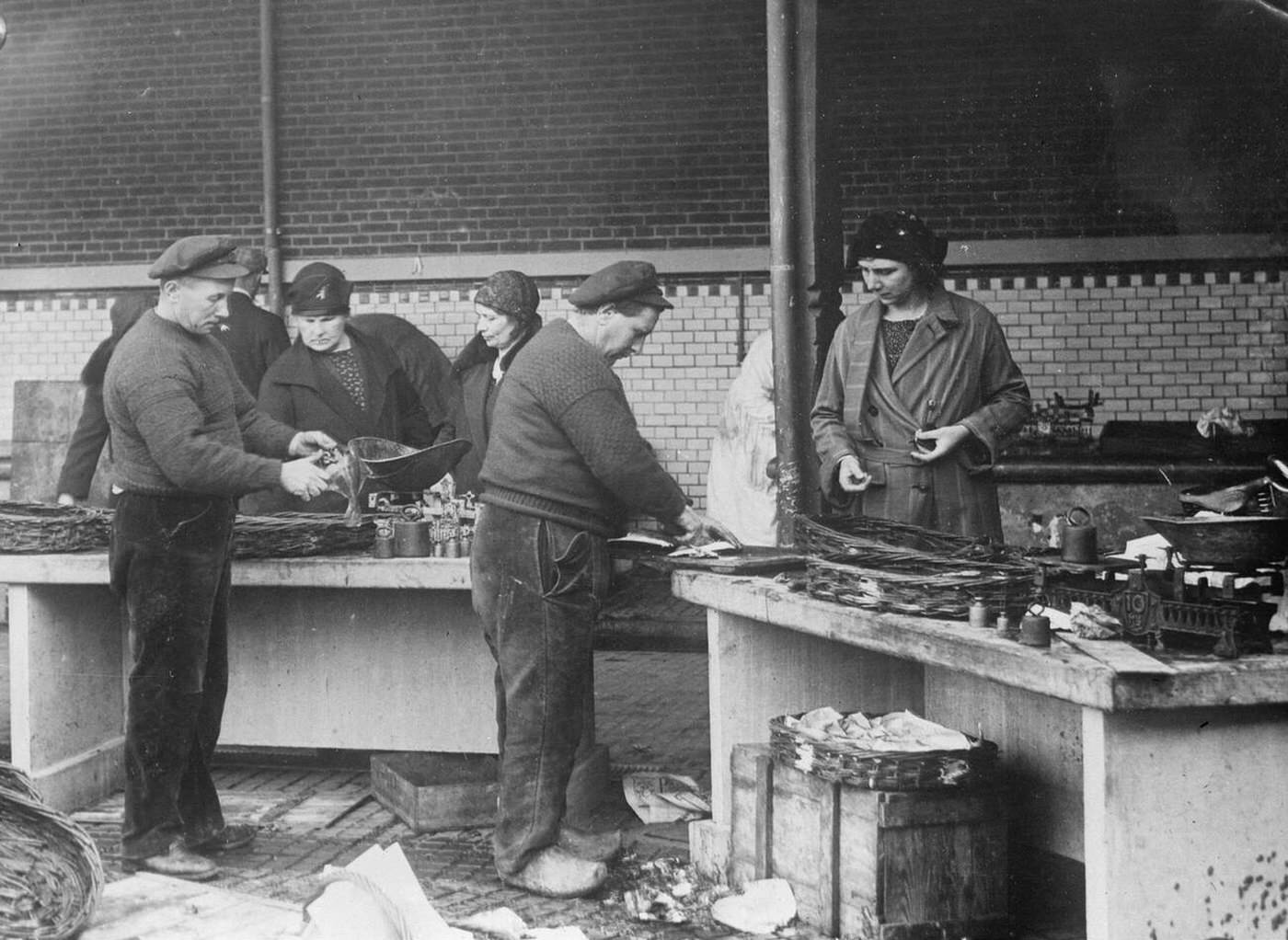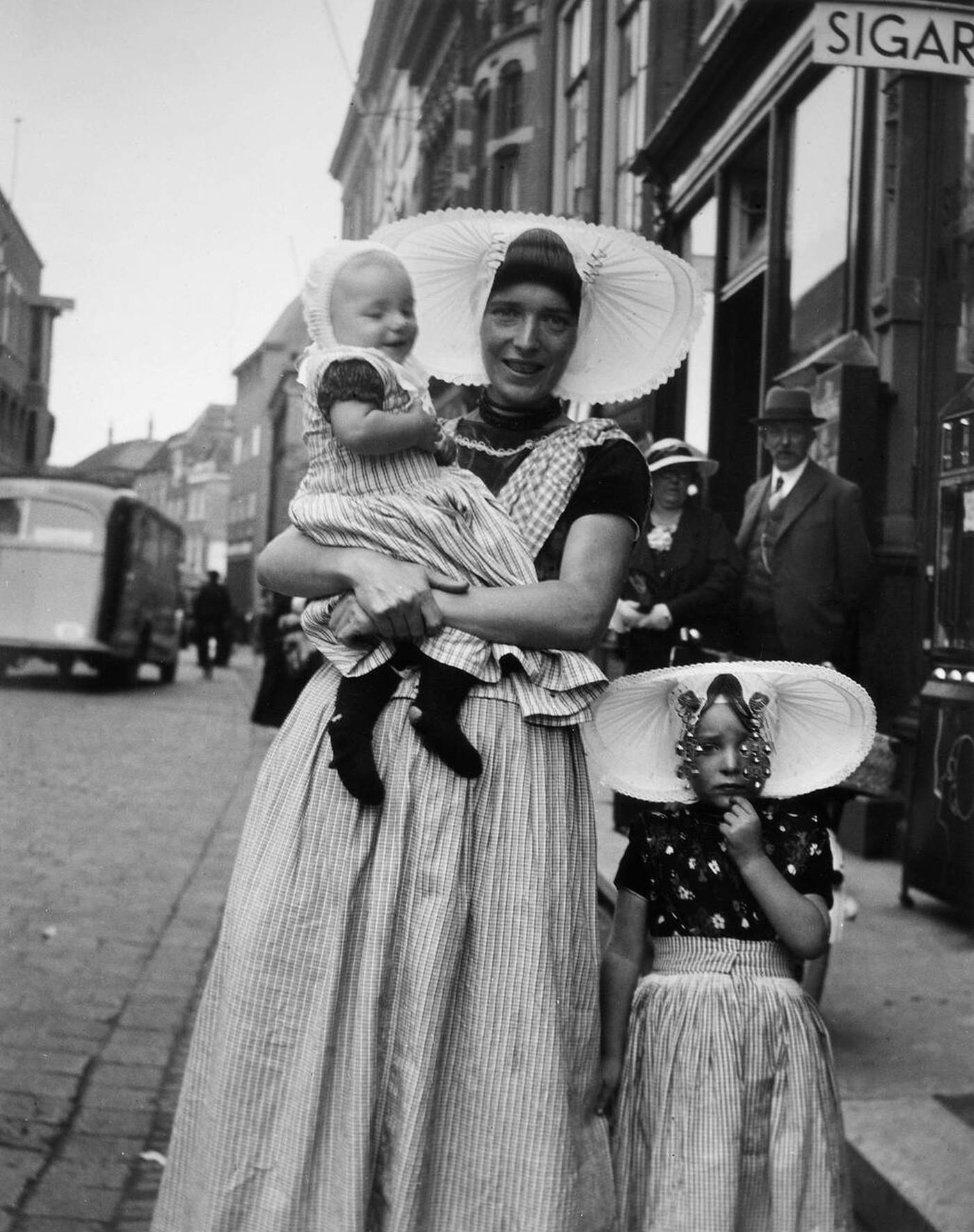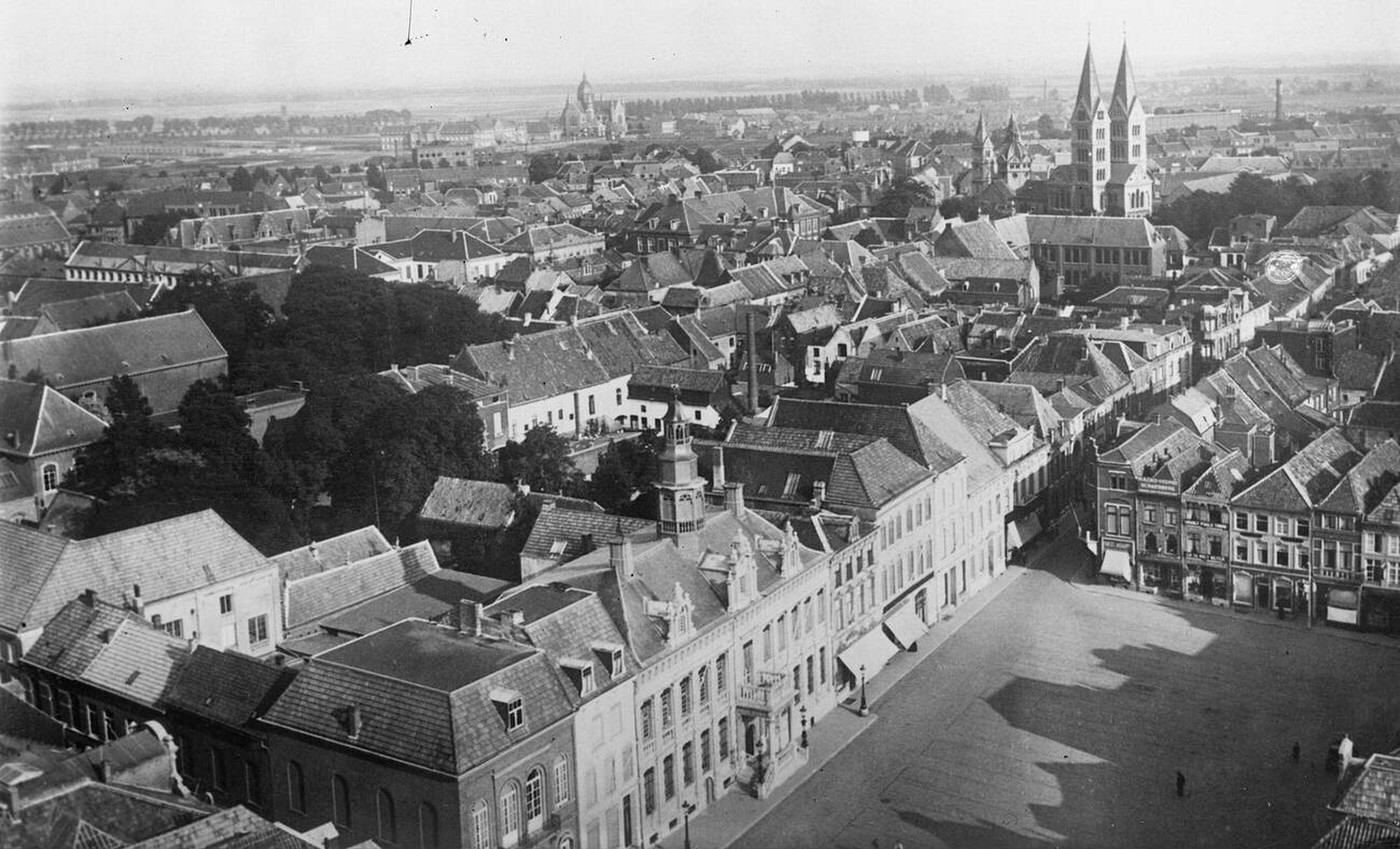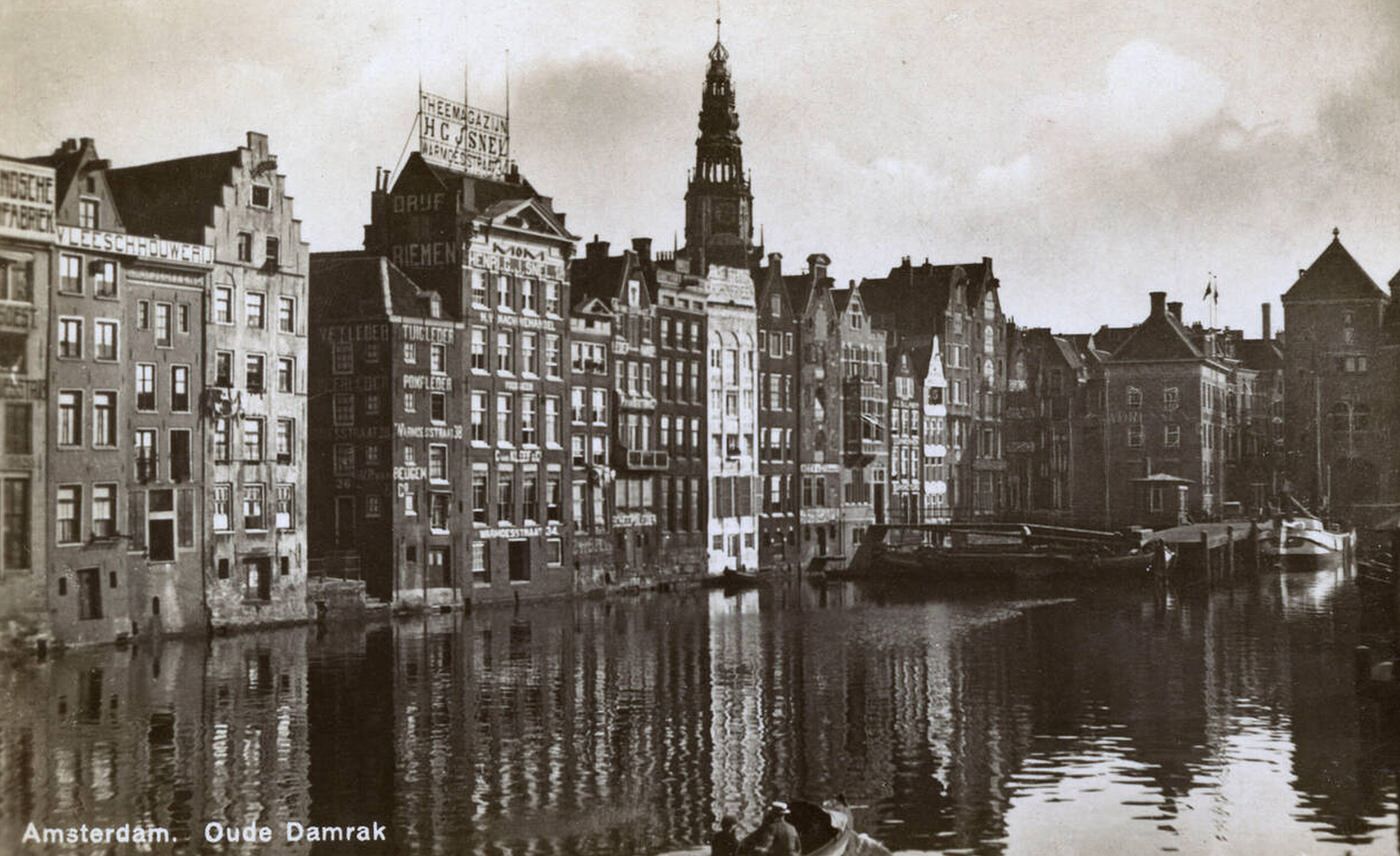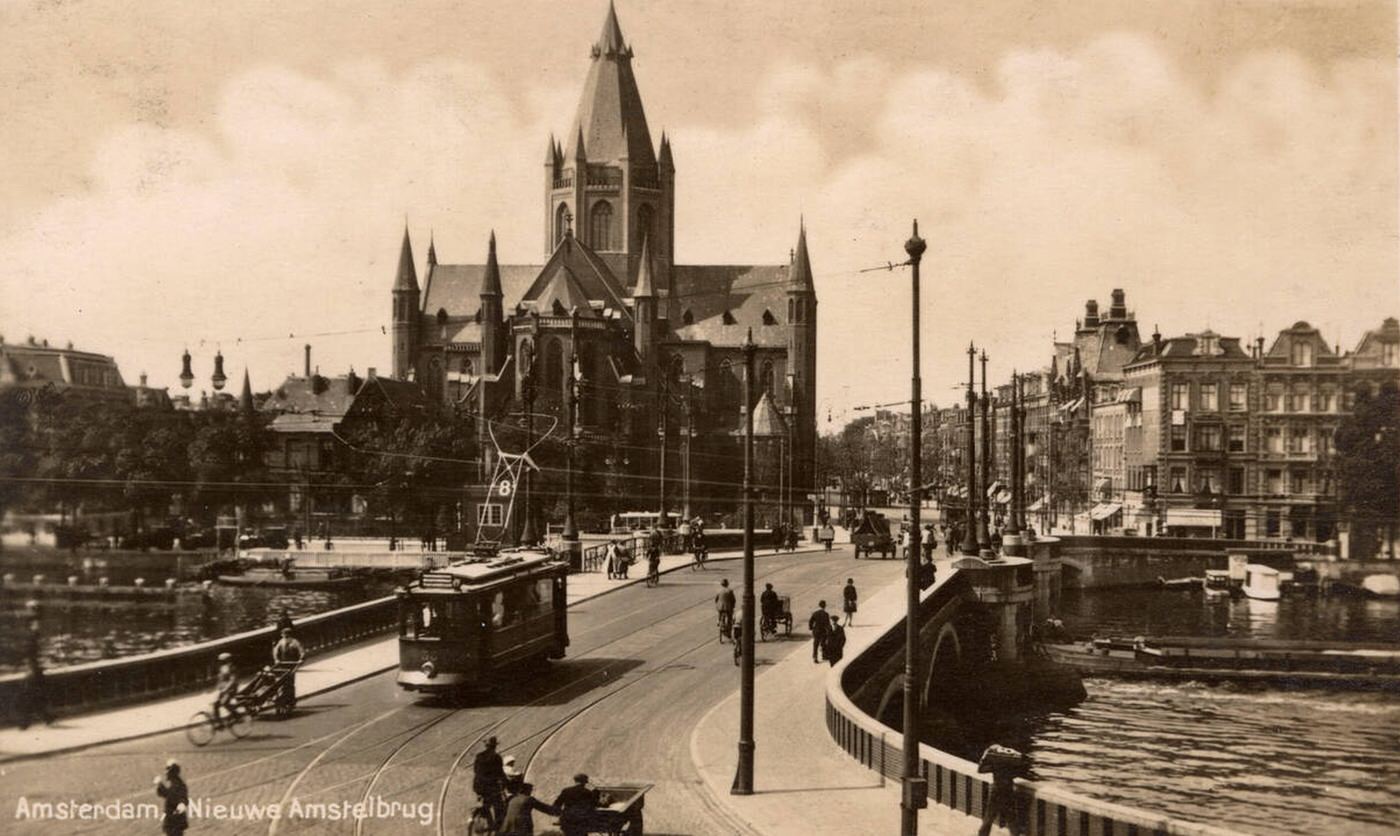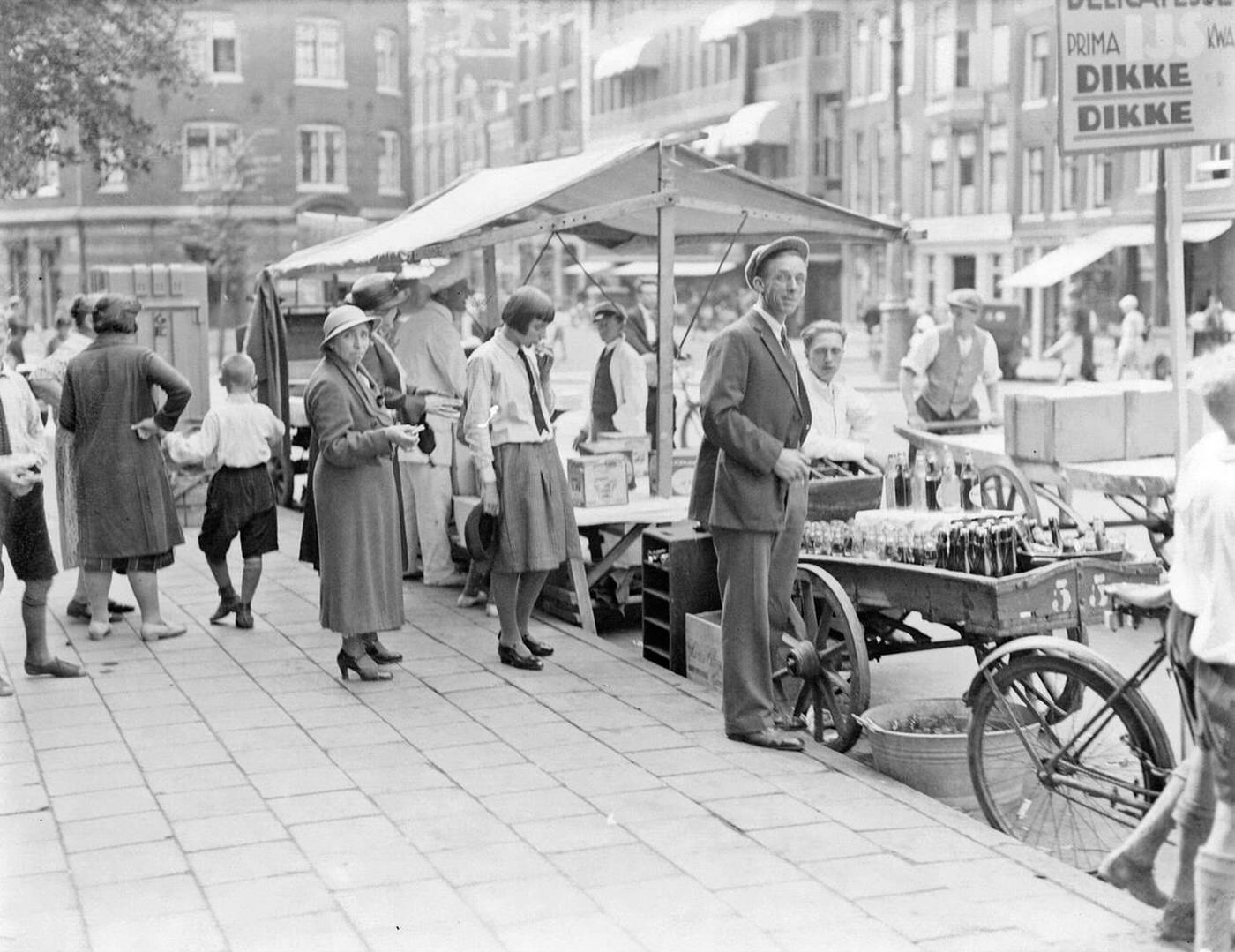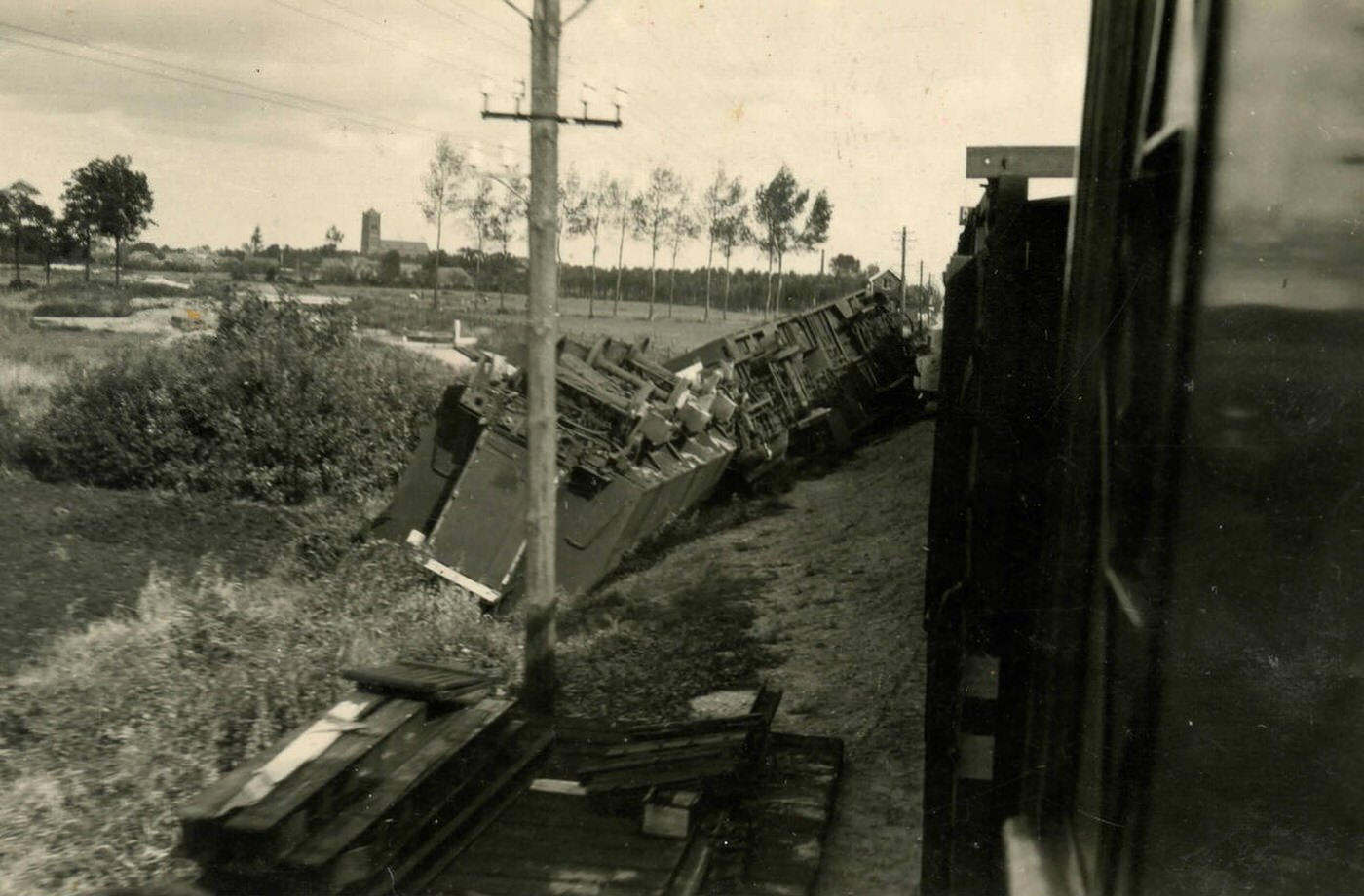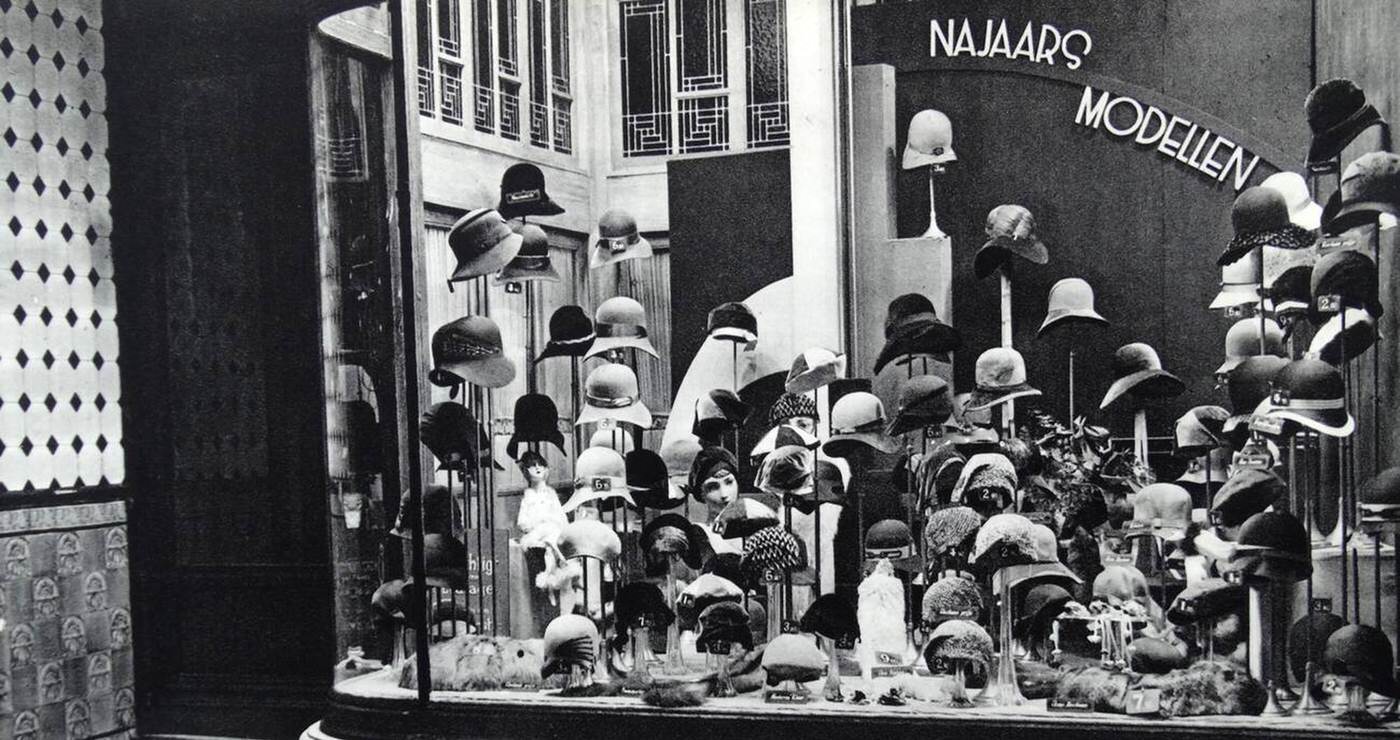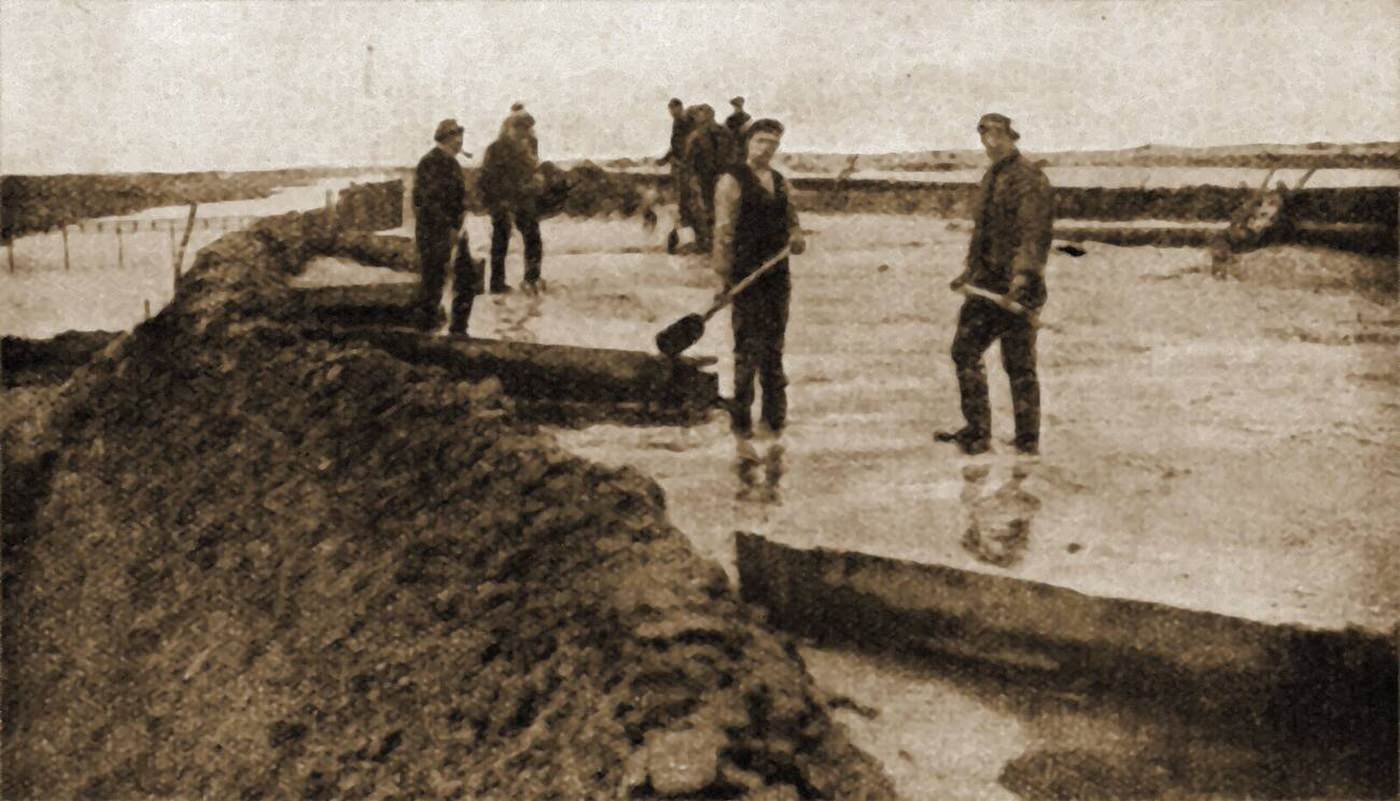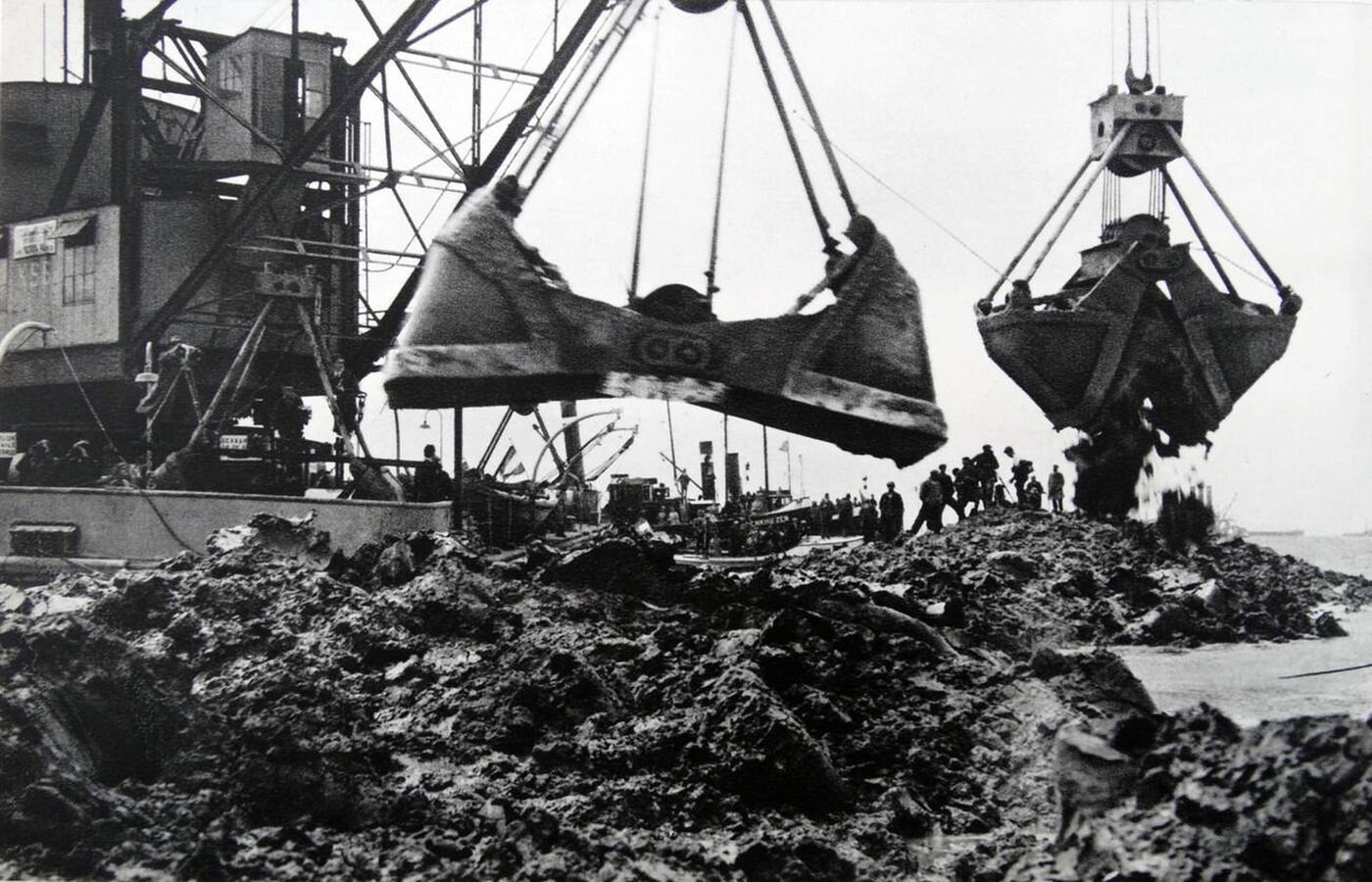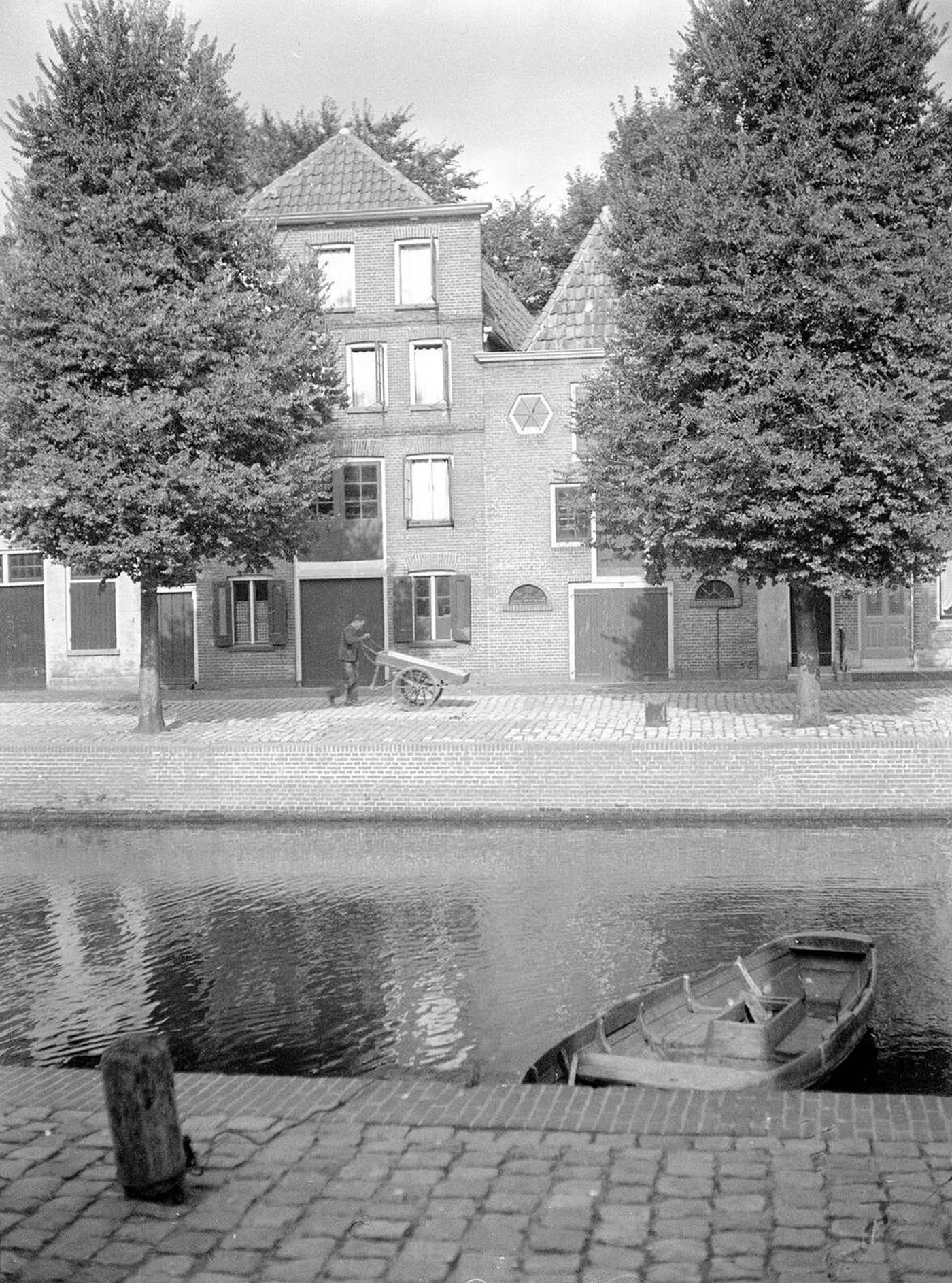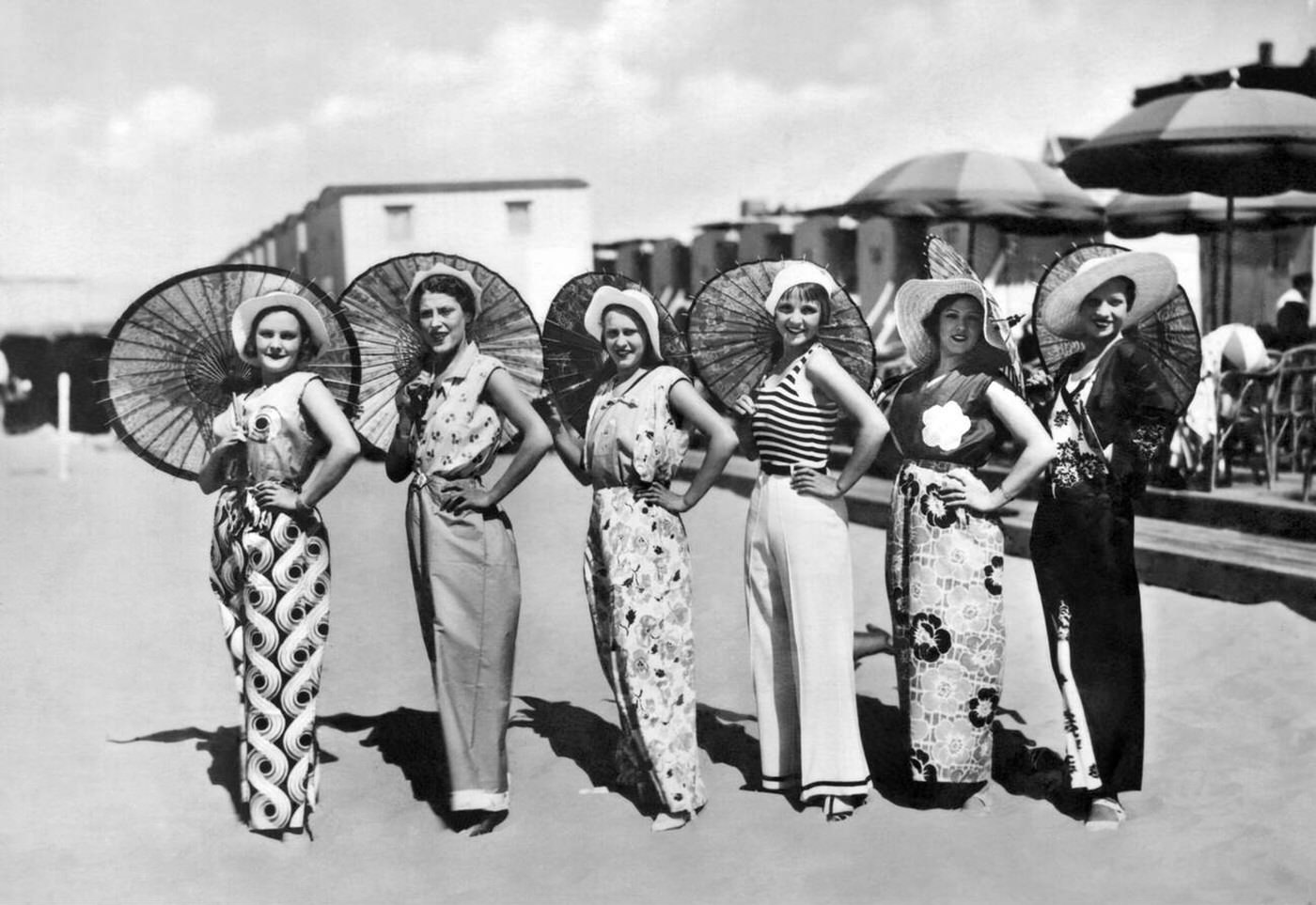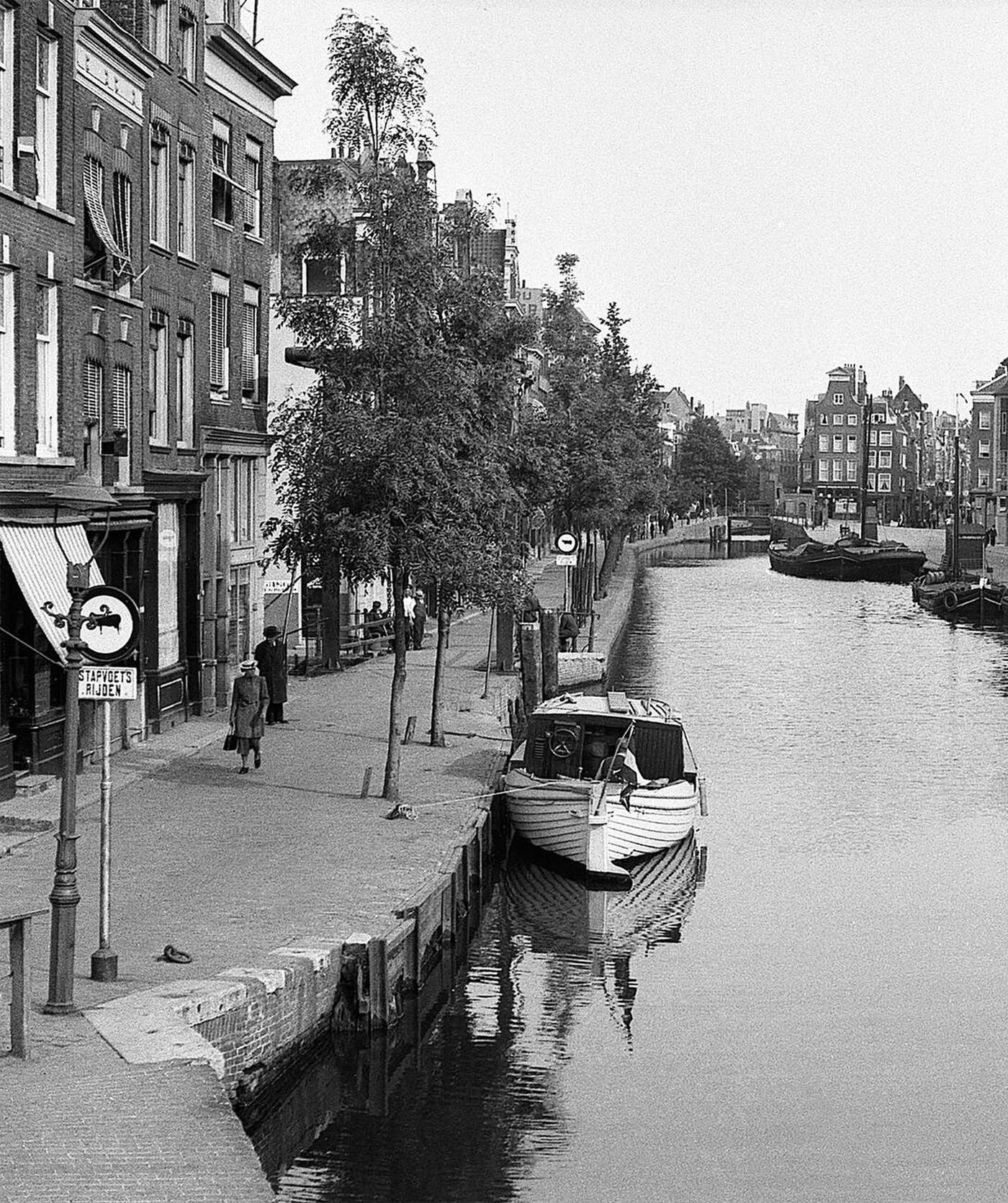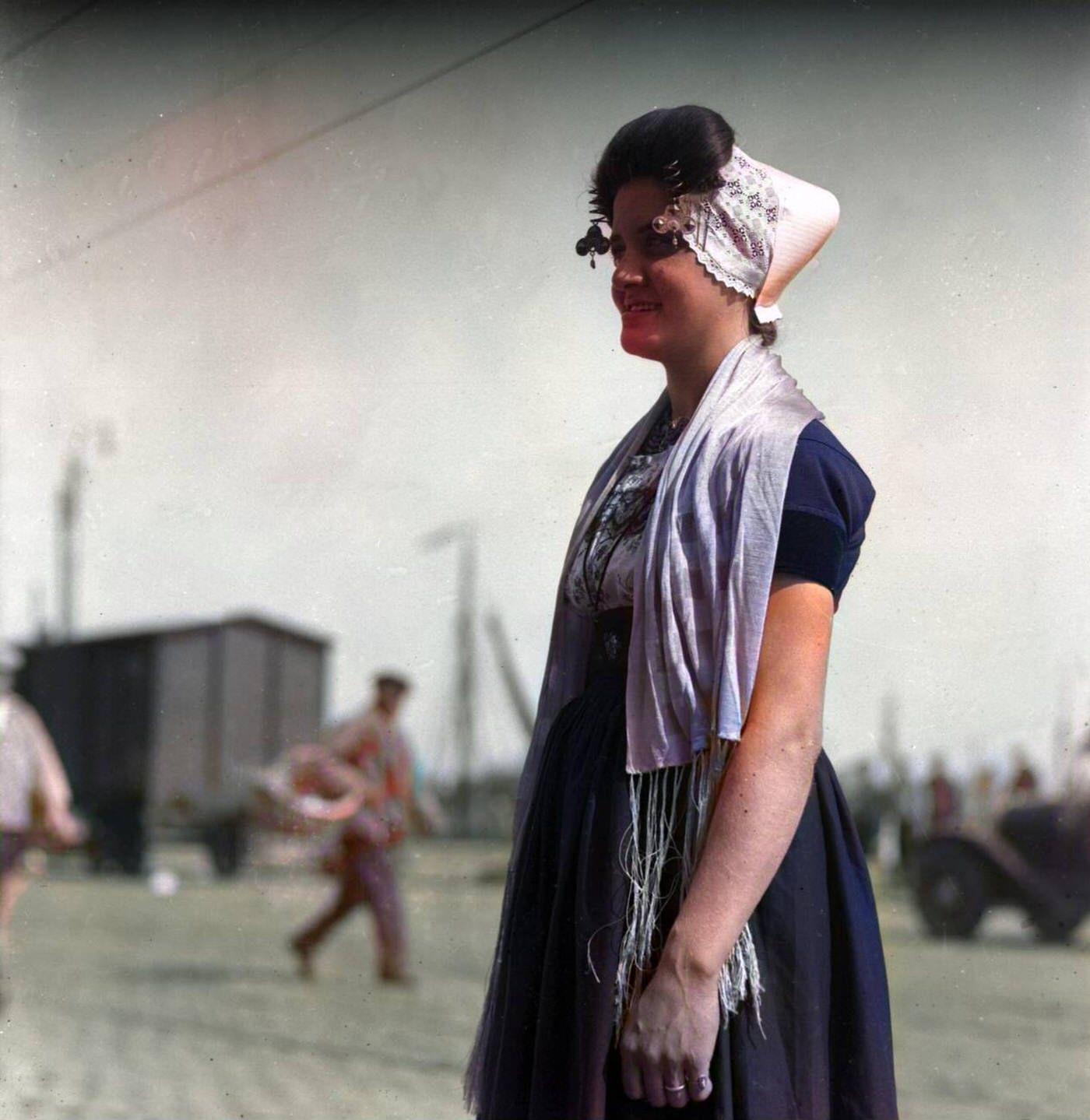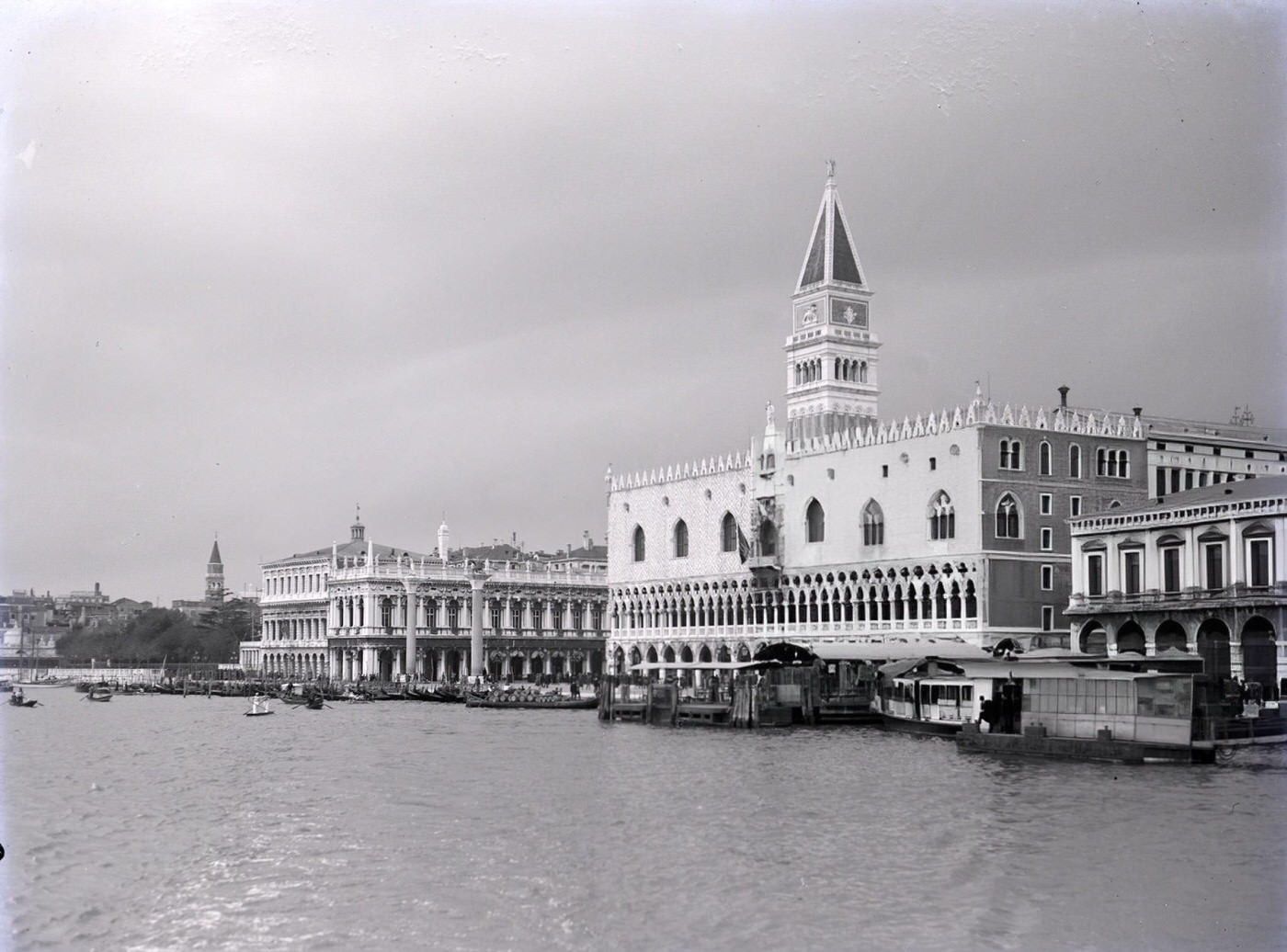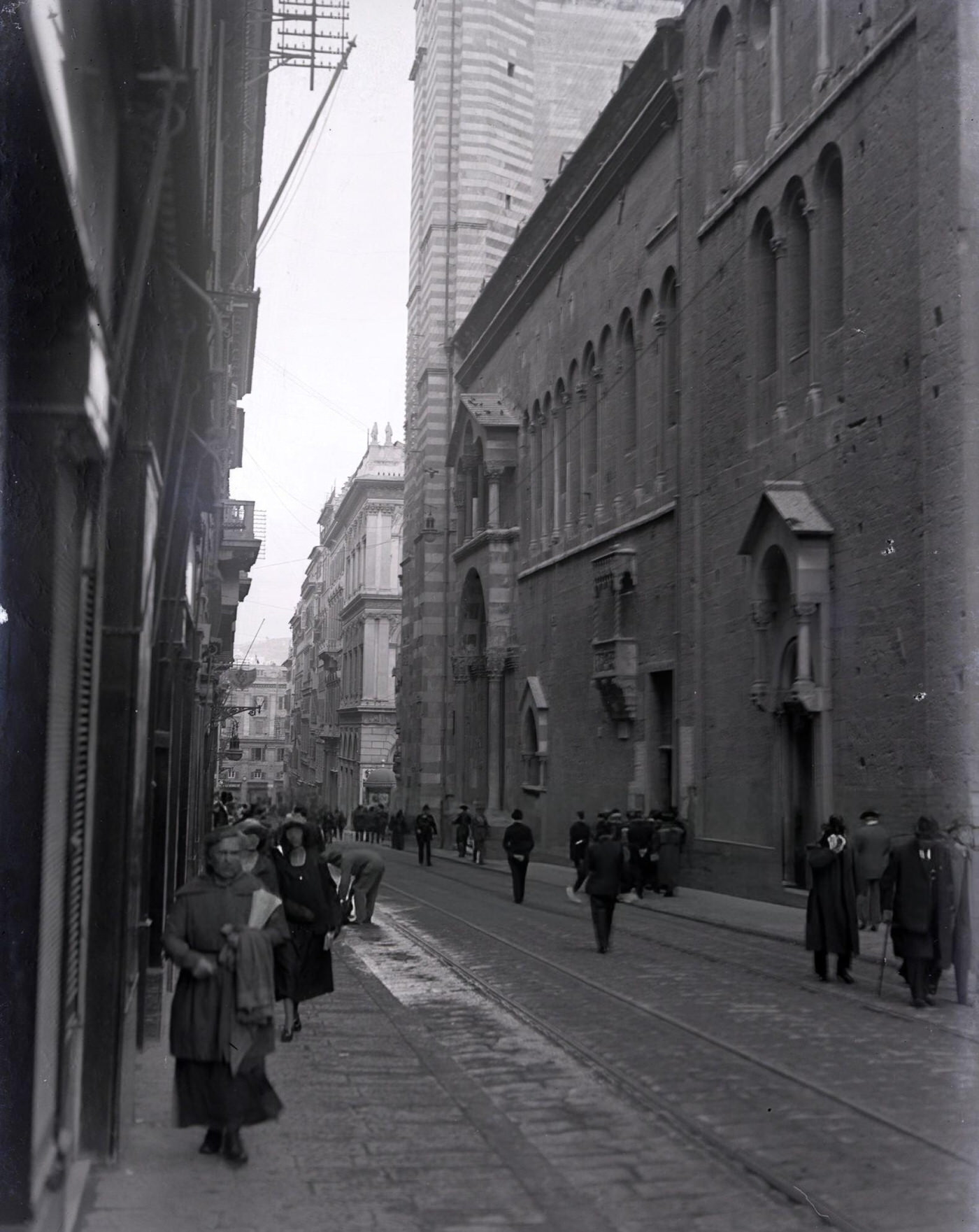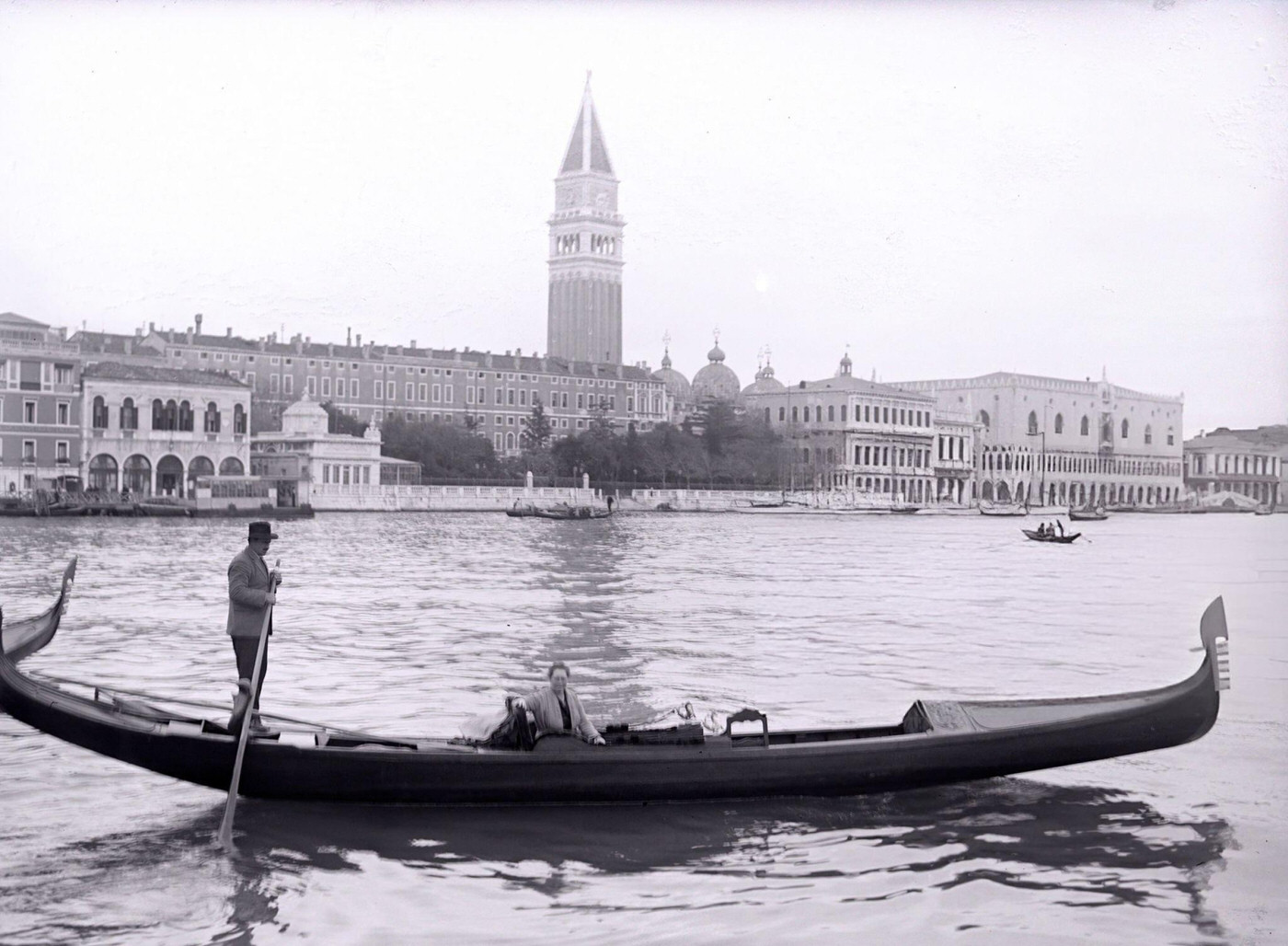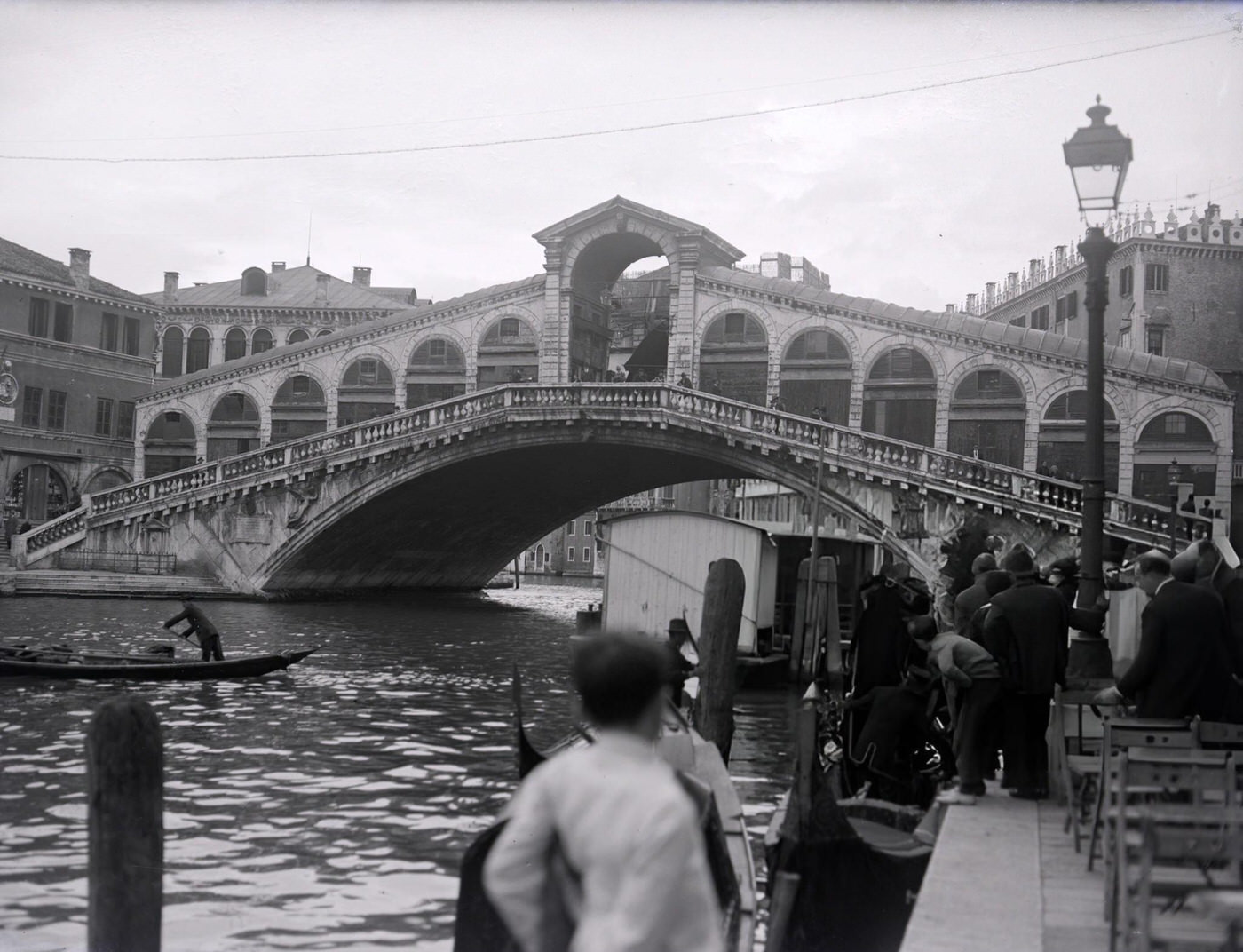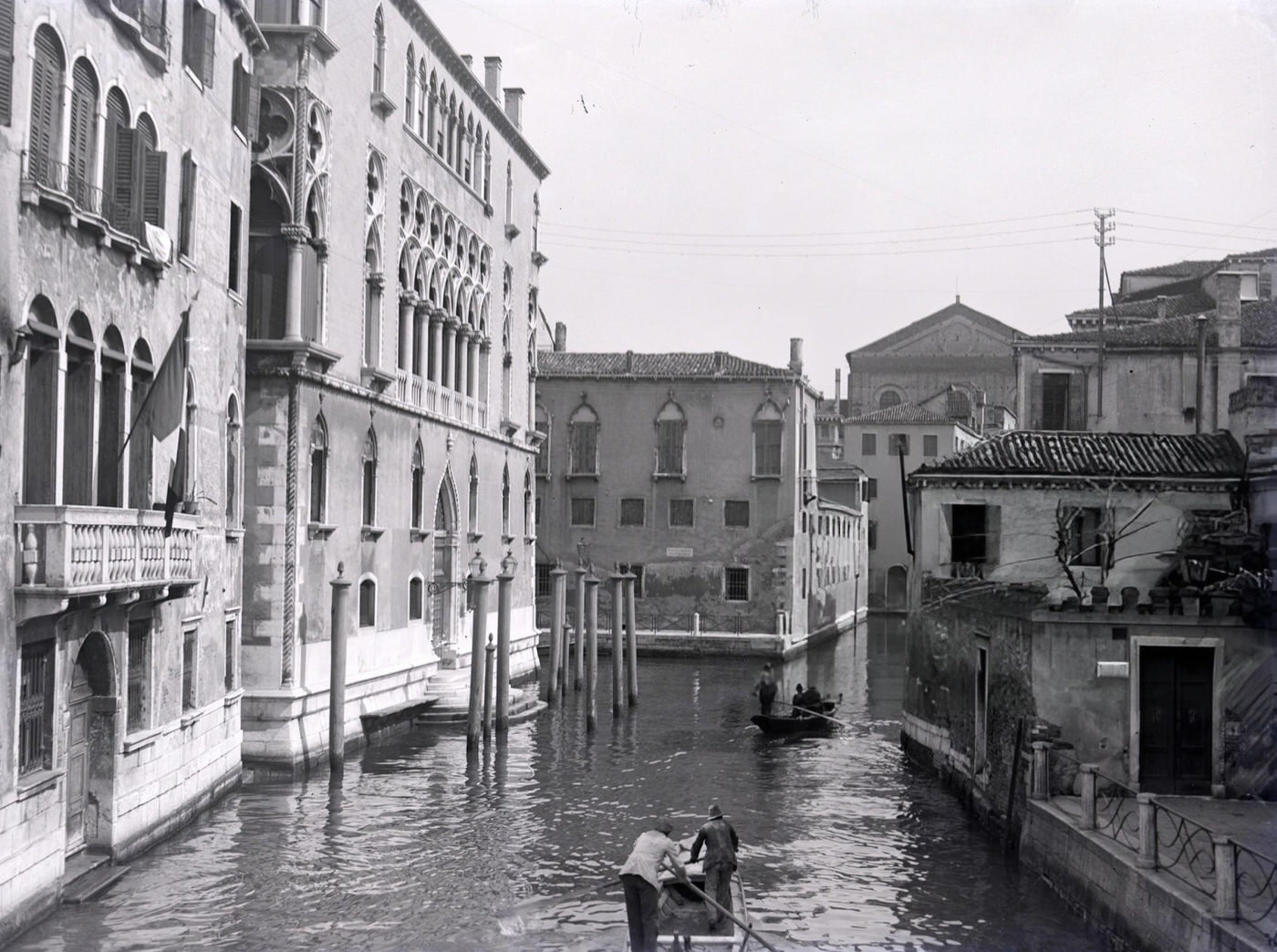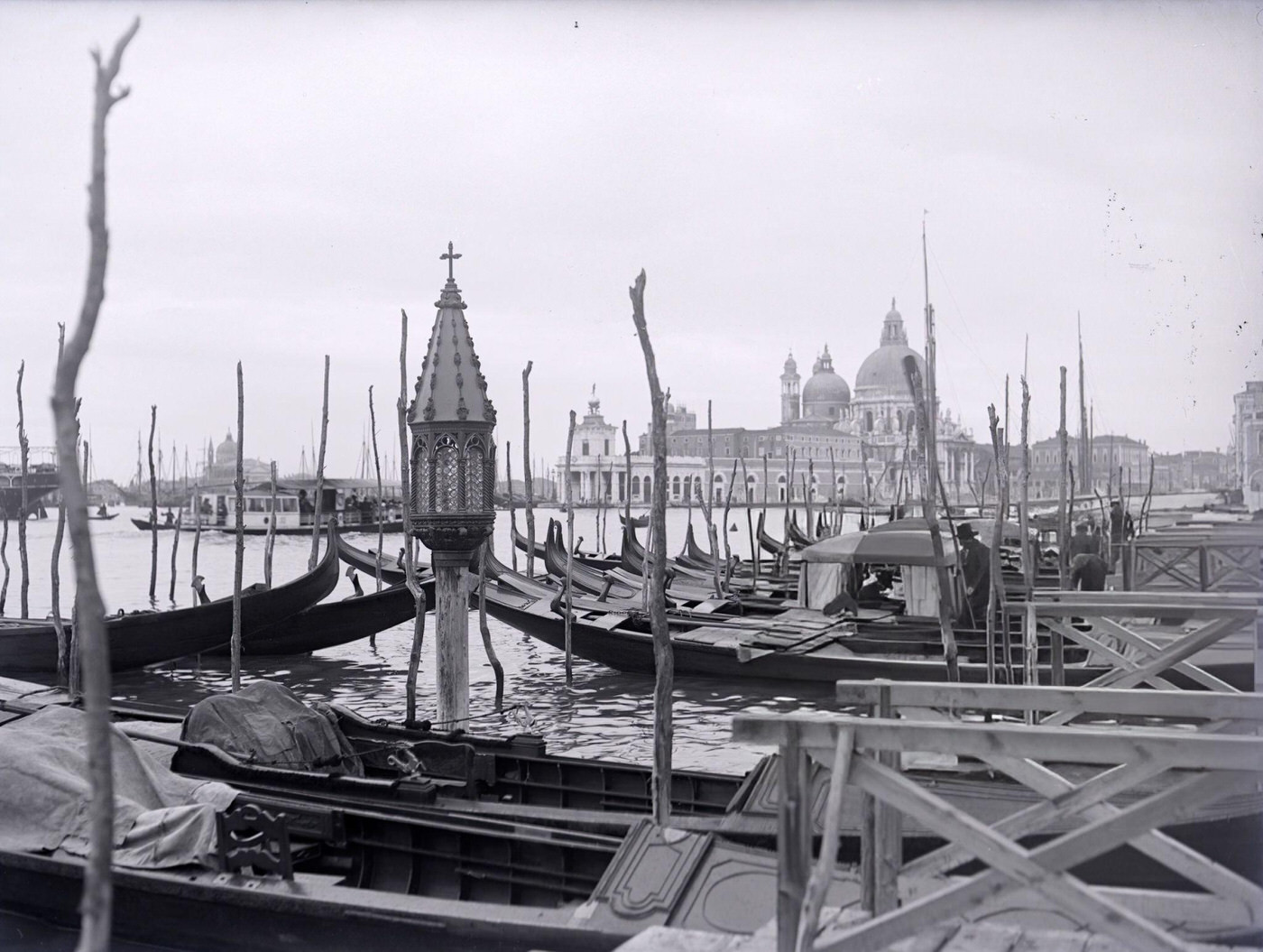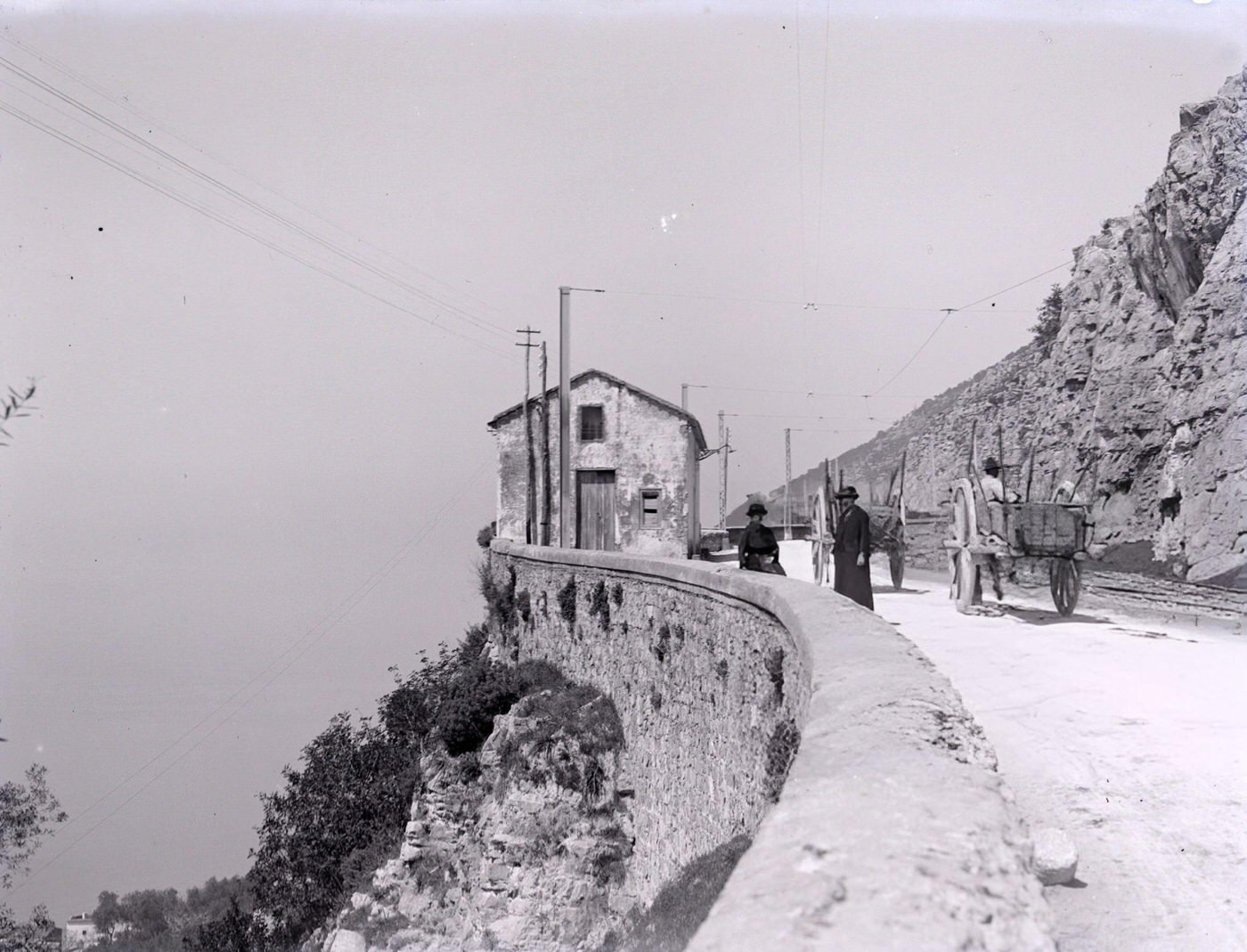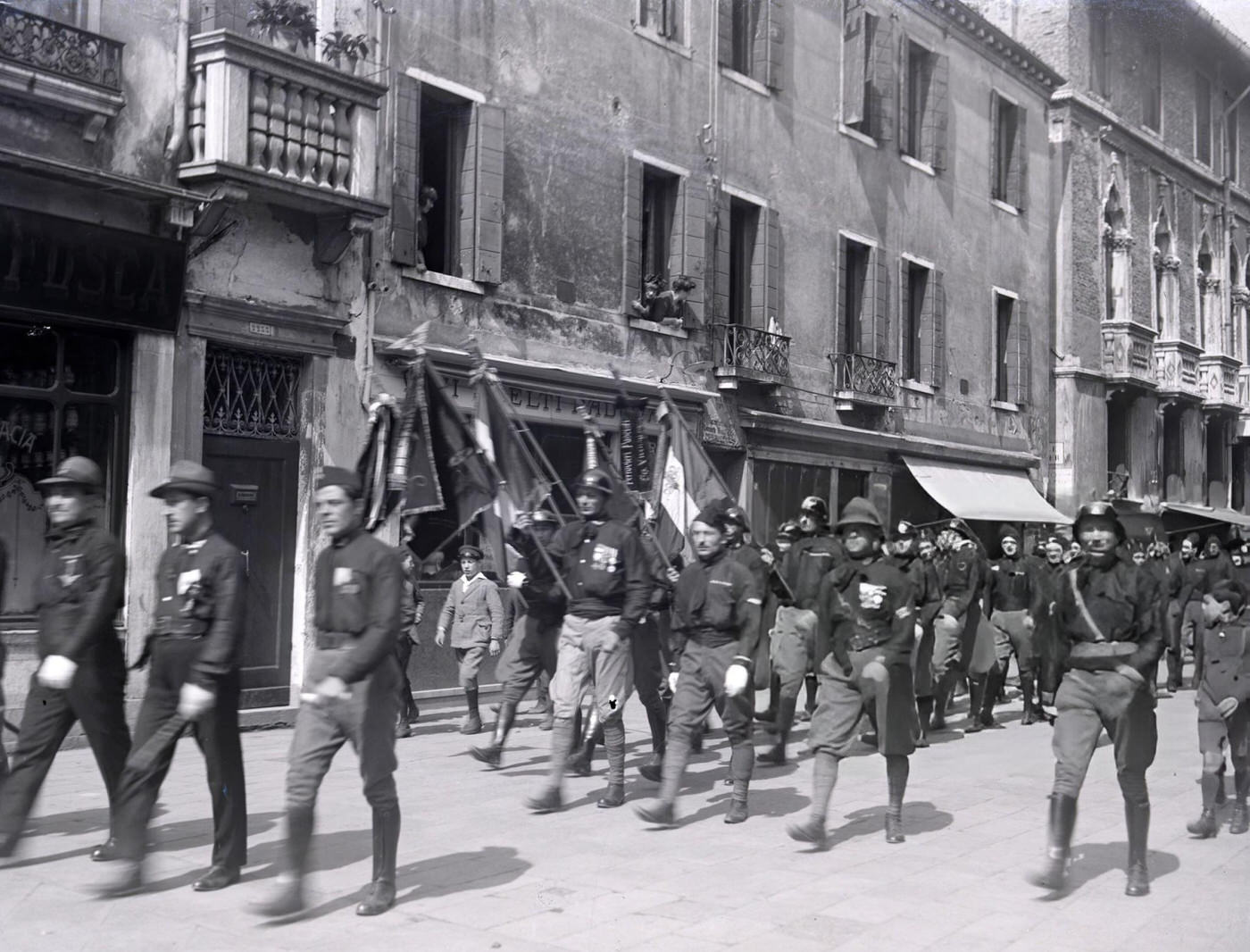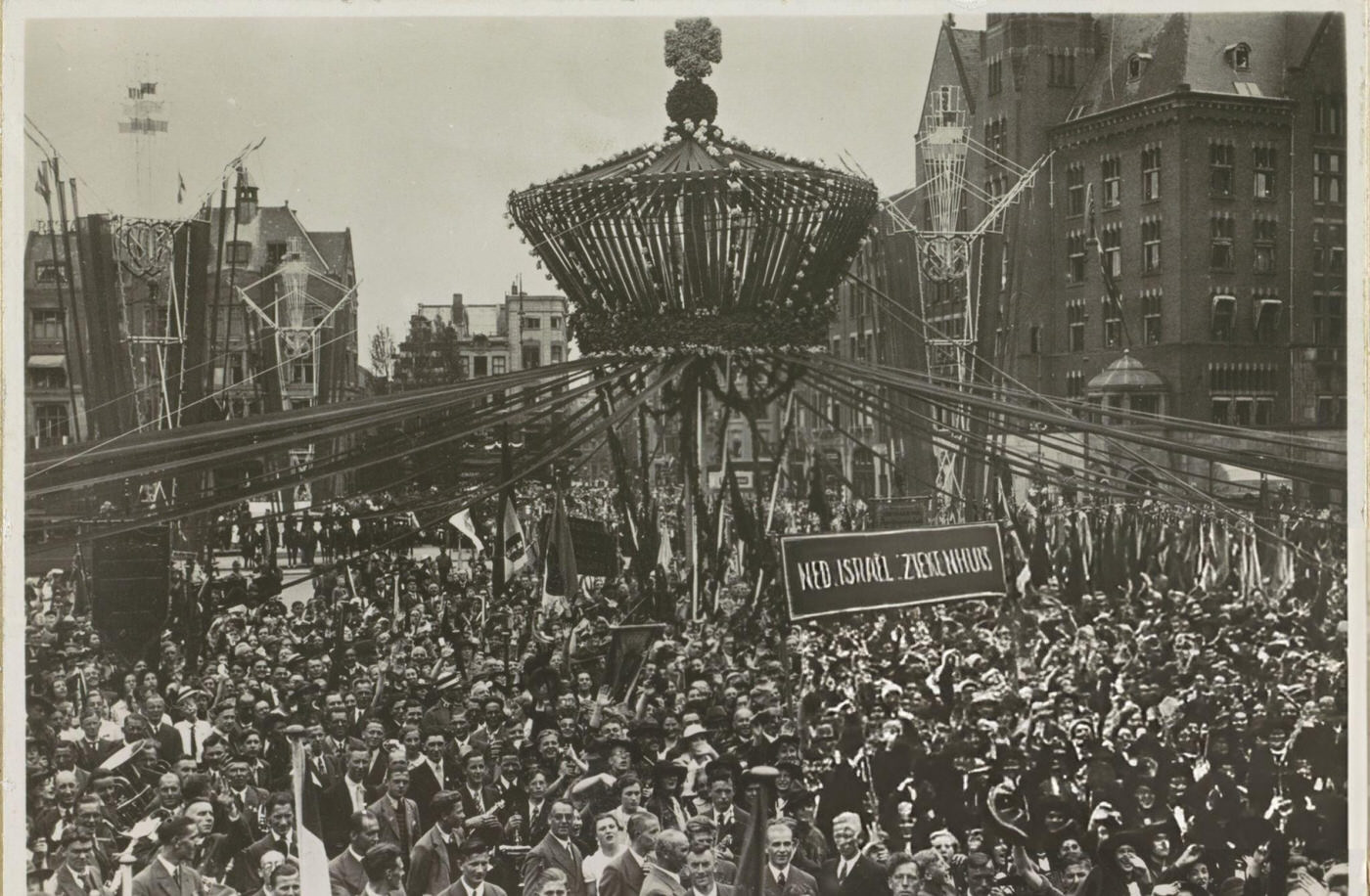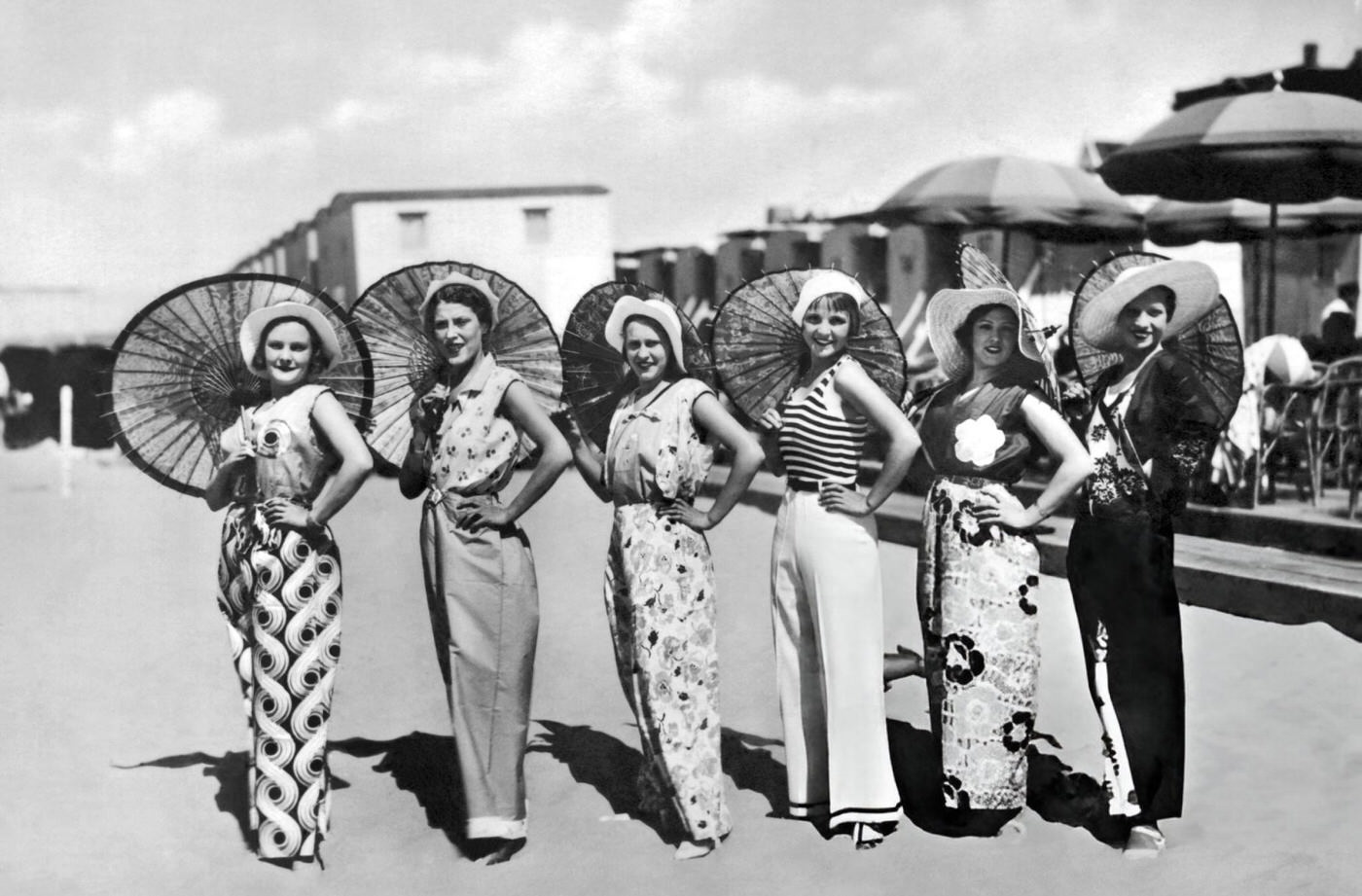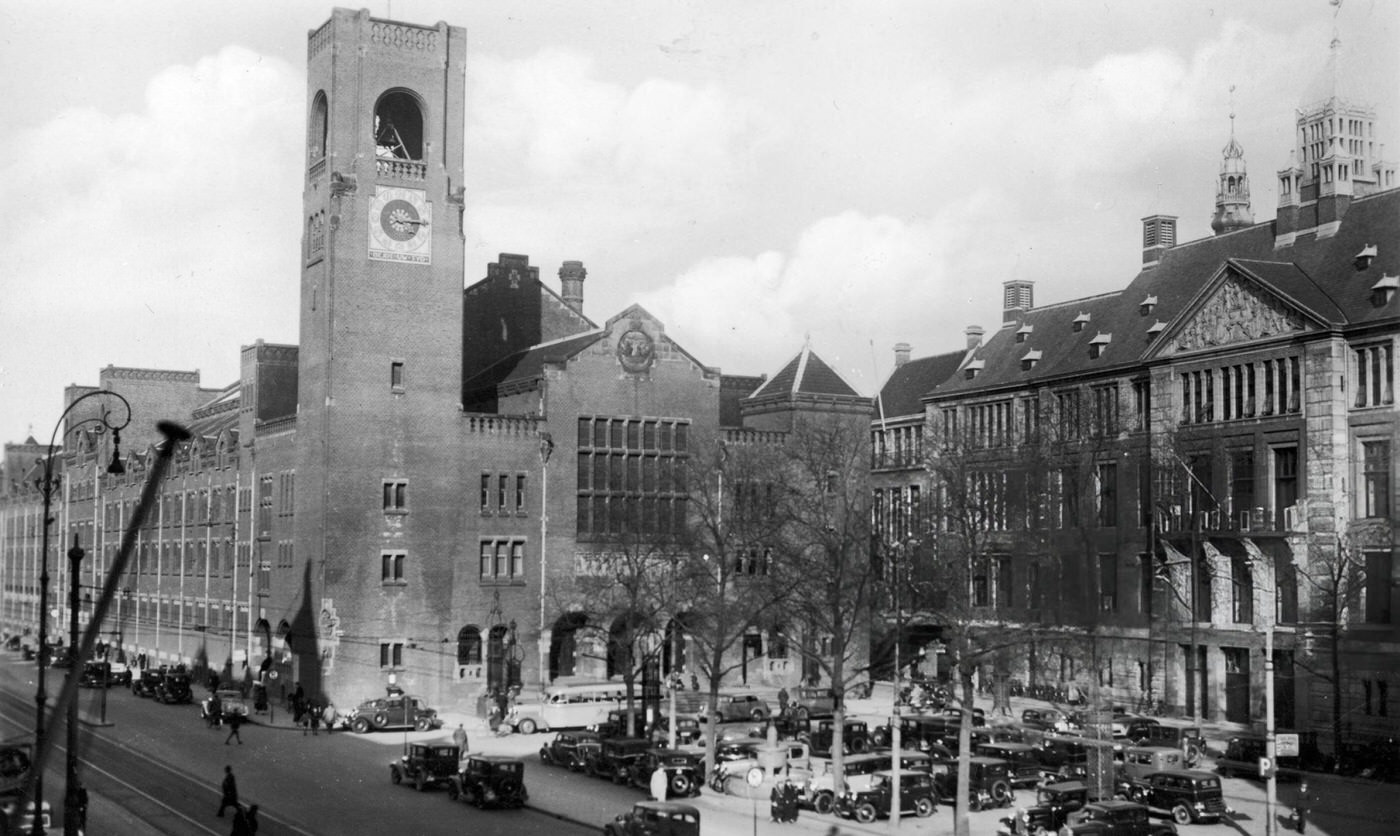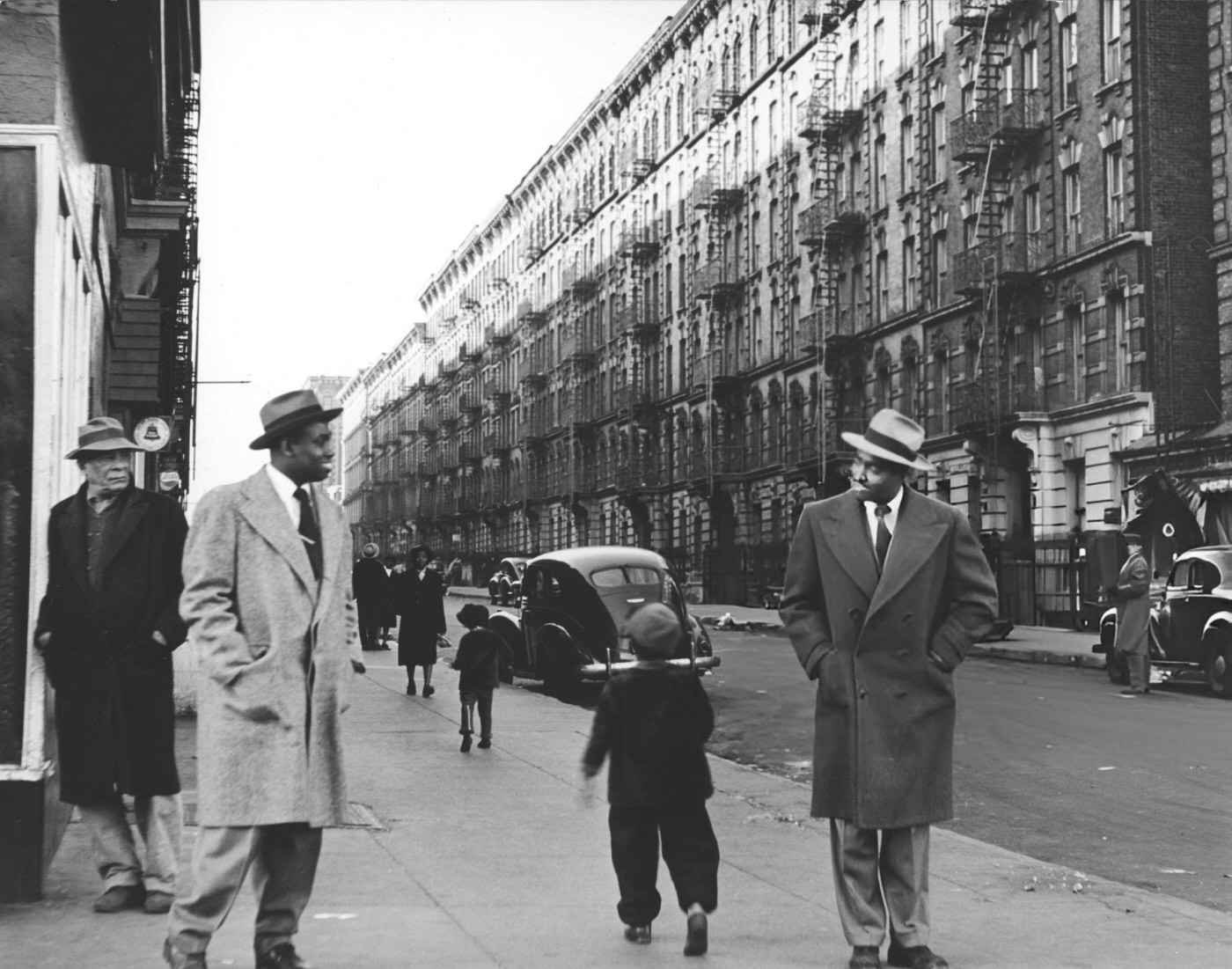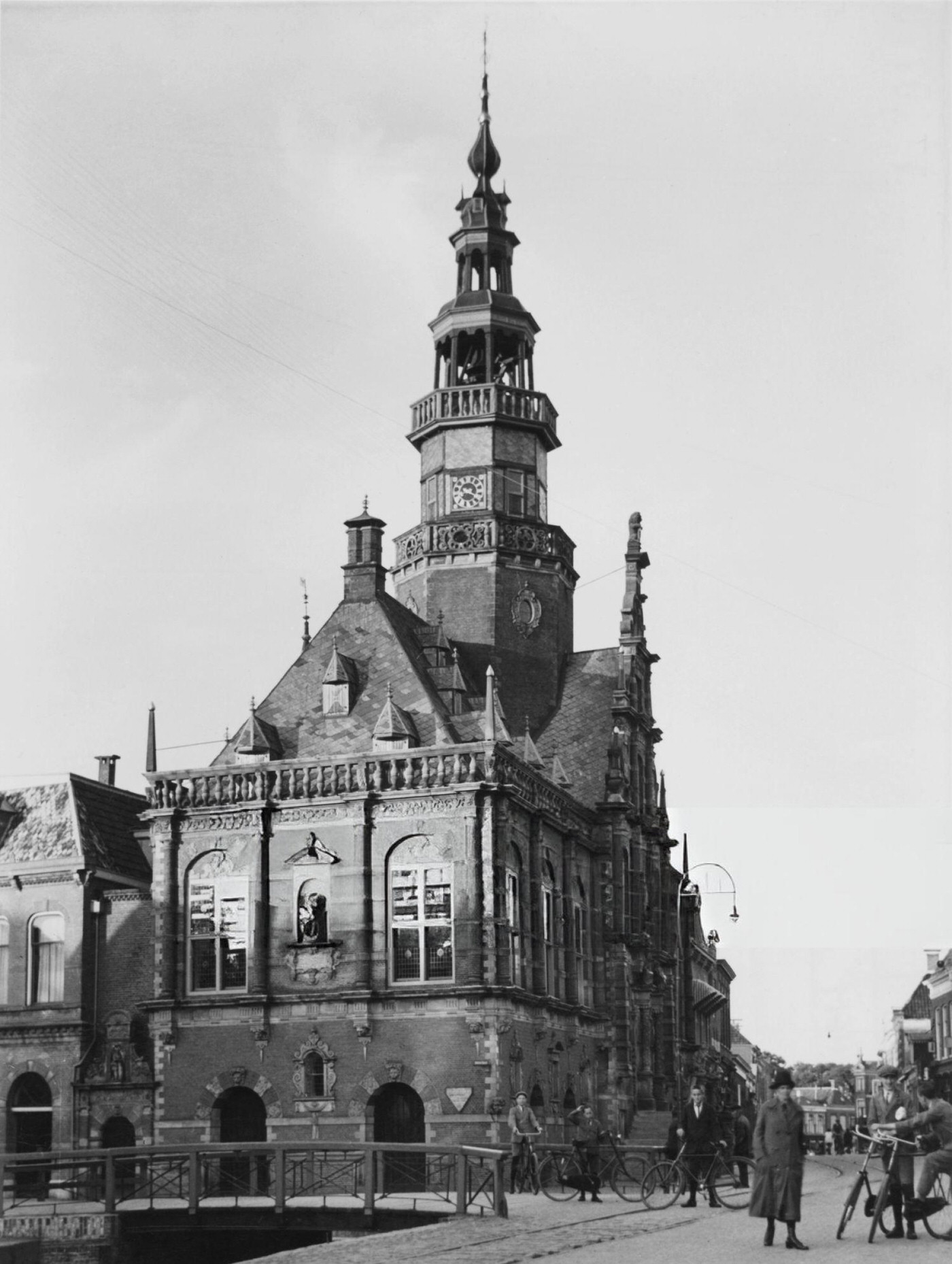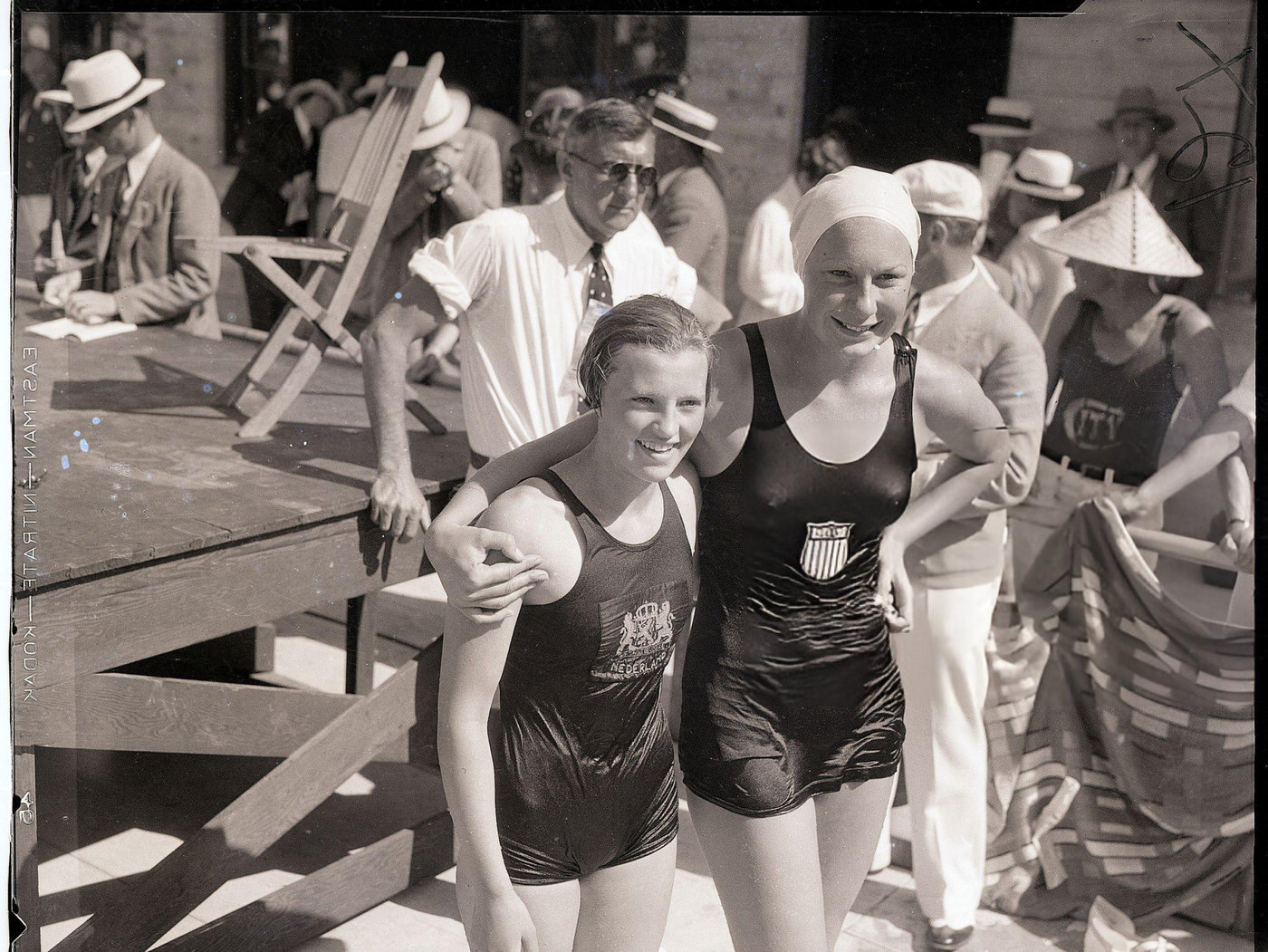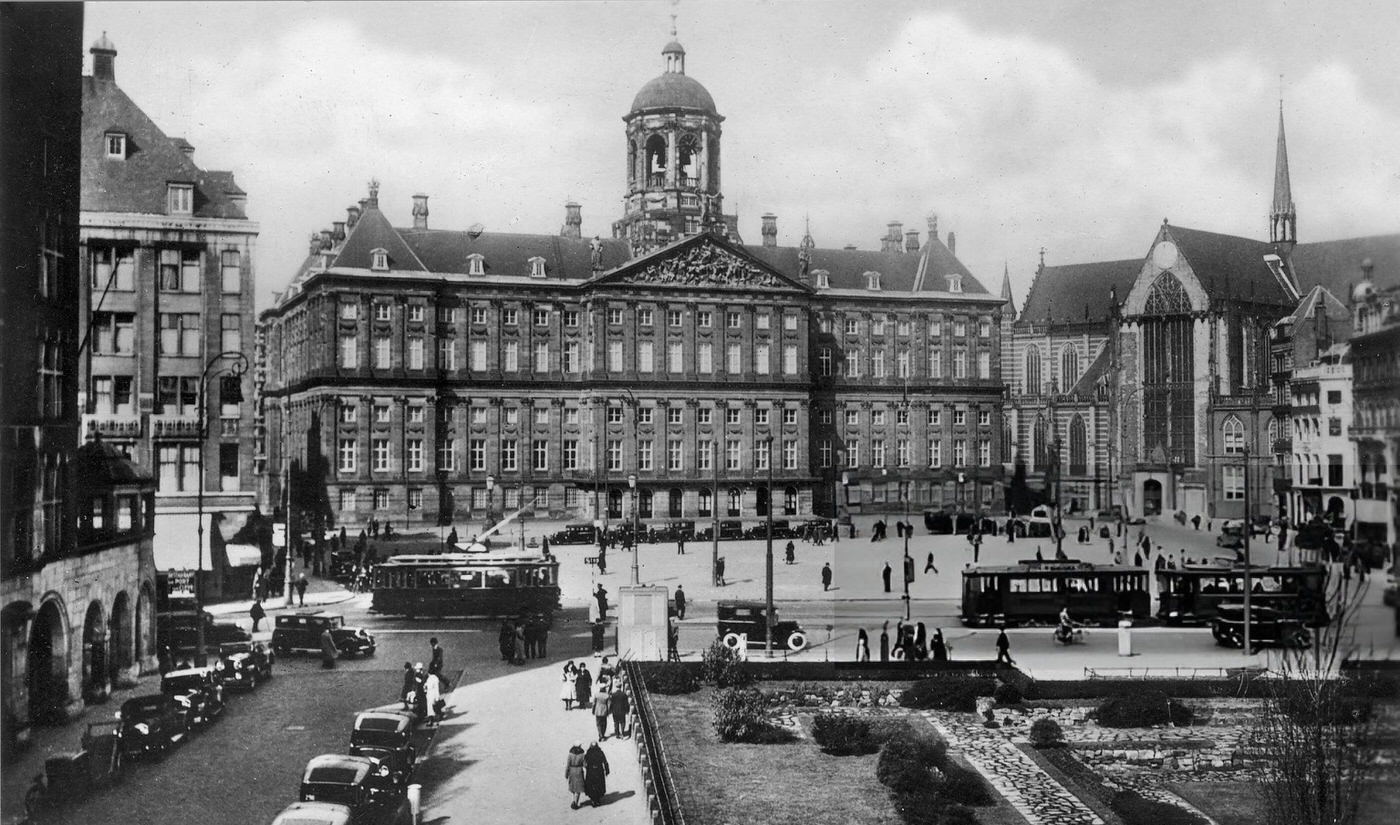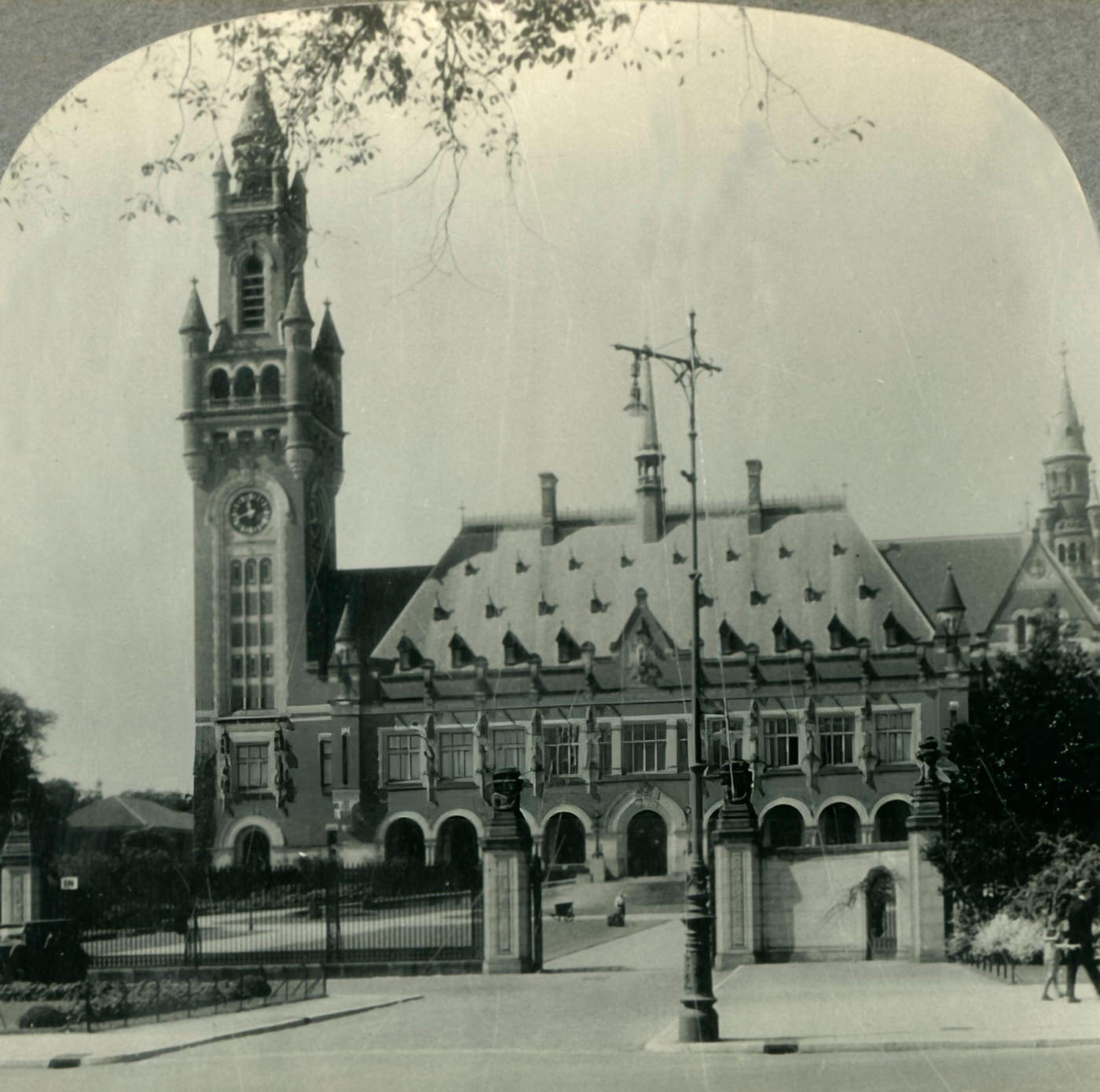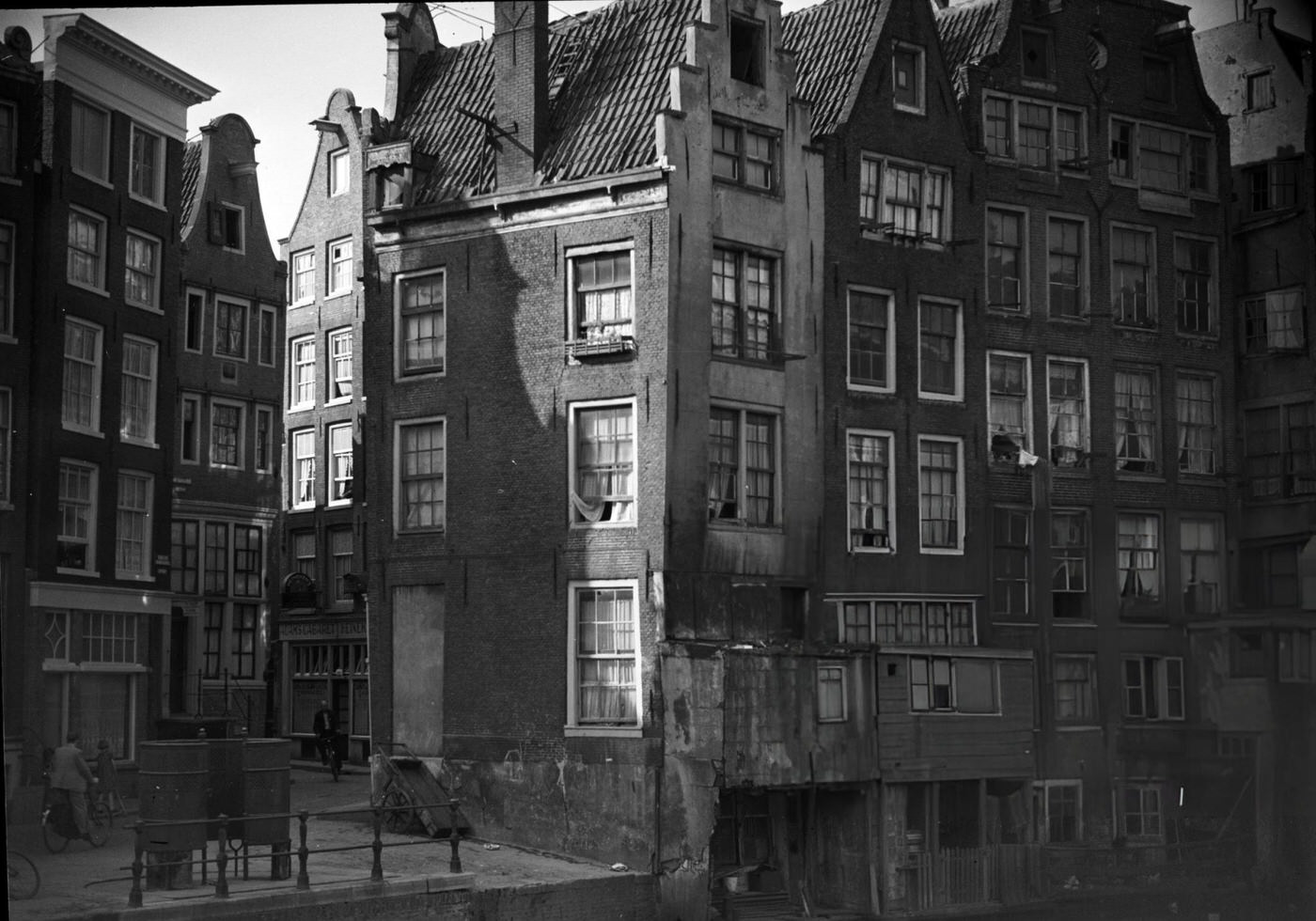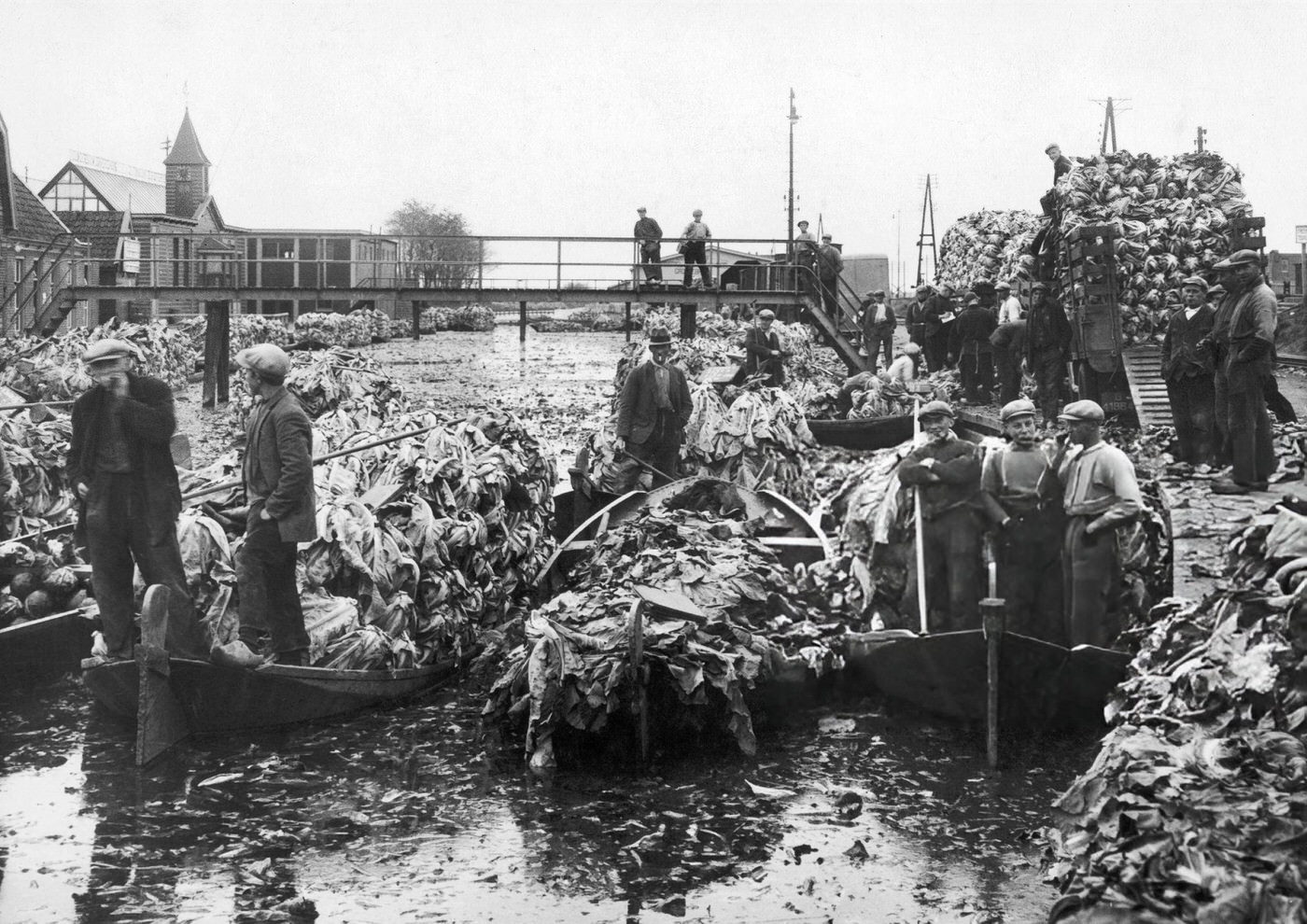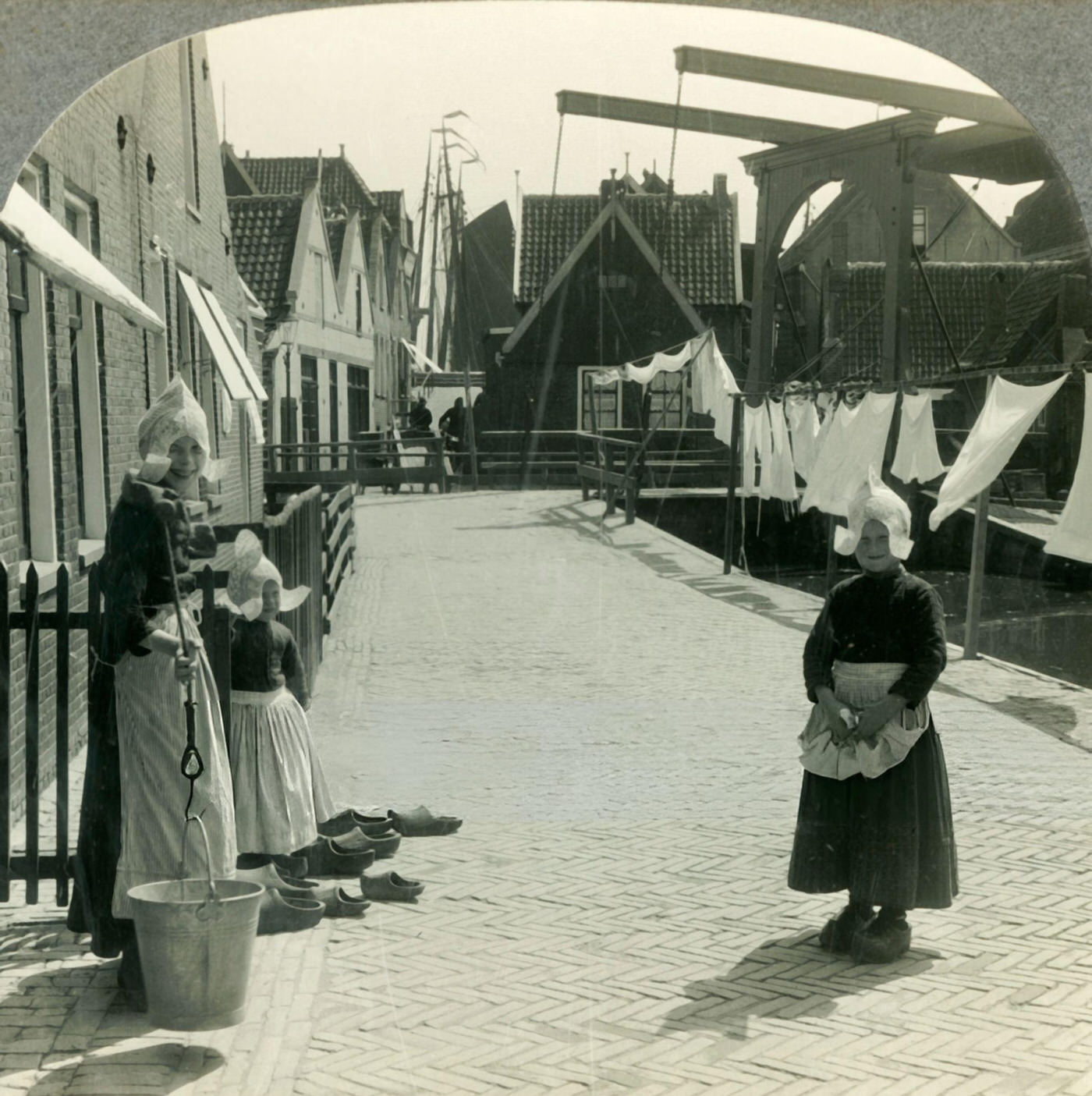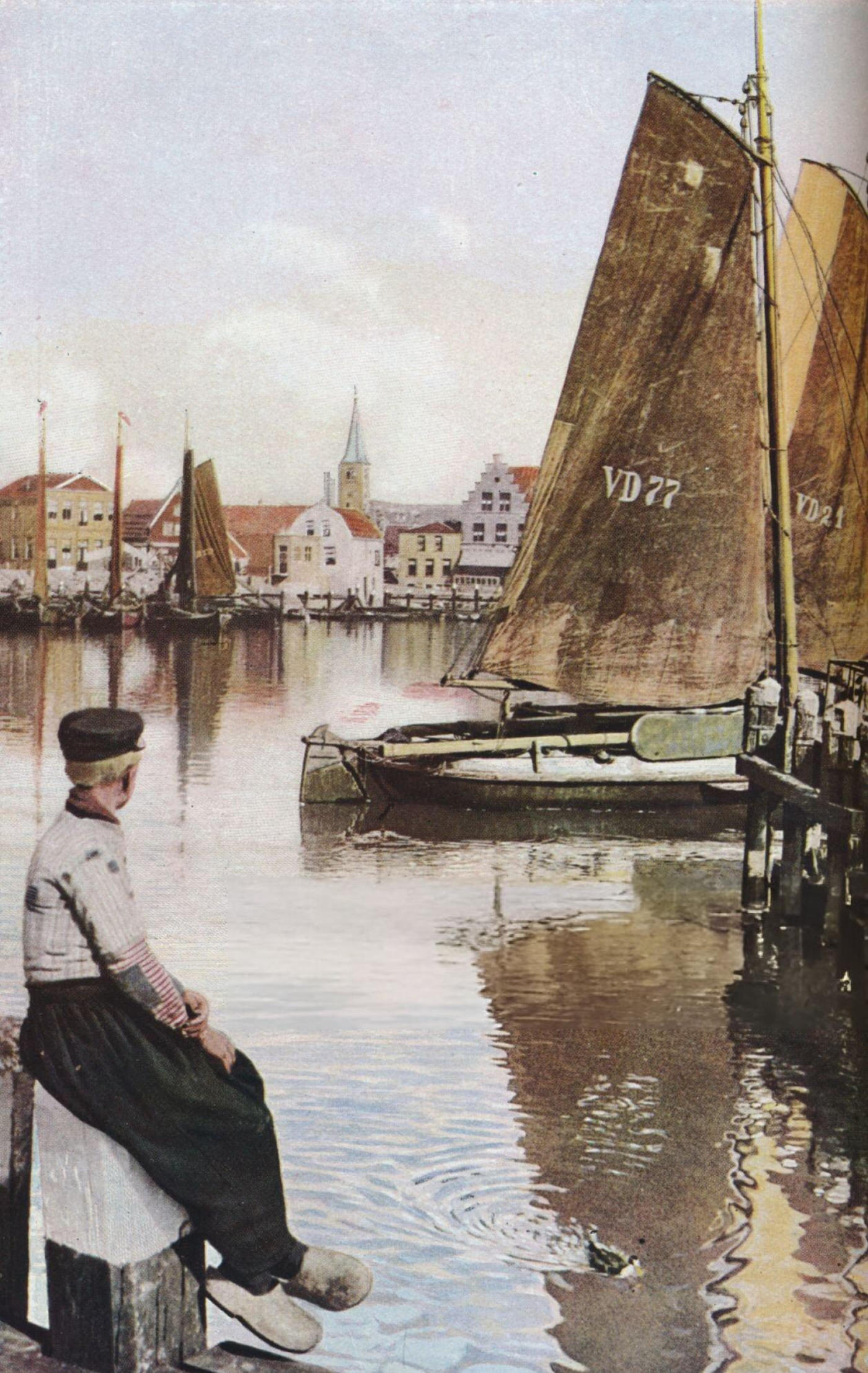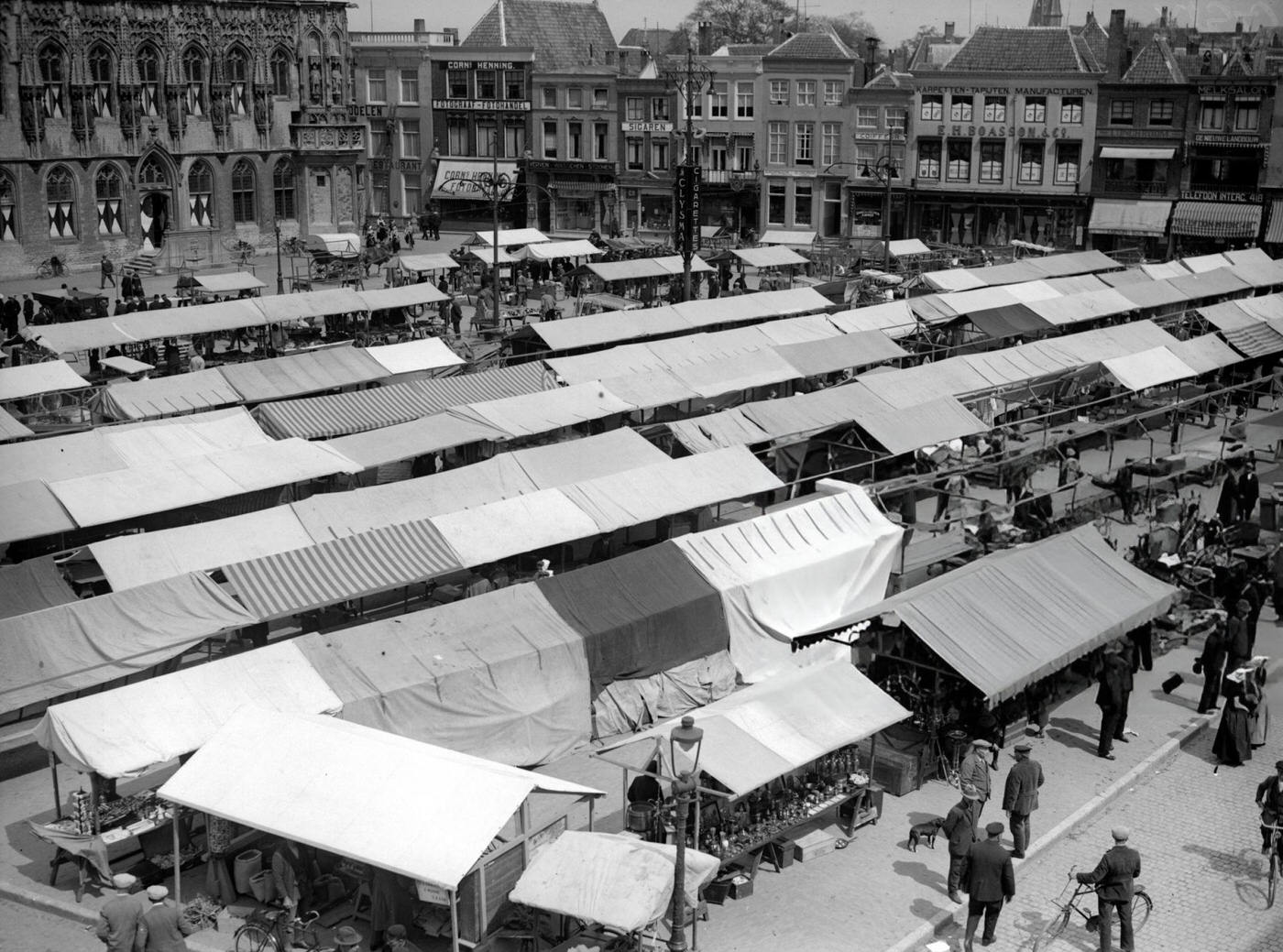The 1930s were a challenging time for the Netherlands, just like for much of the world. The decade followed the “Roaring Twenties,” a period of economic growth. The 1930’s started off very rough. The Great Depression, a global economic crisis, hit hard.
The Dutch economy suffered greatly. Many people lost their jobs. Businesses closed. Poverty increased across the country. The government, led by Prime Minister Hendrikus Colijn, tried to address the problems. They implemented austerity measures. This meant cutting government spending to reduce debt.
Despite the economic hardship, daily life in Holland continued. People adapted to the difficult circumstances. Families relied on each other for support. Communities became even more important.
Dutch society was known for its “pillarization.” This was a unique social structure. Society was divided into distinct groups, or “pillars.” These pillars were based on religion and political beliefs. There were Catholic, Protestant, Socialist, and Liberal pillars. Each pillar had its own institutions, like schools, newspapers, and social clubs.
Read more
These pillars provided a sense of belonging. They also offered support during tough times. People within each pillar helped each other.
Neutrality was a key part of Dutch foreign policy. The Netherlands had remained neutral during World War I. They aimed to do the same as tensions rose in Europe during the 1930s. The rise of Nazi Germany, led by Adolf Hitler, caused growing concern.
The Dutch government tried to maintain good relations with all countries, including Germany. However, there was increasing worry about the possibility of another war. The Netherlands began to strengthen its military, but it was a small country. Their military could offer some resistence, but were ultimately lightly armed.
Culture and the arts continued to flourish, even with the economic issues. Artists, writers, and musicians expressed themselves. Their work often reflected the anxieties and hopes of the time. New artistic movements, like functionalism in architecture, gained popularity.
Dutch cities, like Amsterdam, Rotterdam, and The Hague, remained vibrant centers of activity. People still went to cafes, cinemas, and theaters. Daily life, while impacted by the Depression, carried on. The canals, windmills, and tulip fields remained iconic symbols of the country.
The government put some people to work with large projects. They built the Afsluitdijk. It is a long dike built to hold back the sea. It changed a large inland sea into a fresh-water lake.


